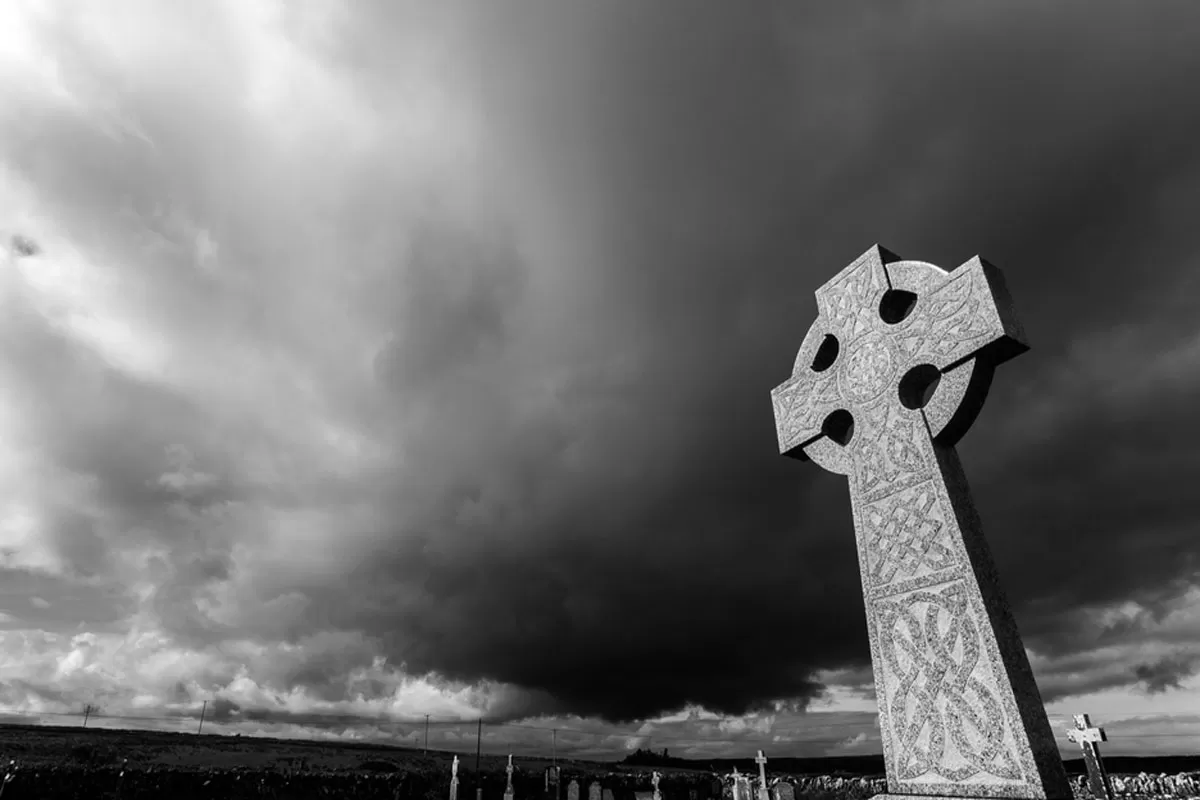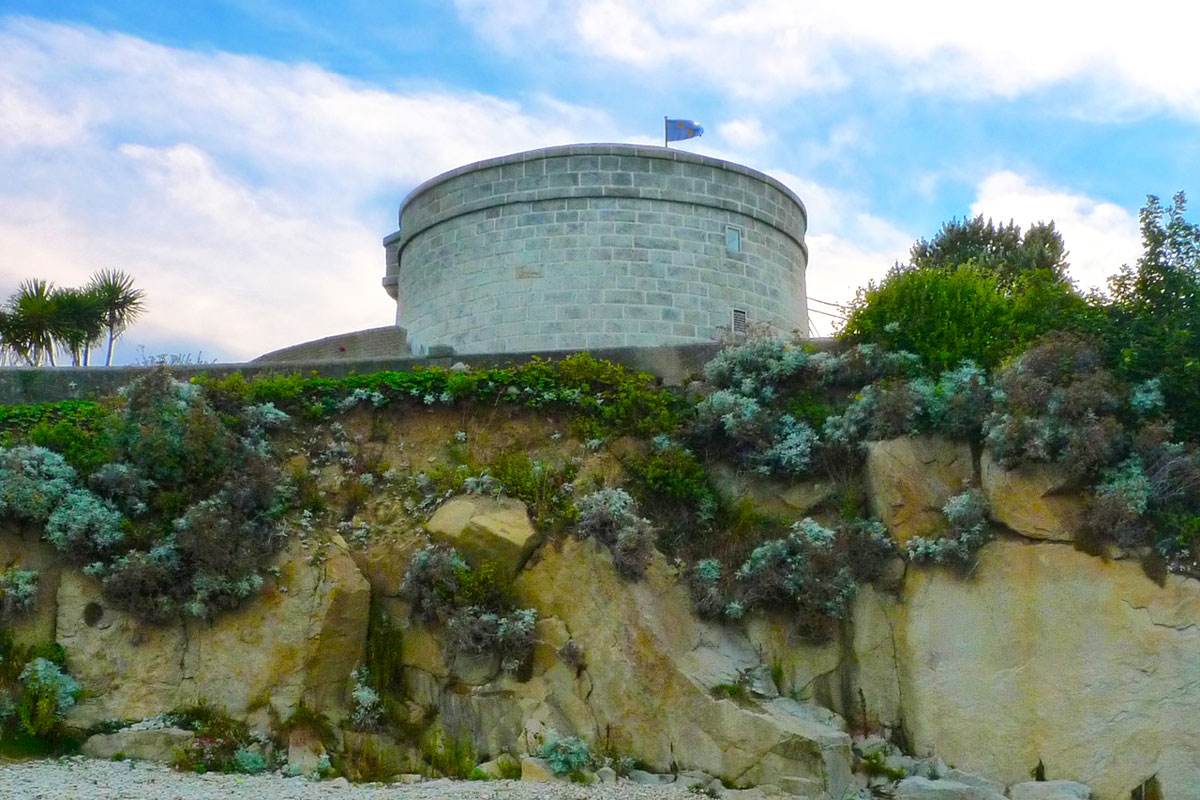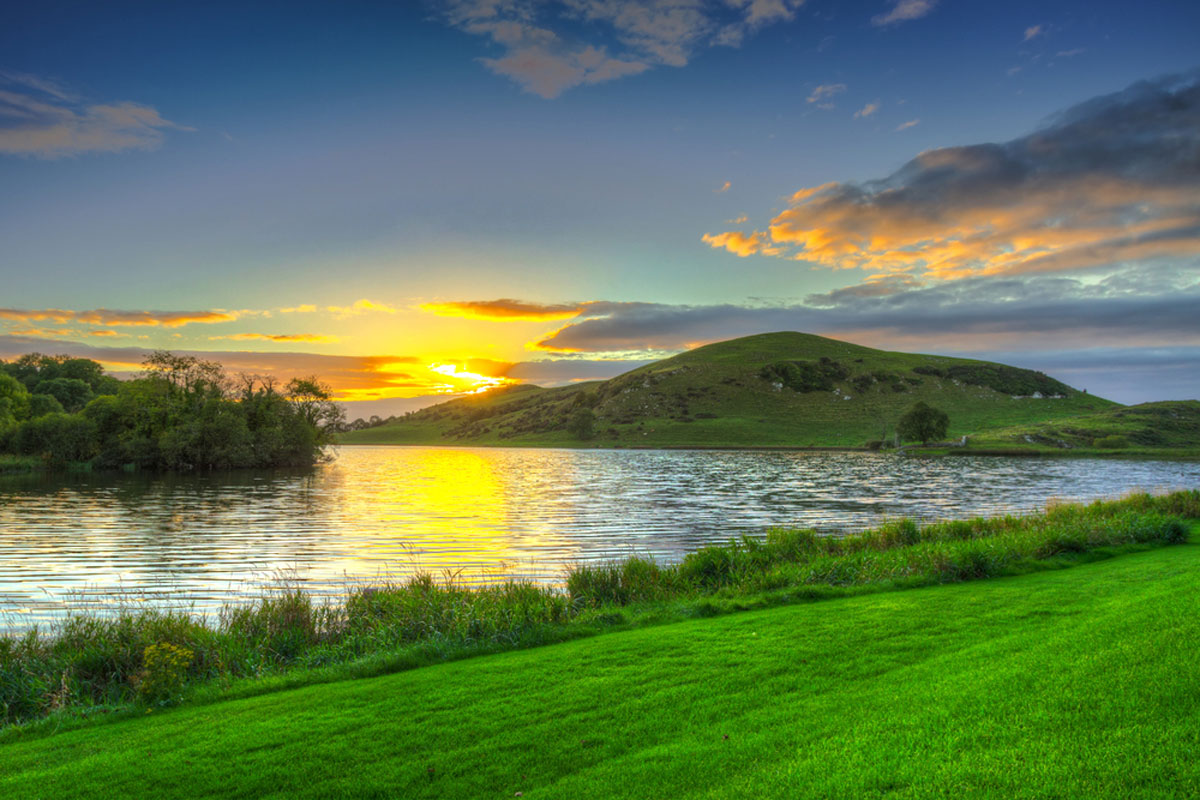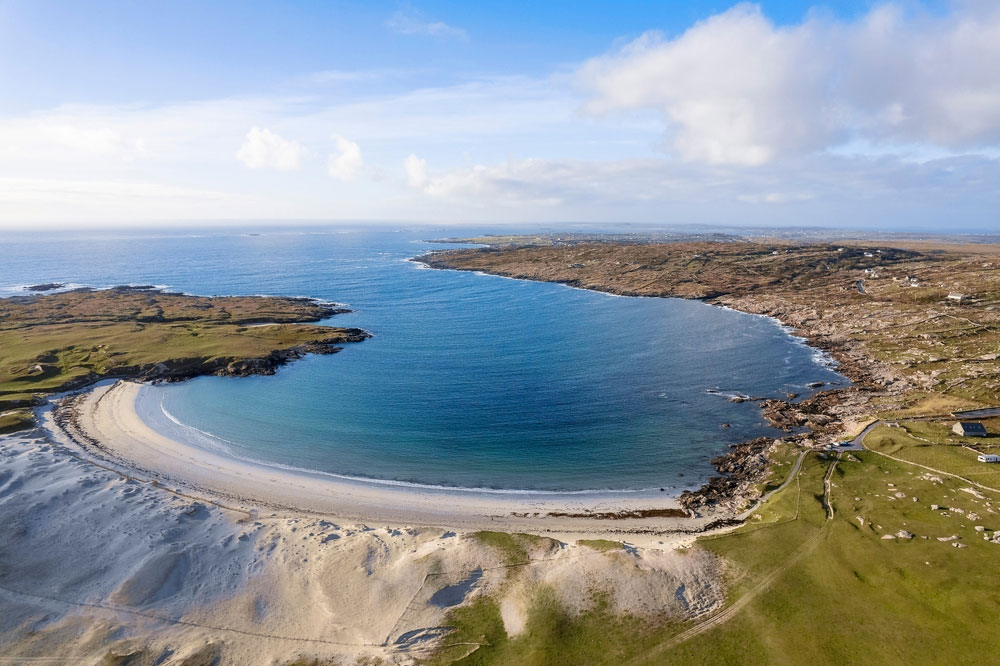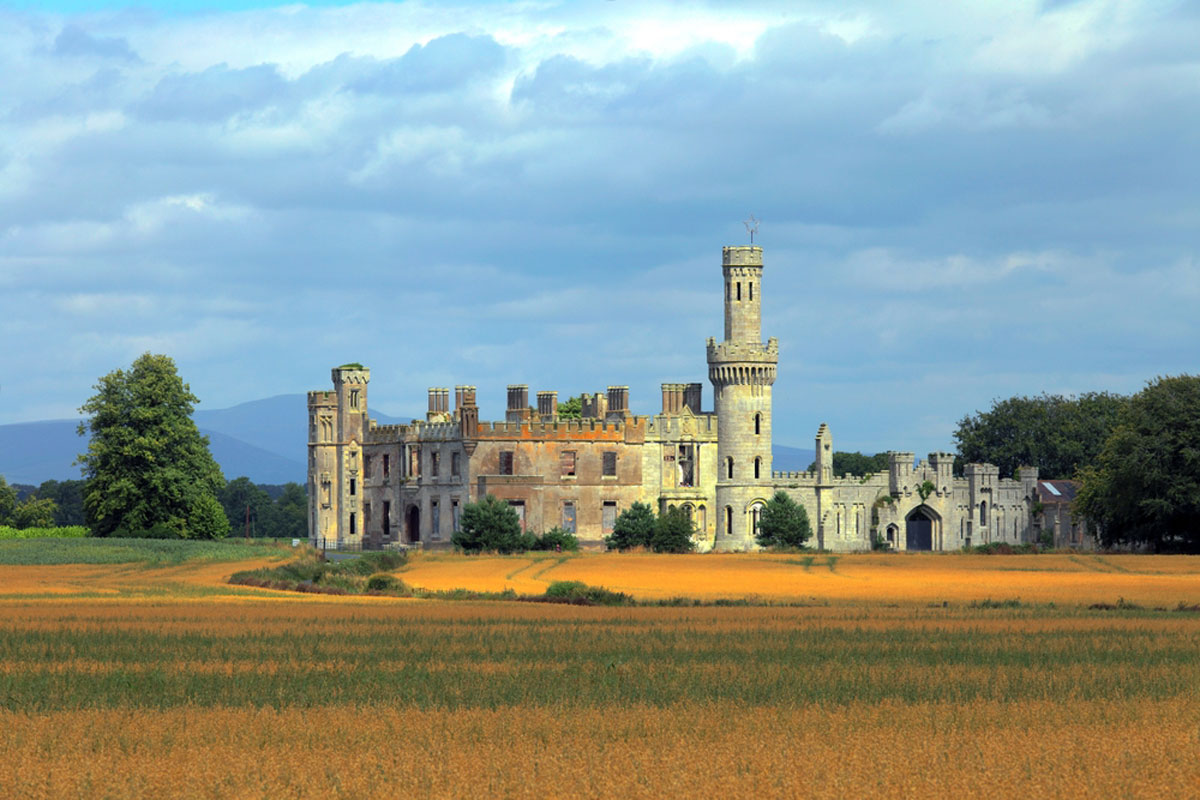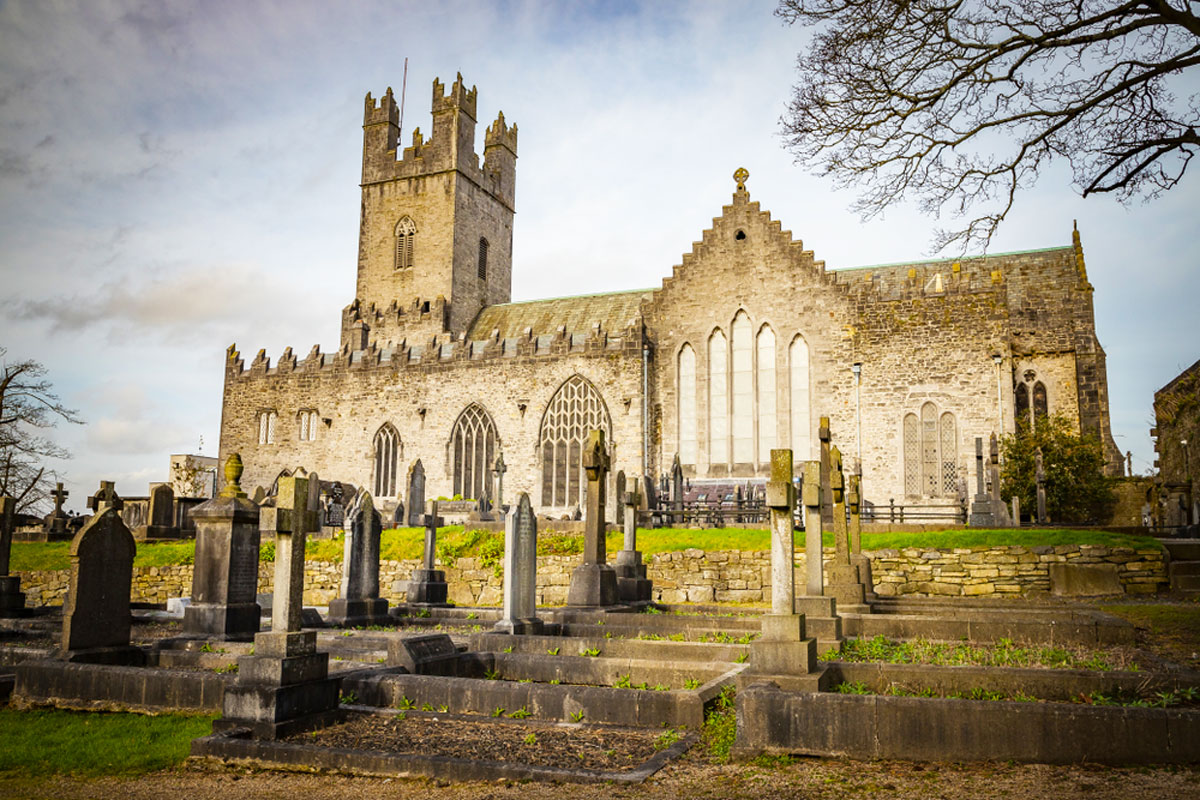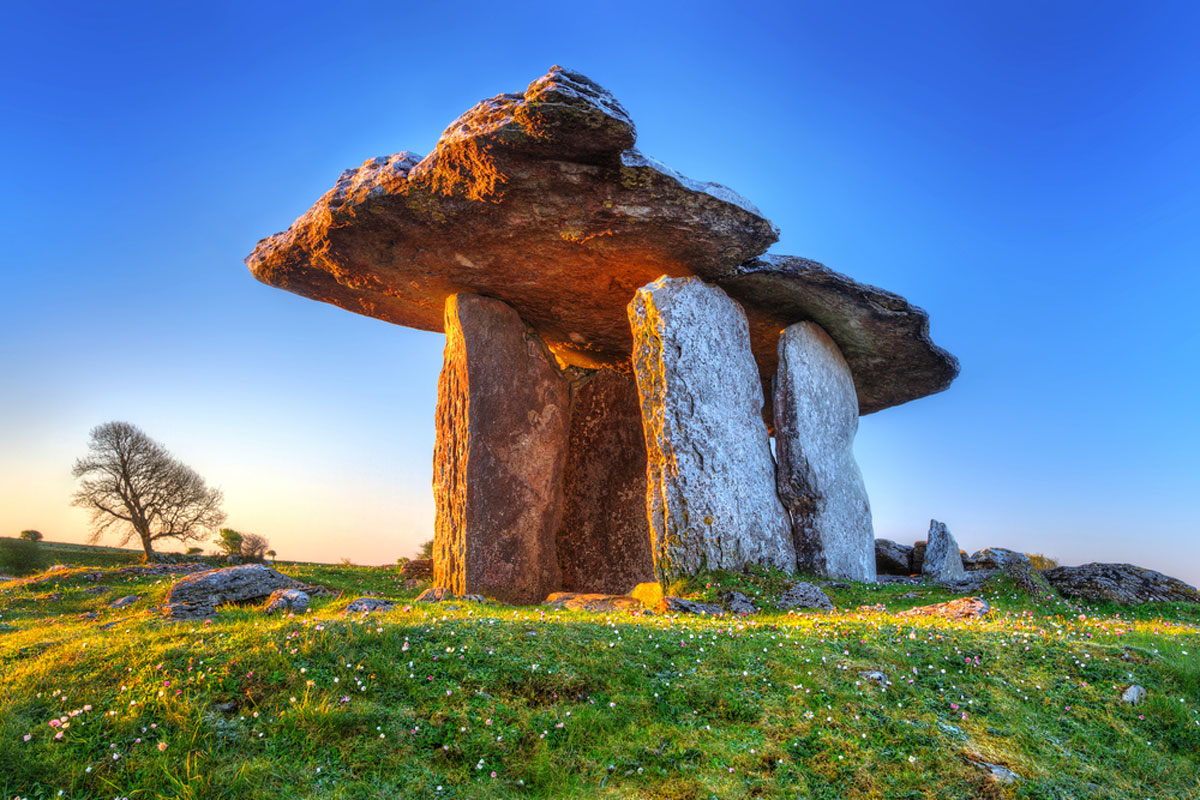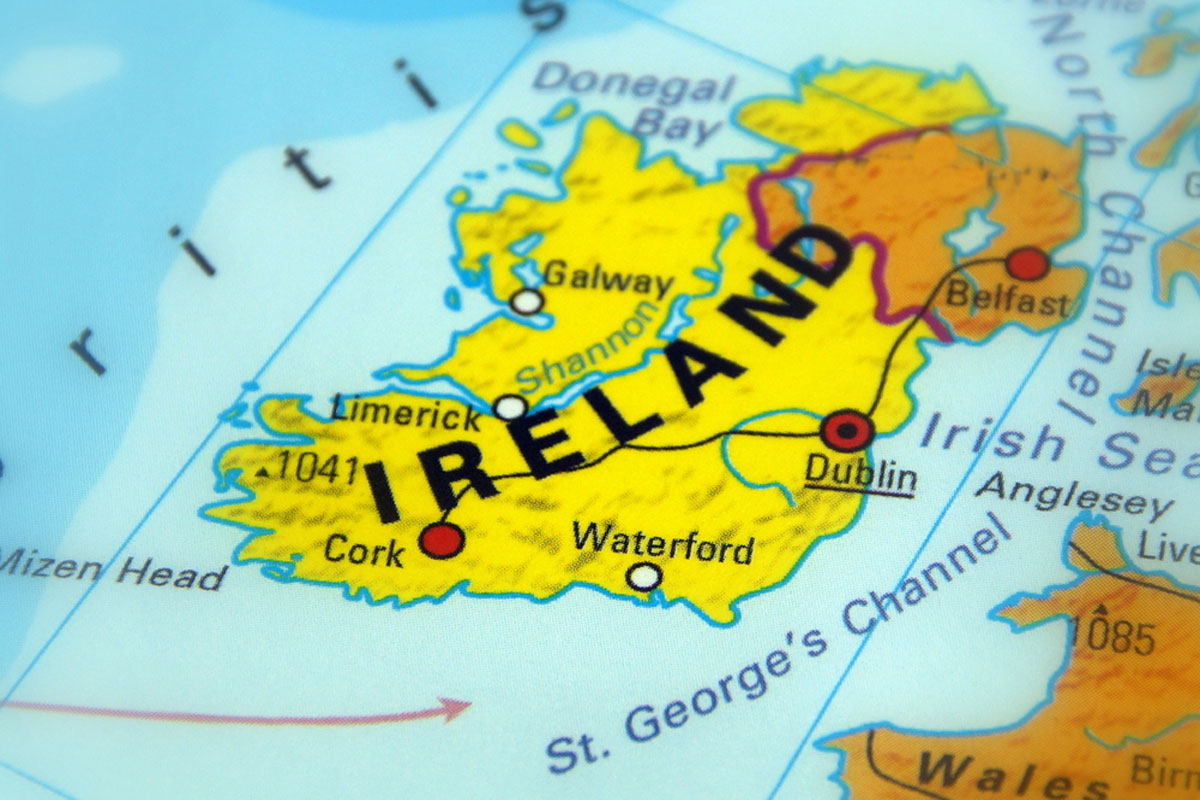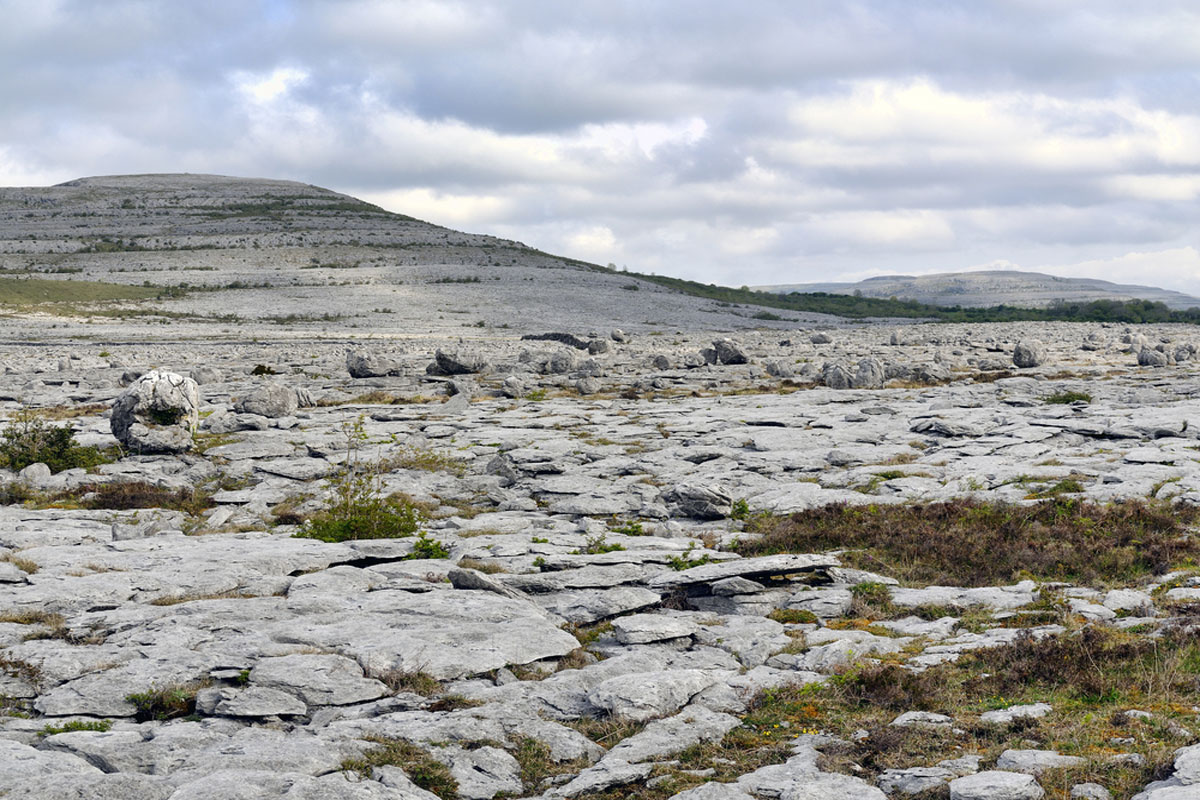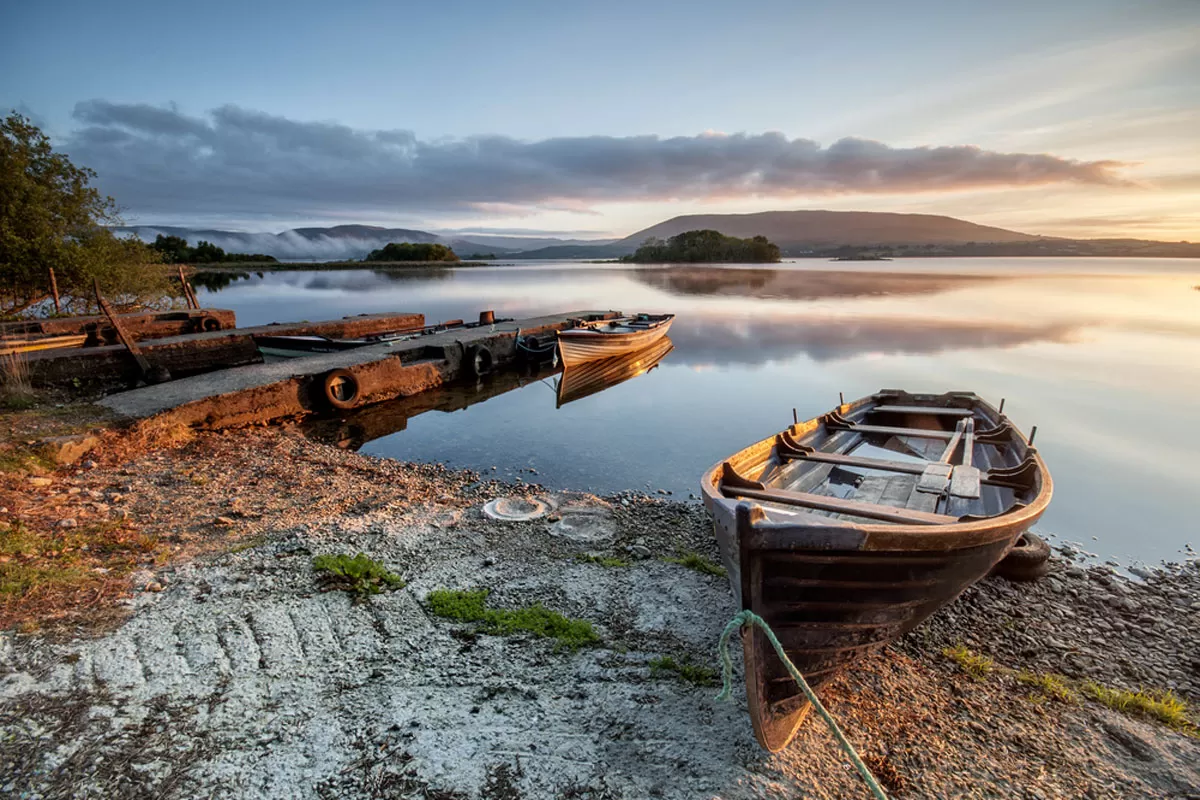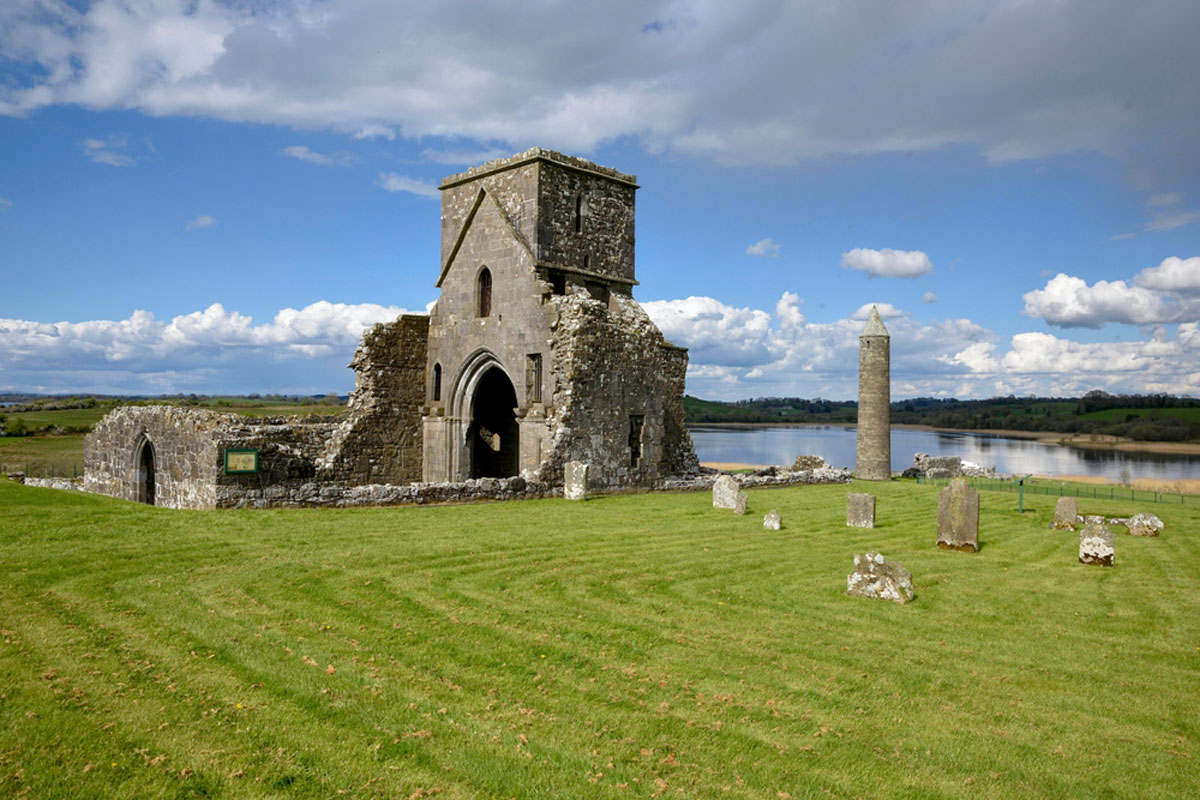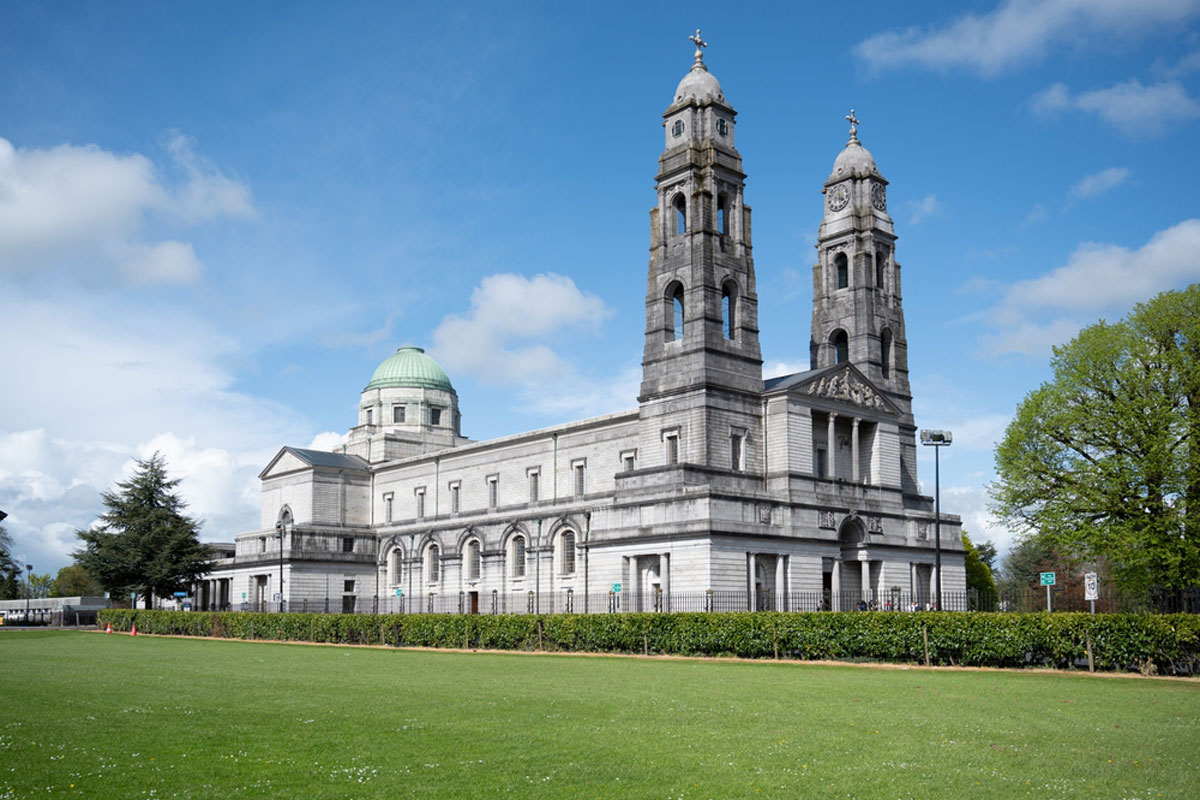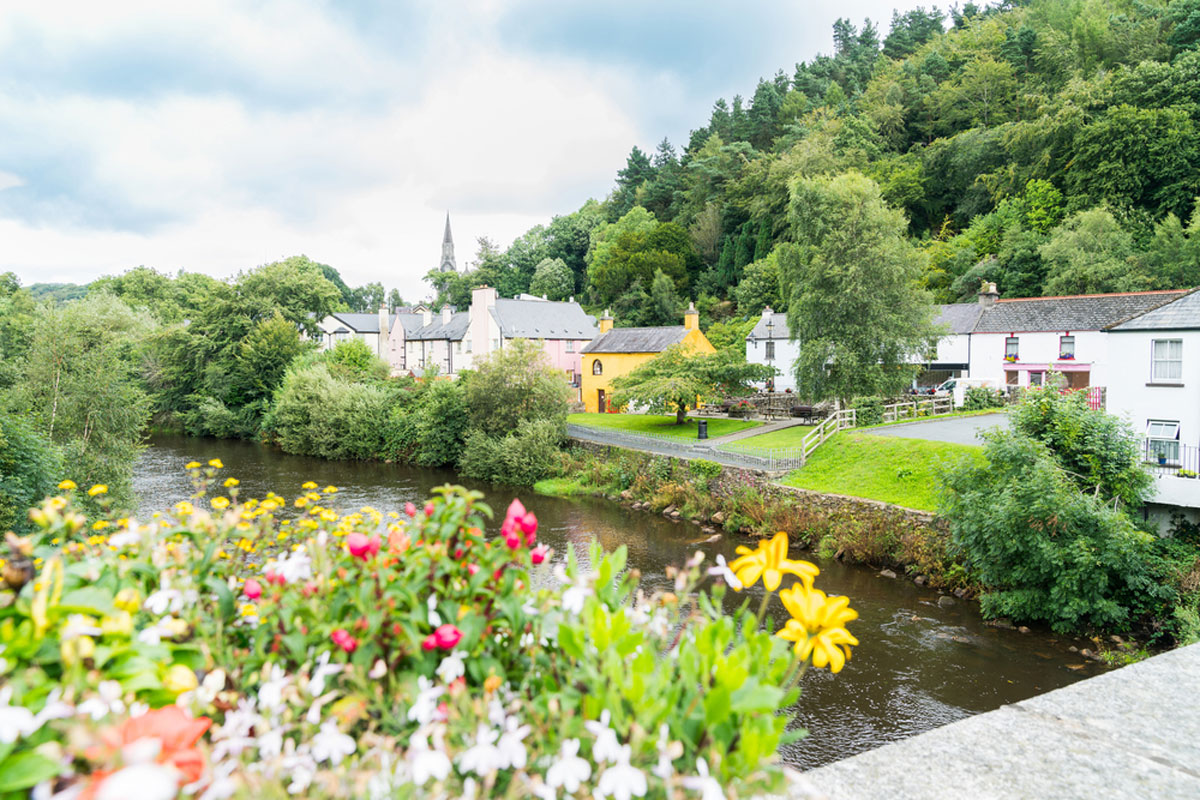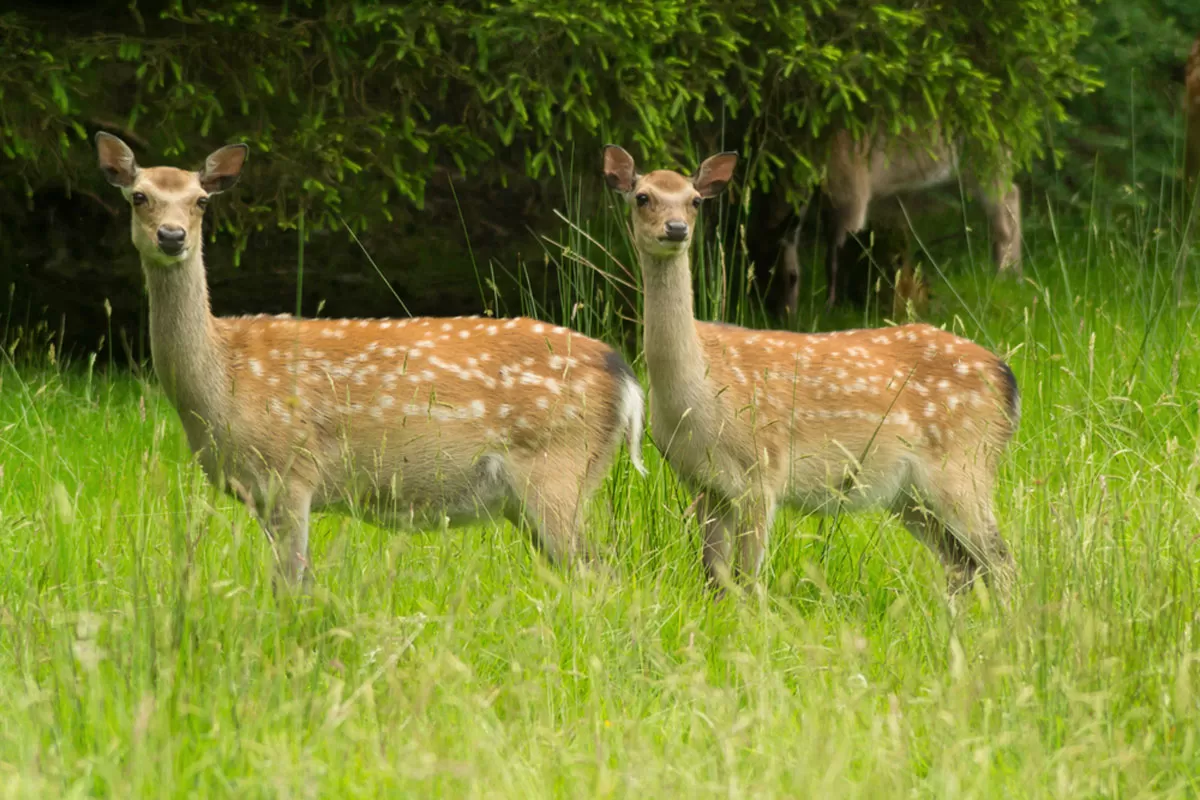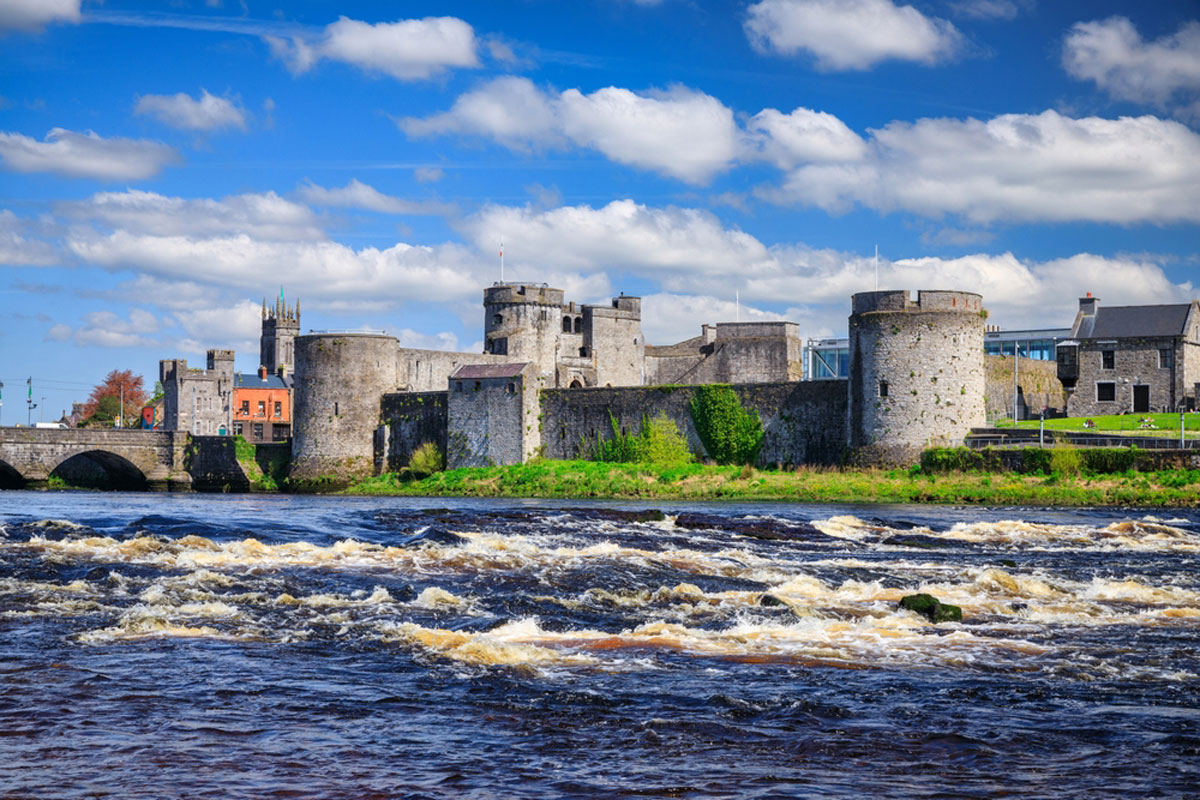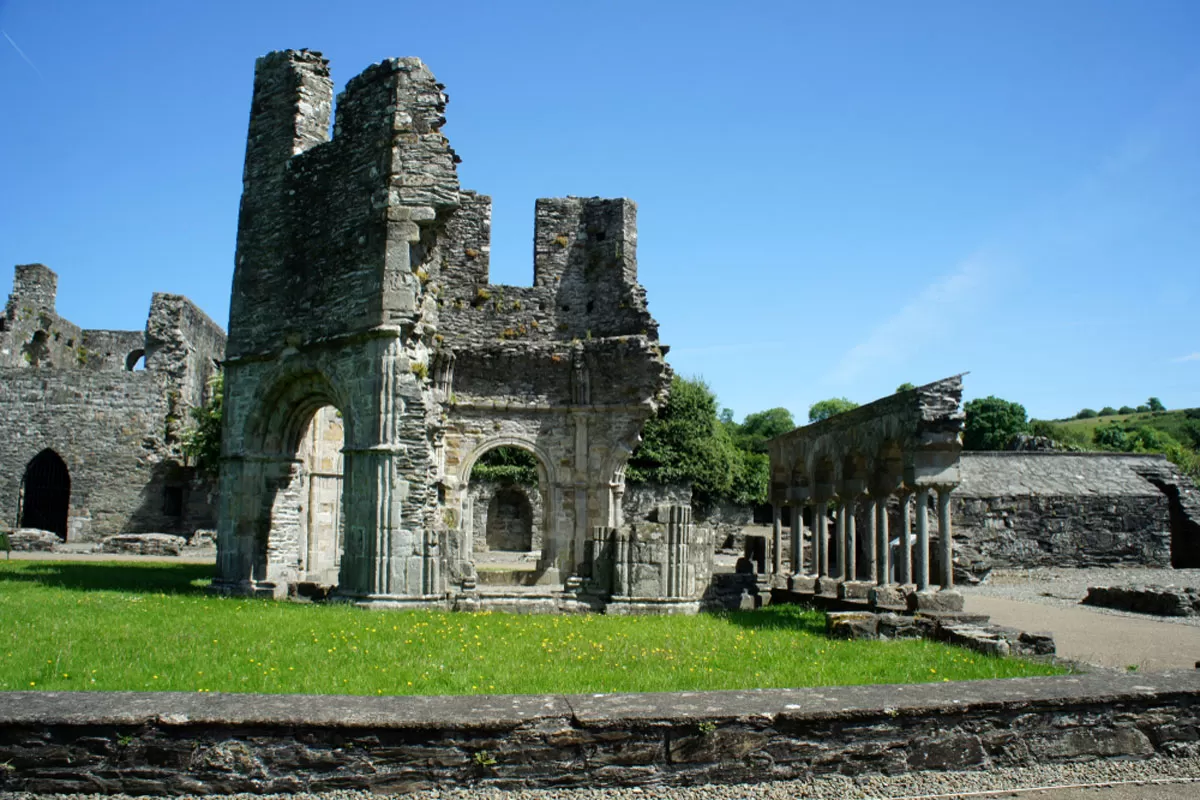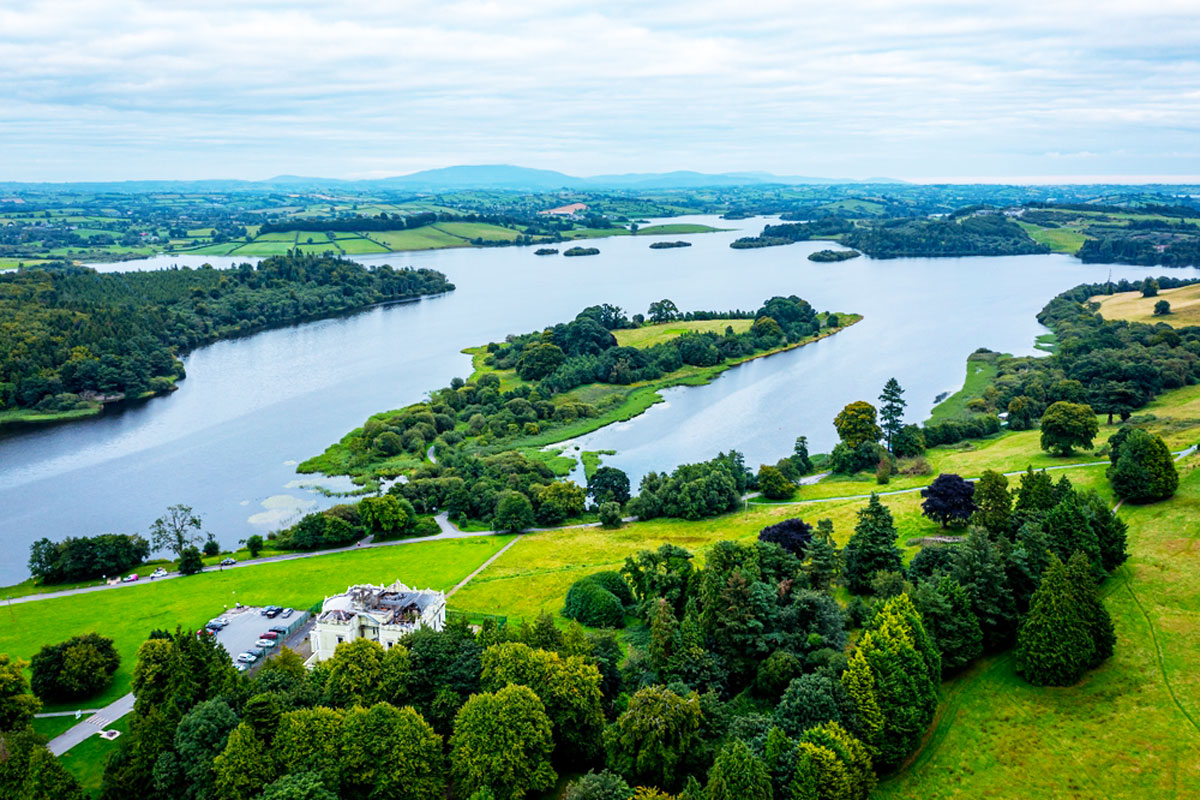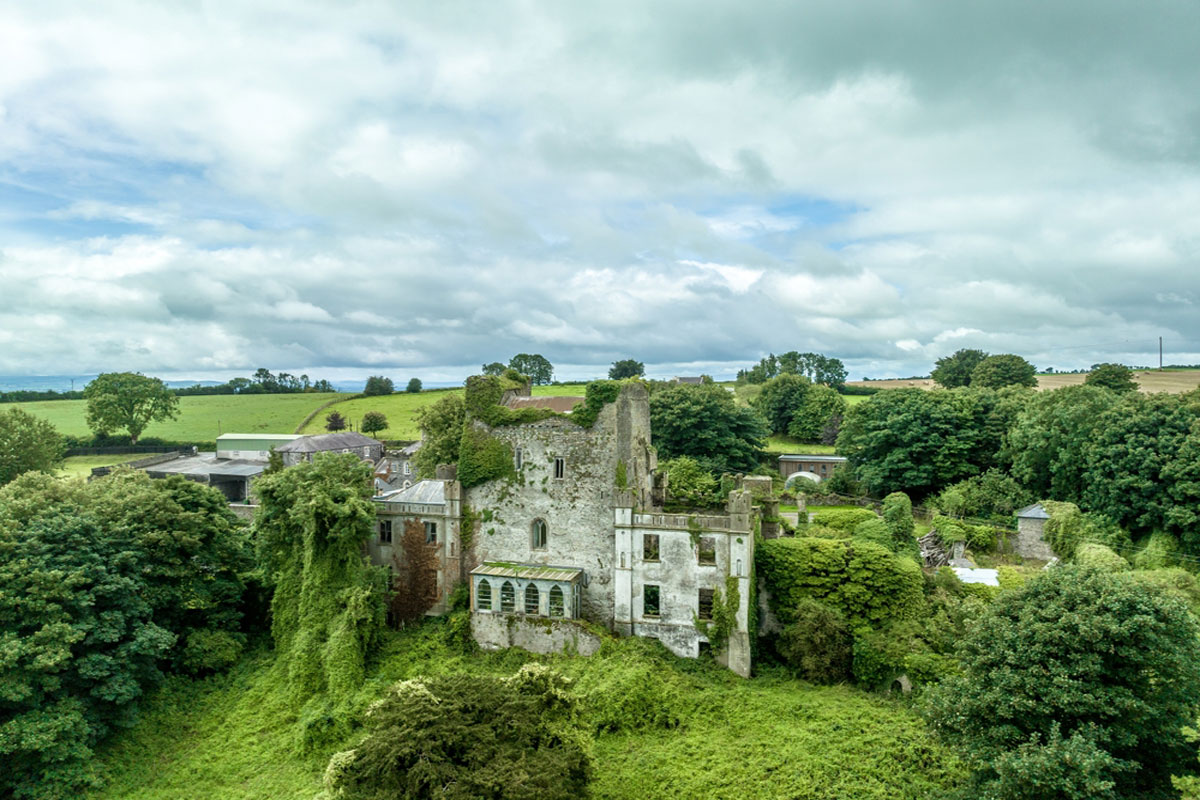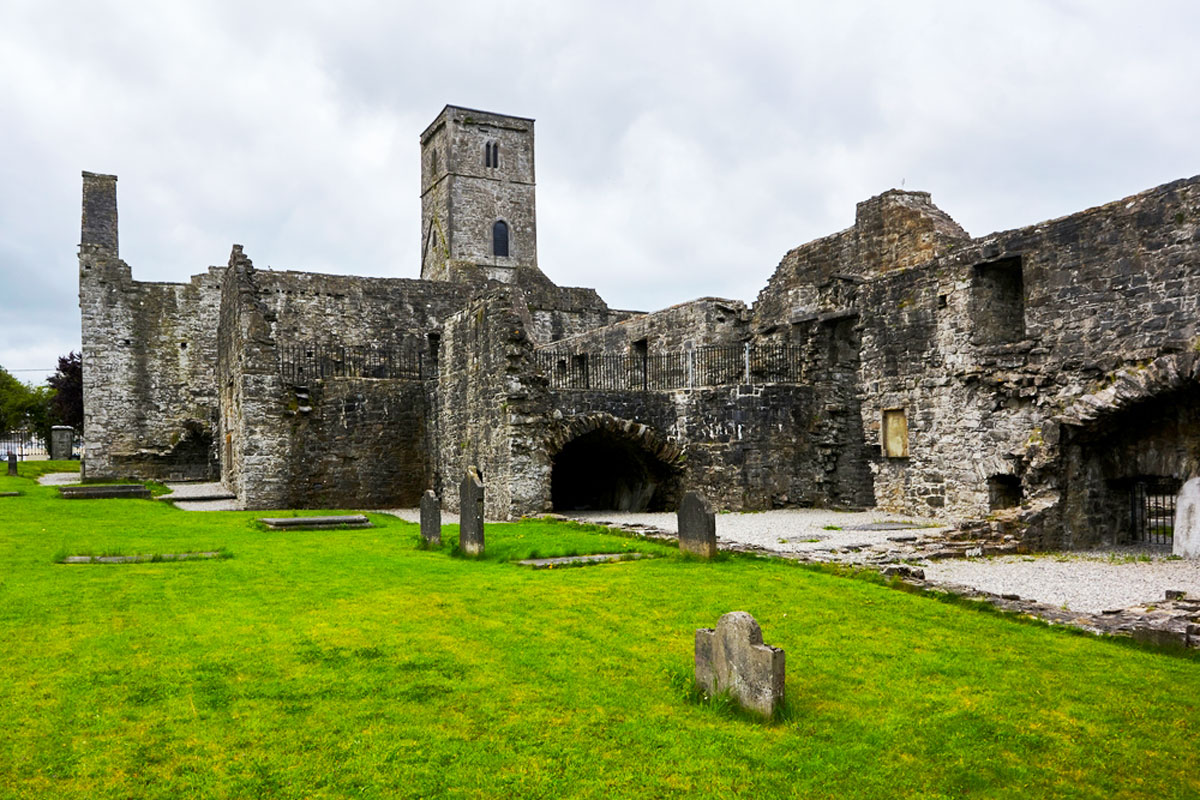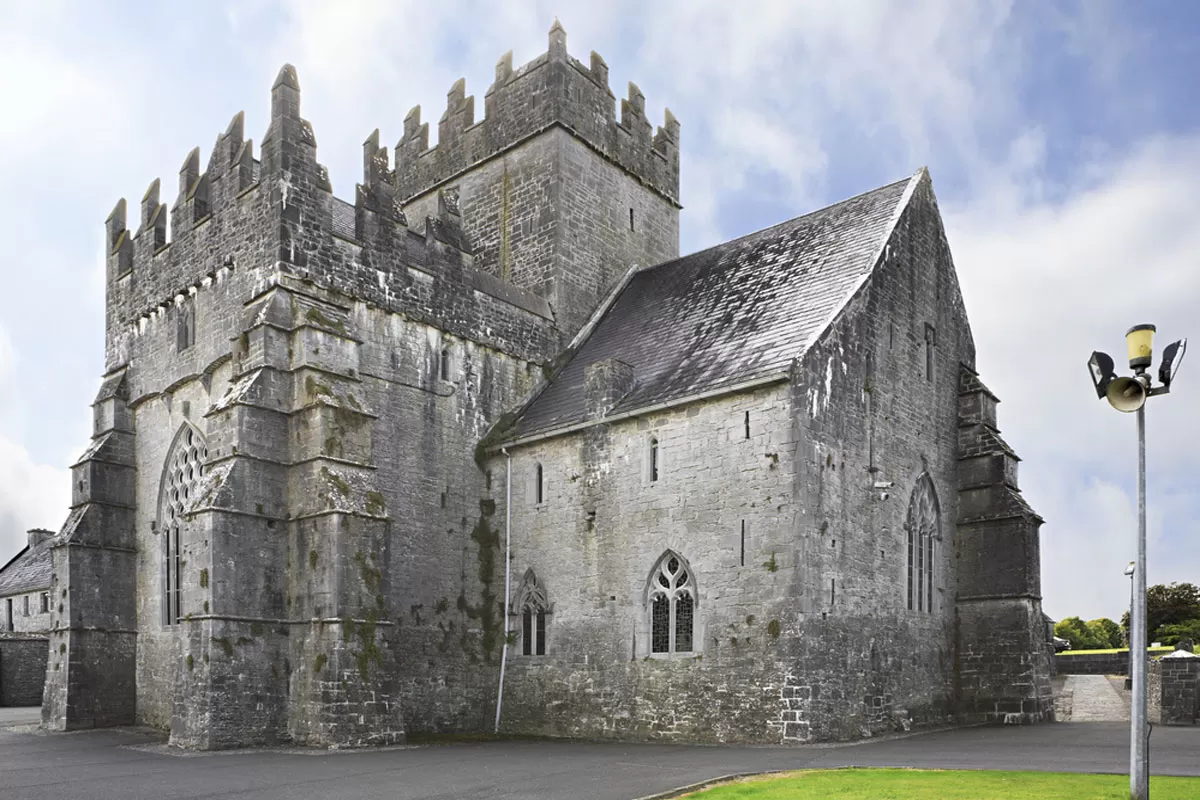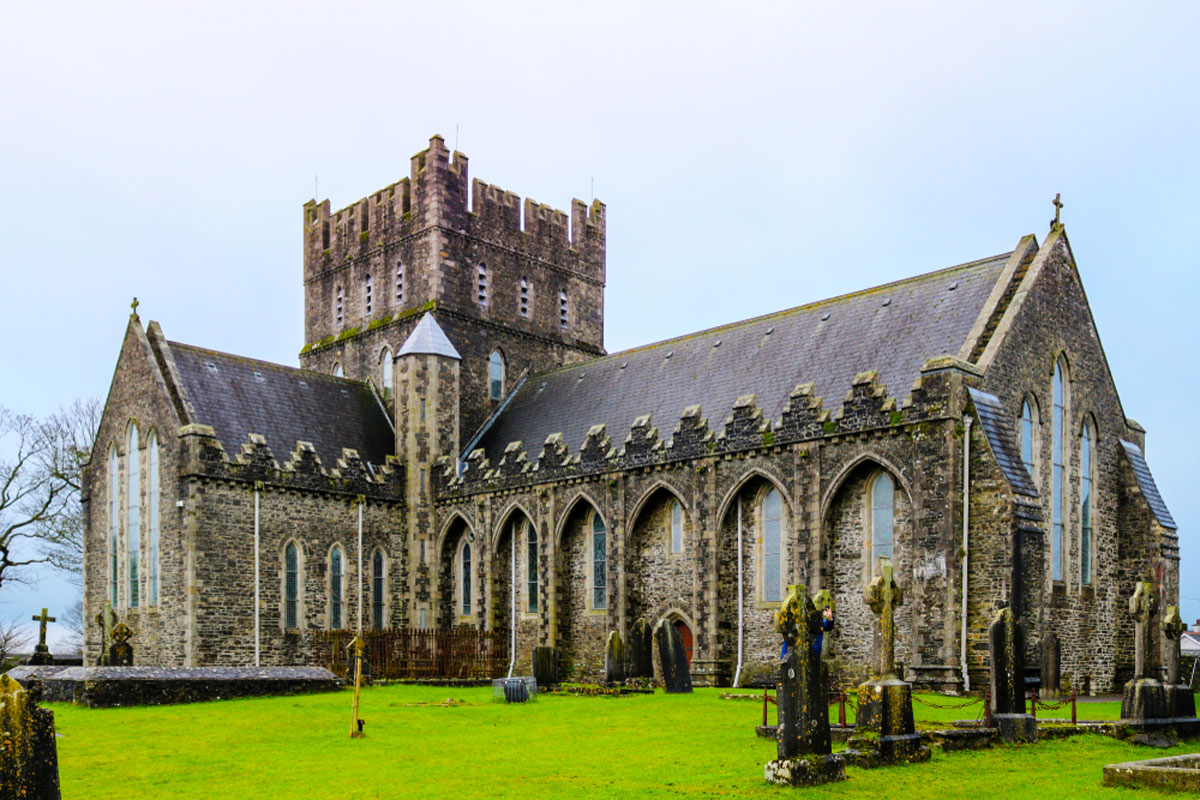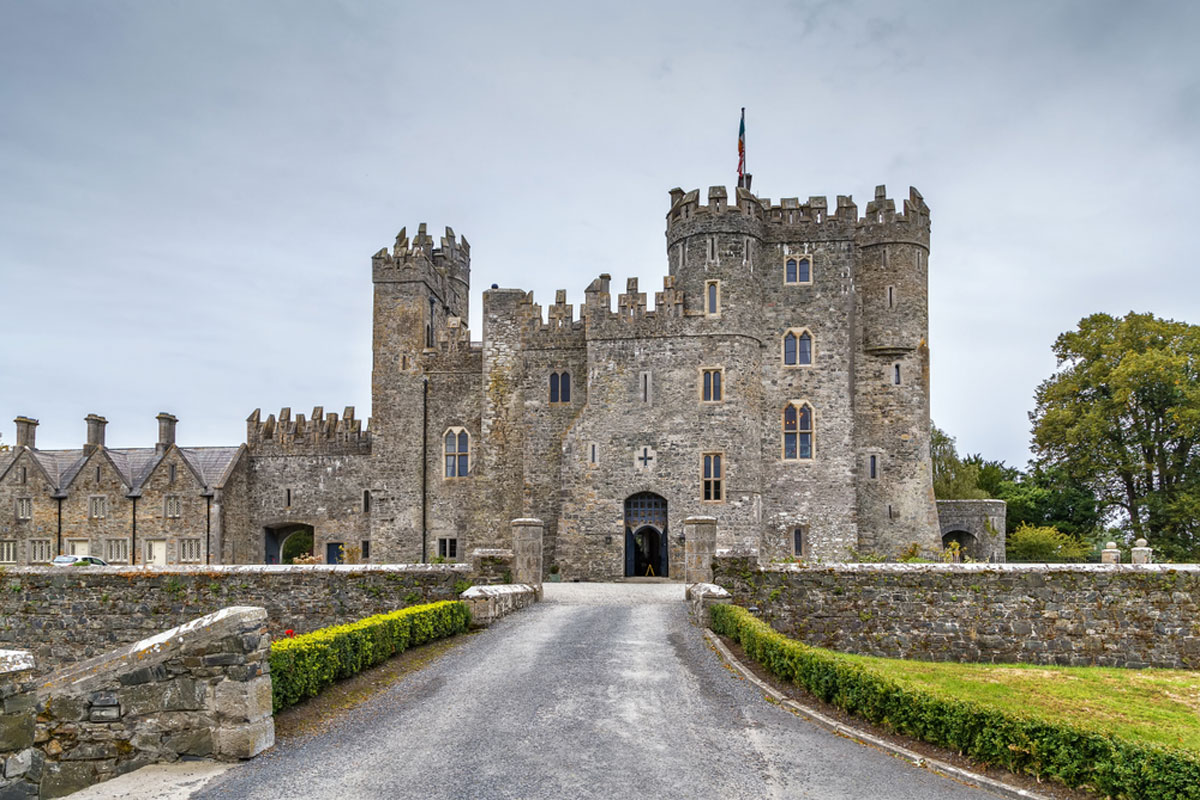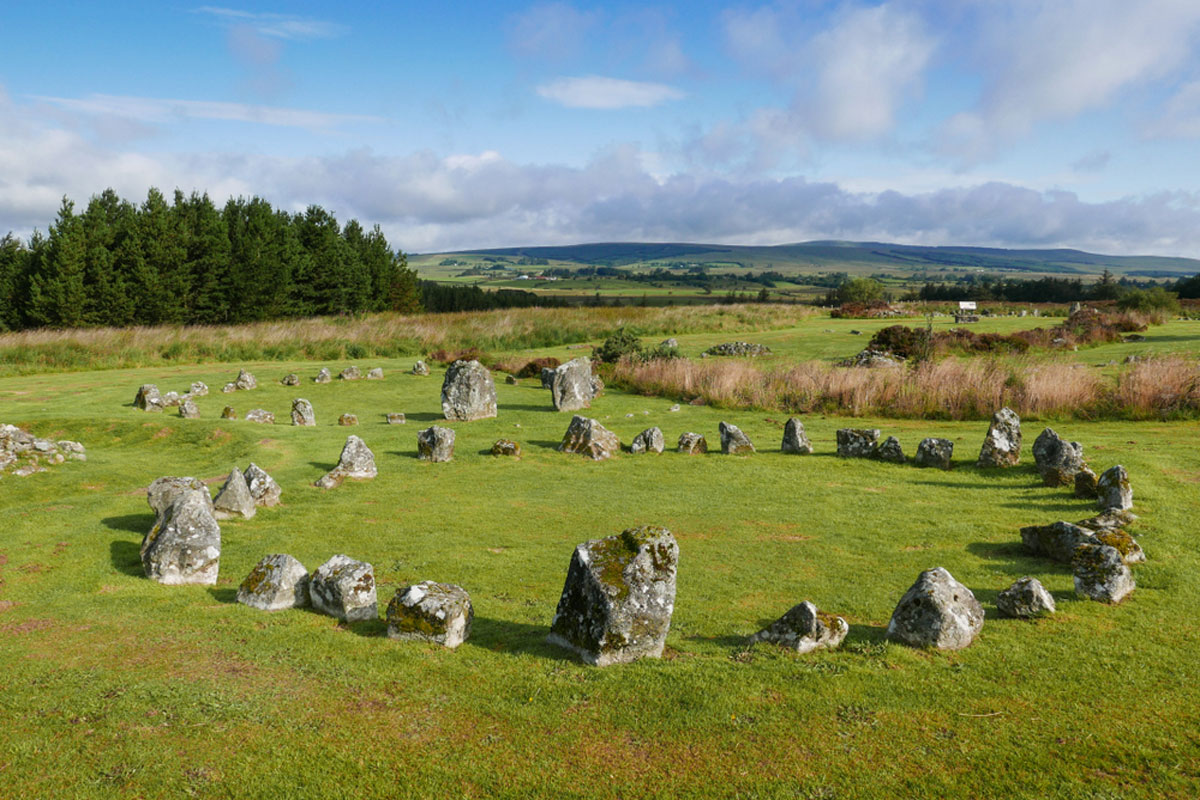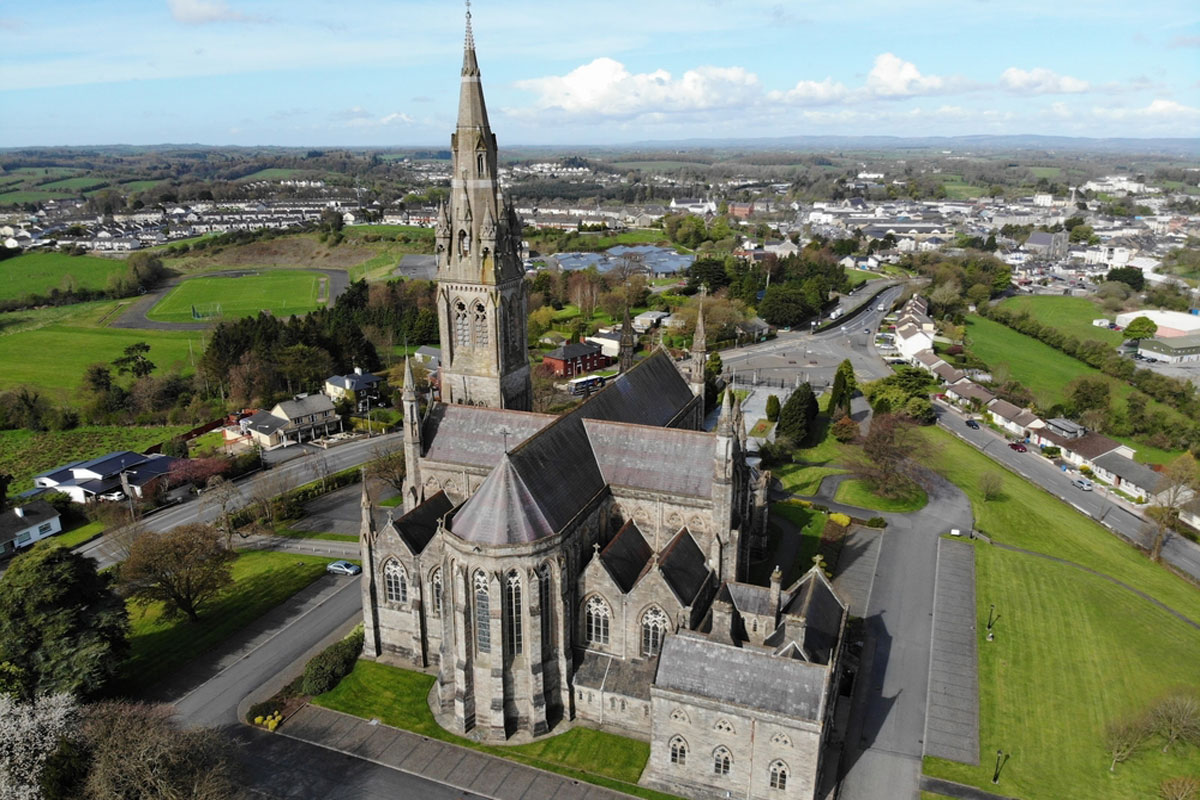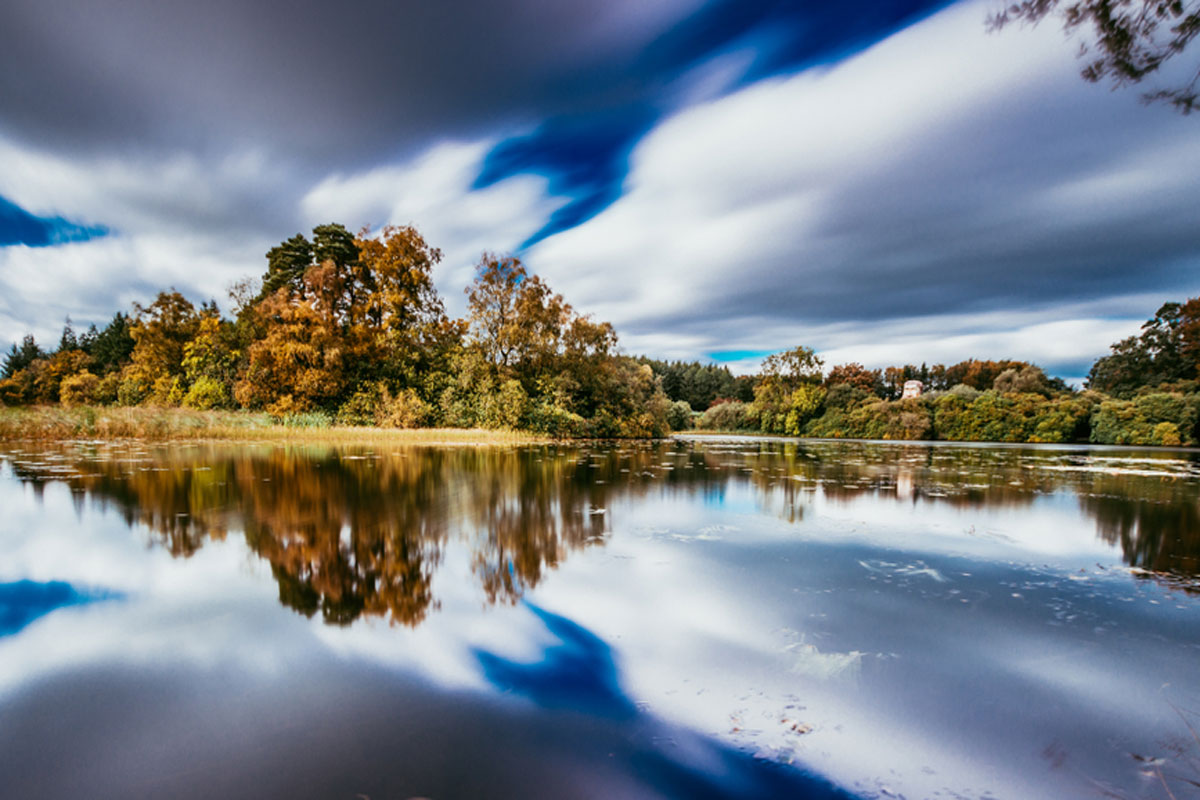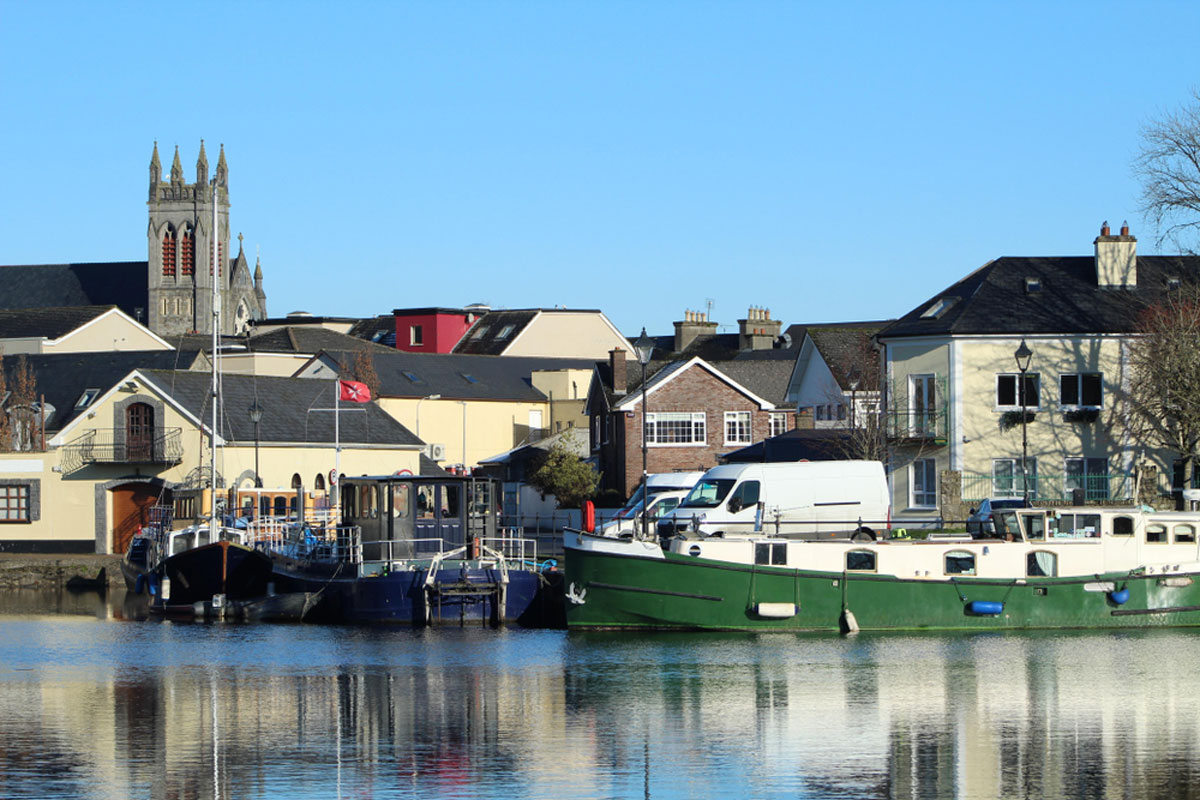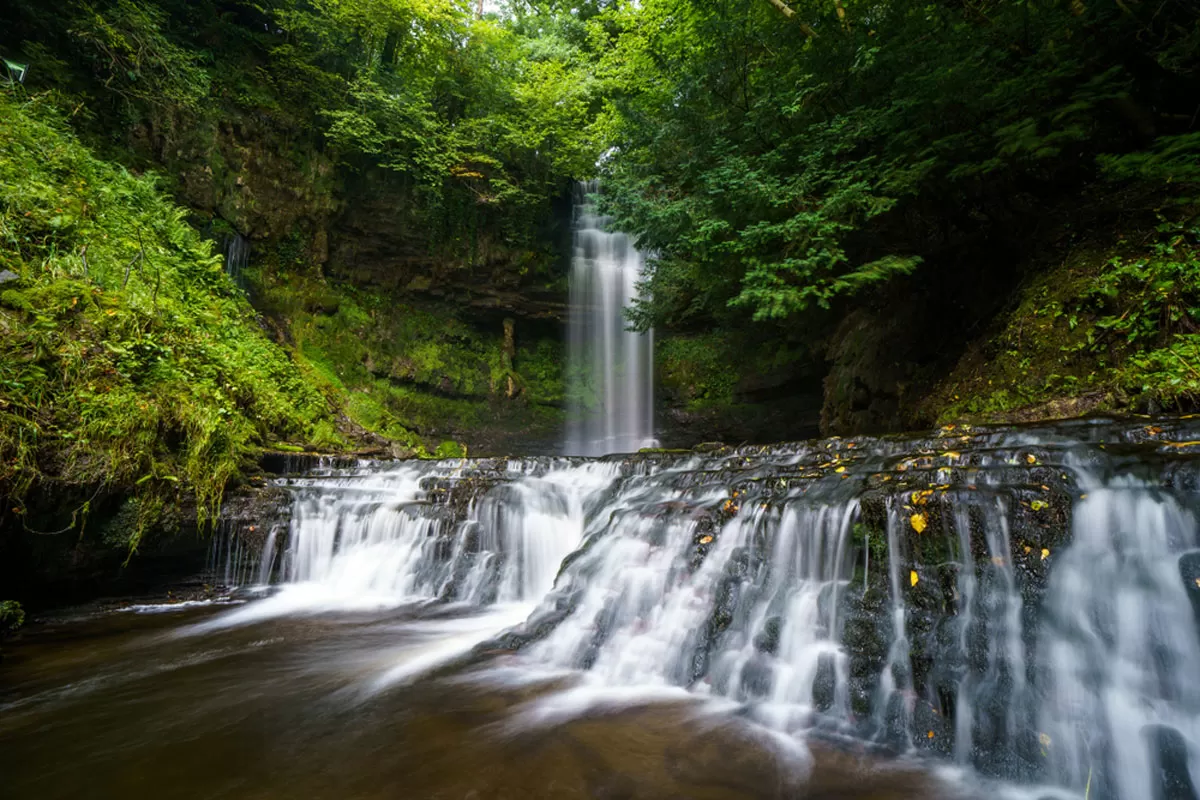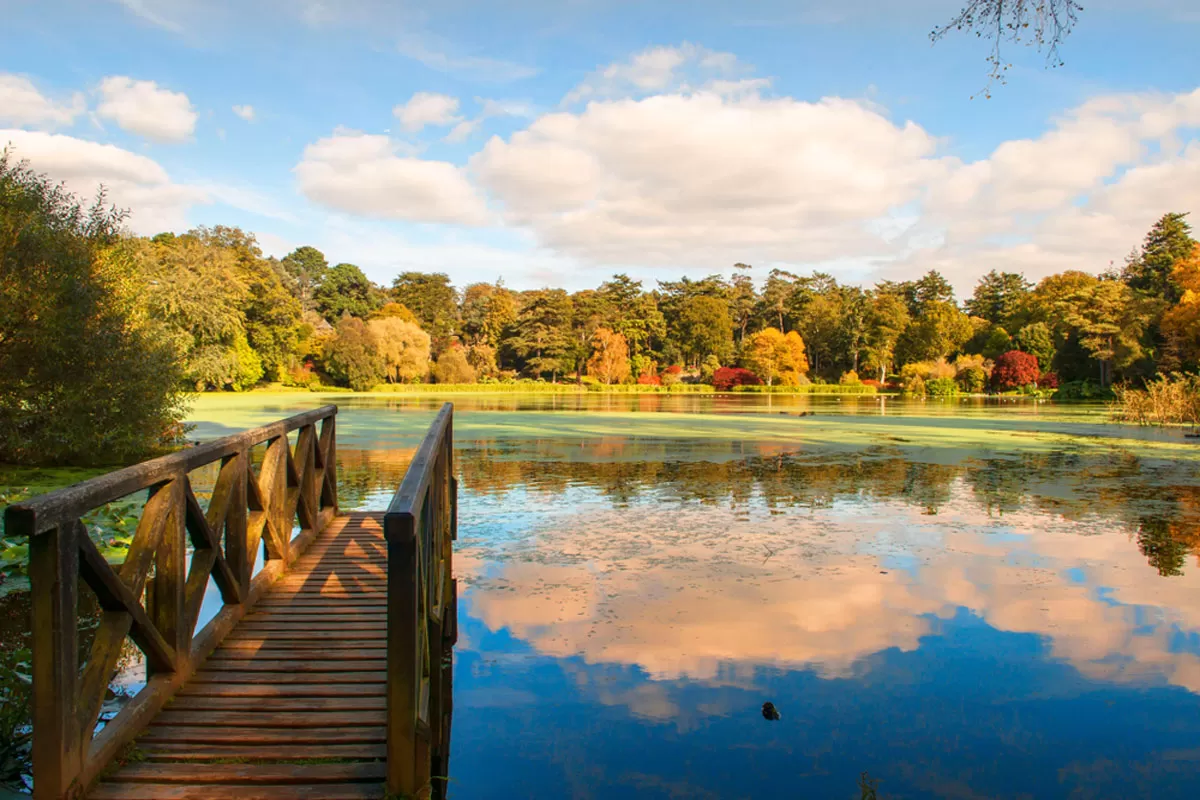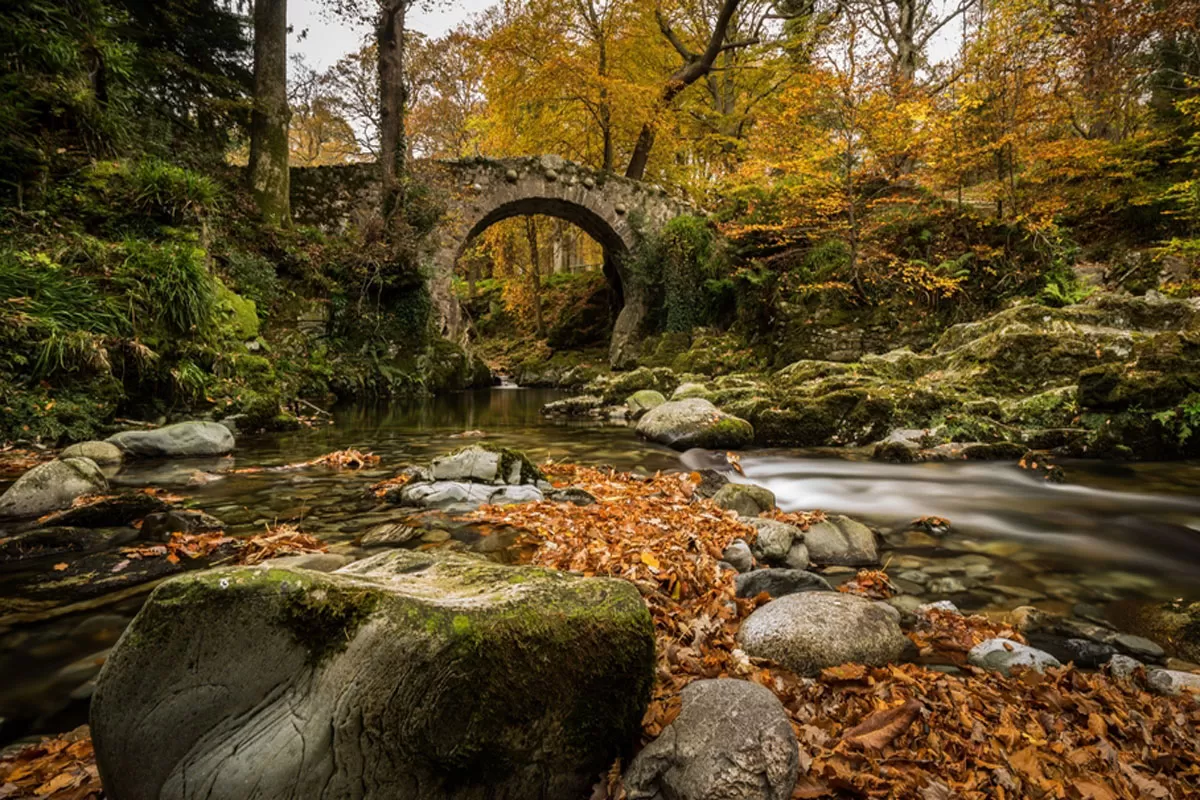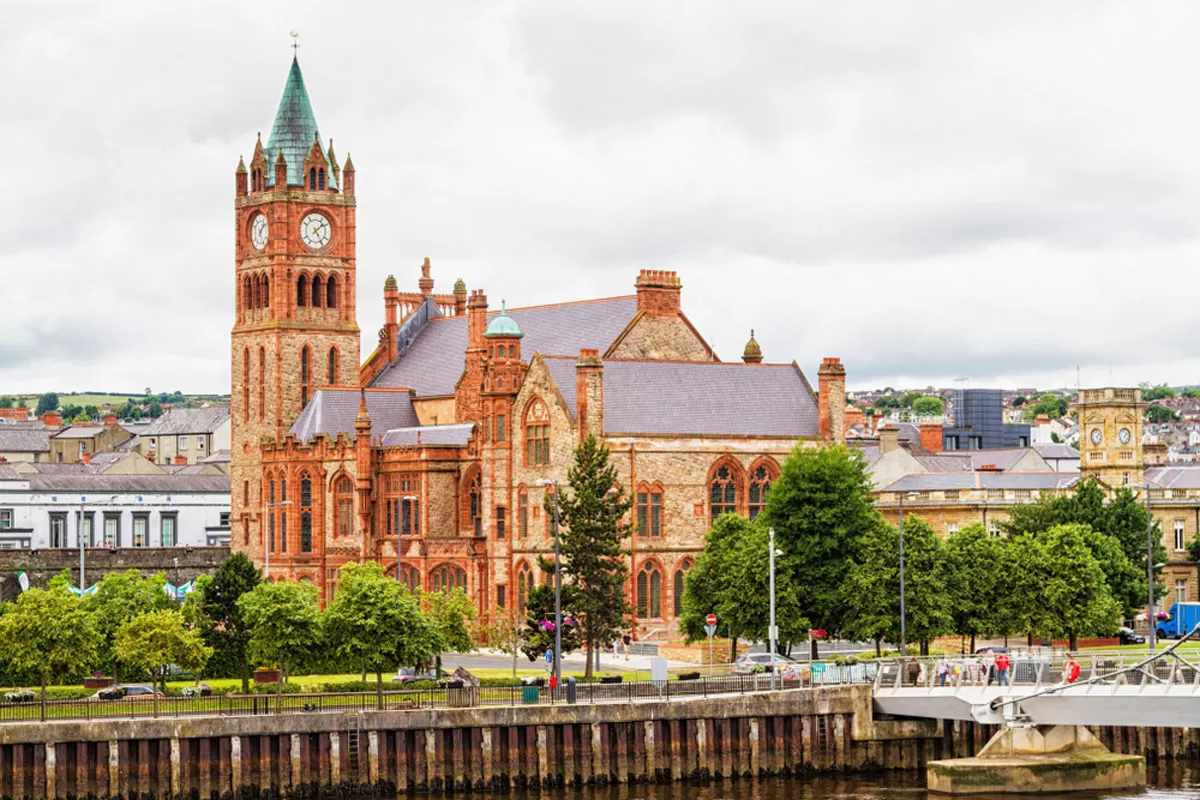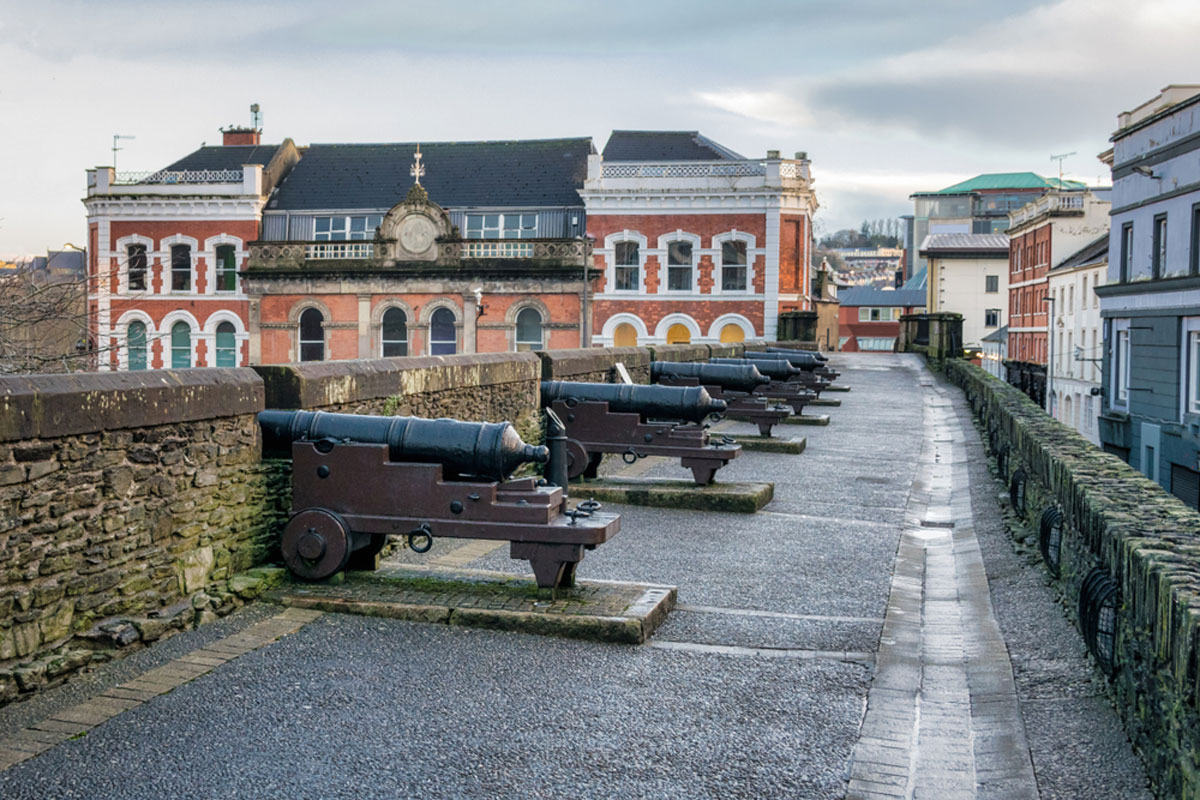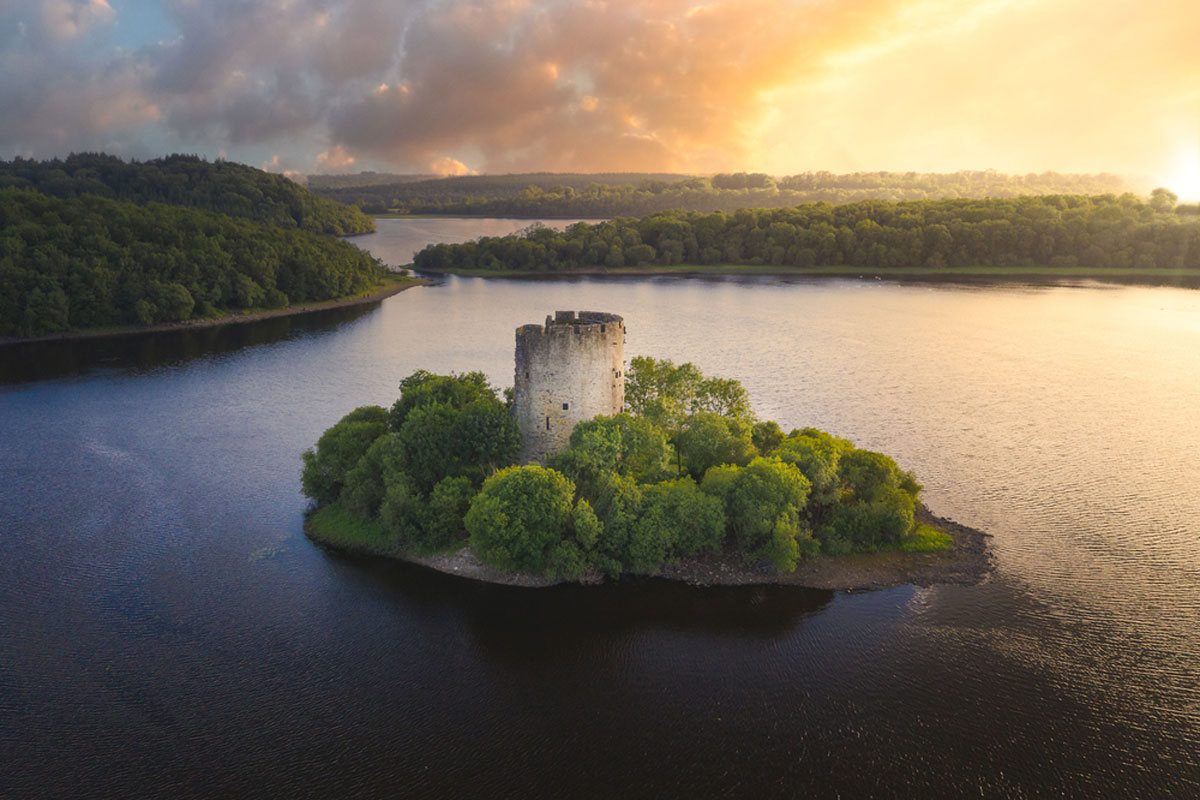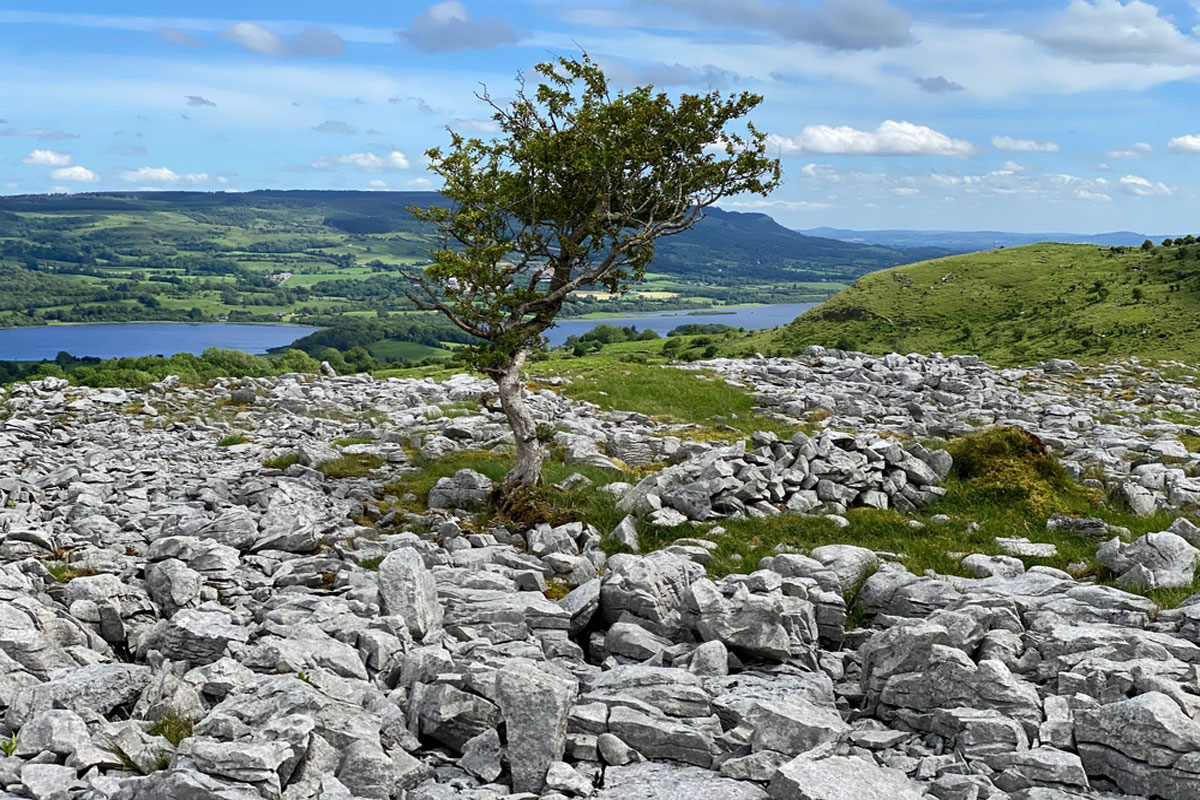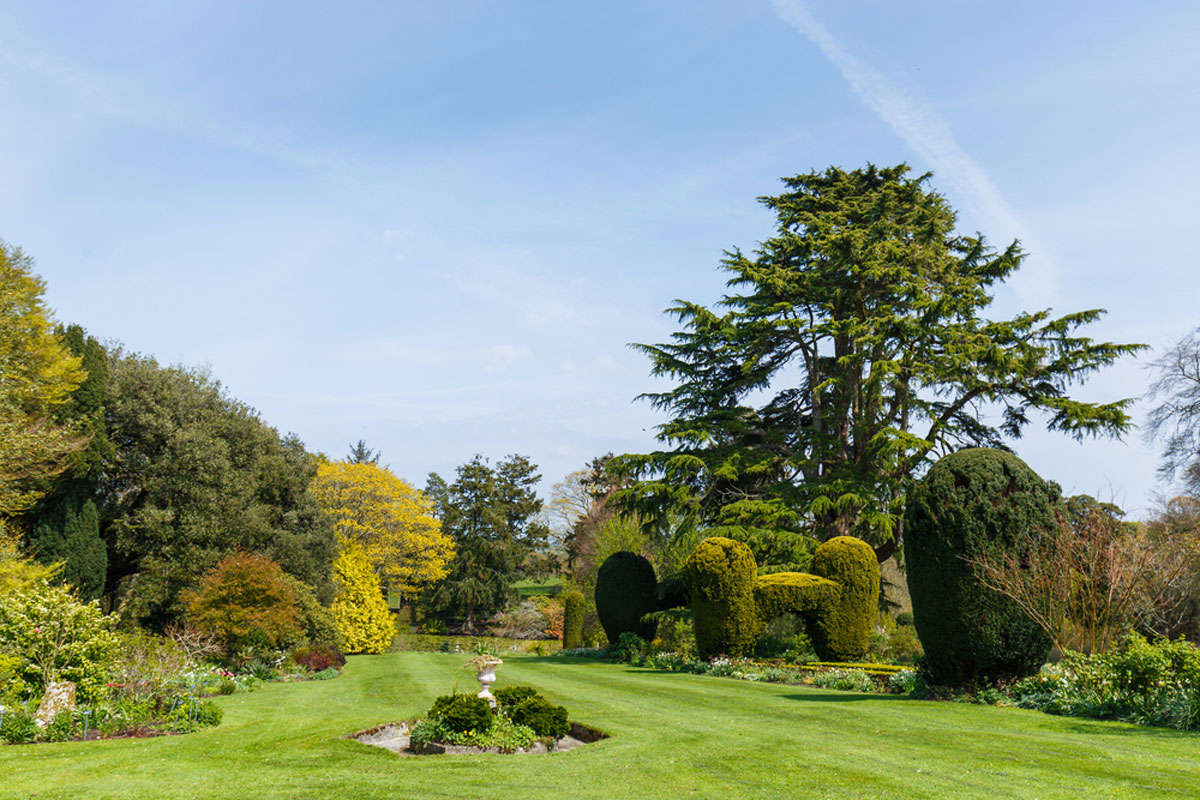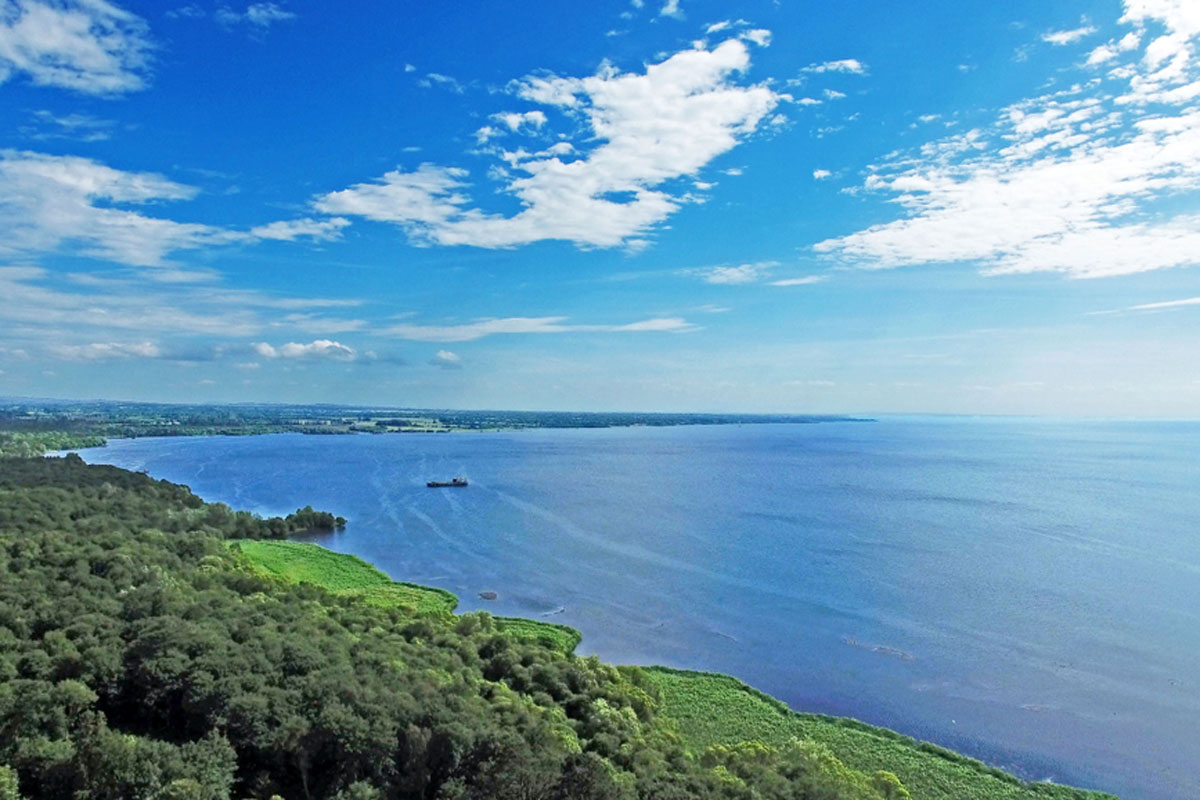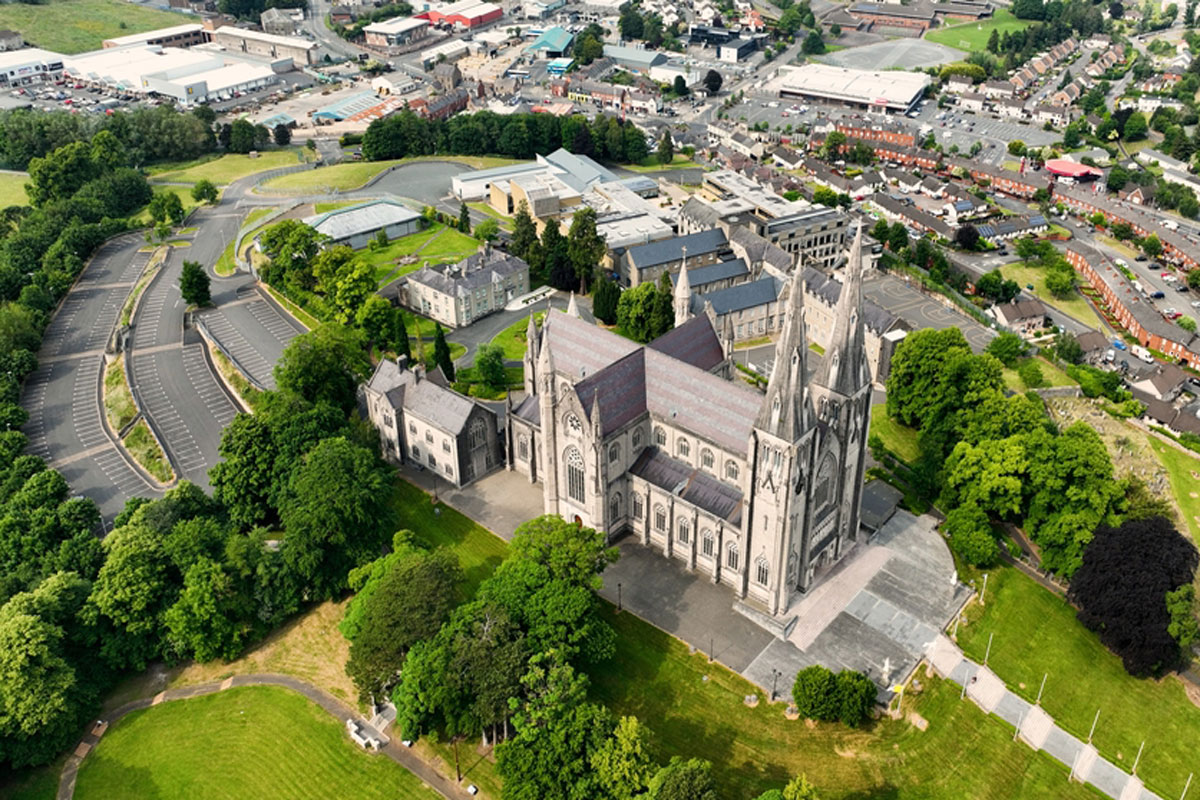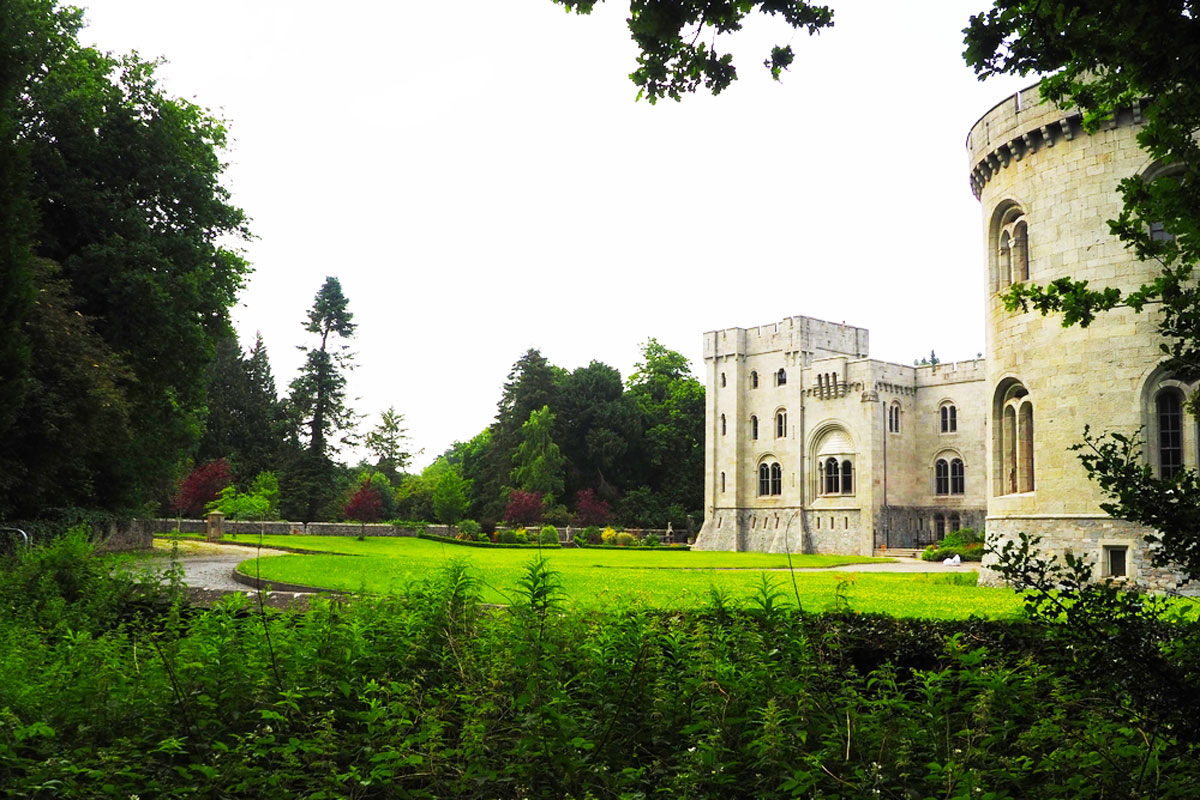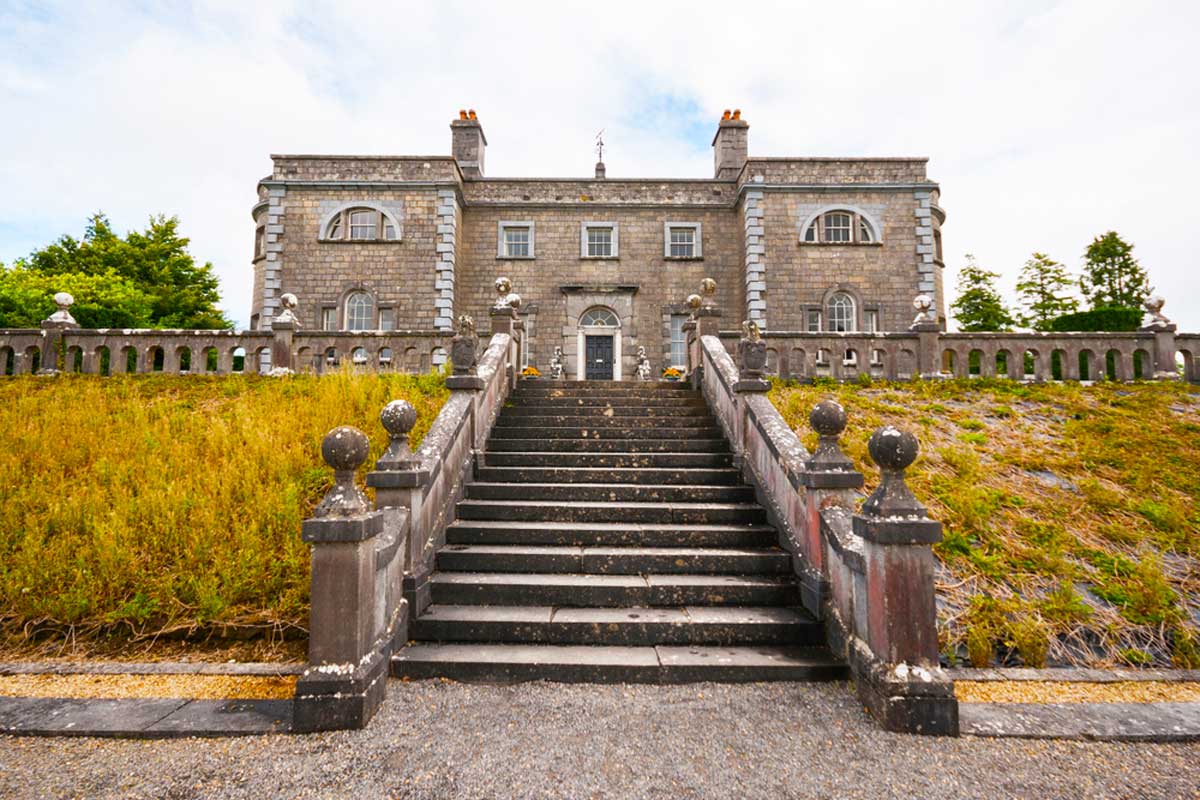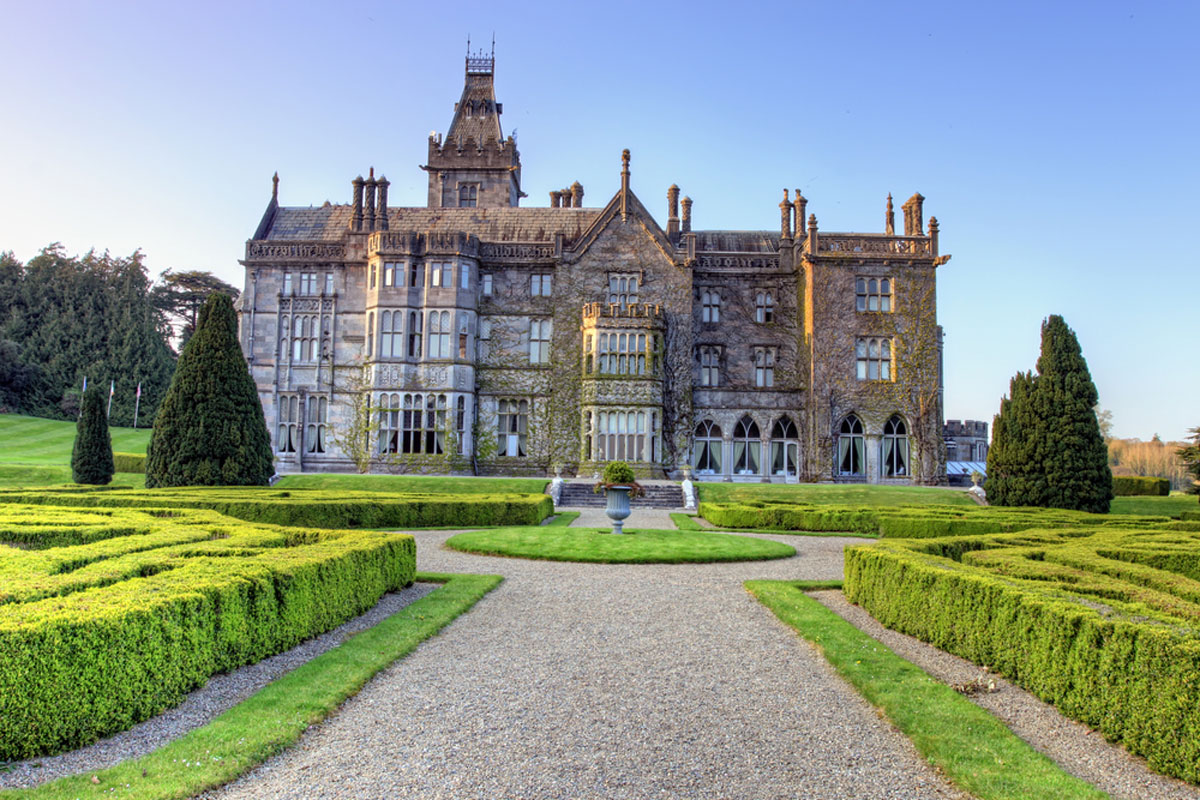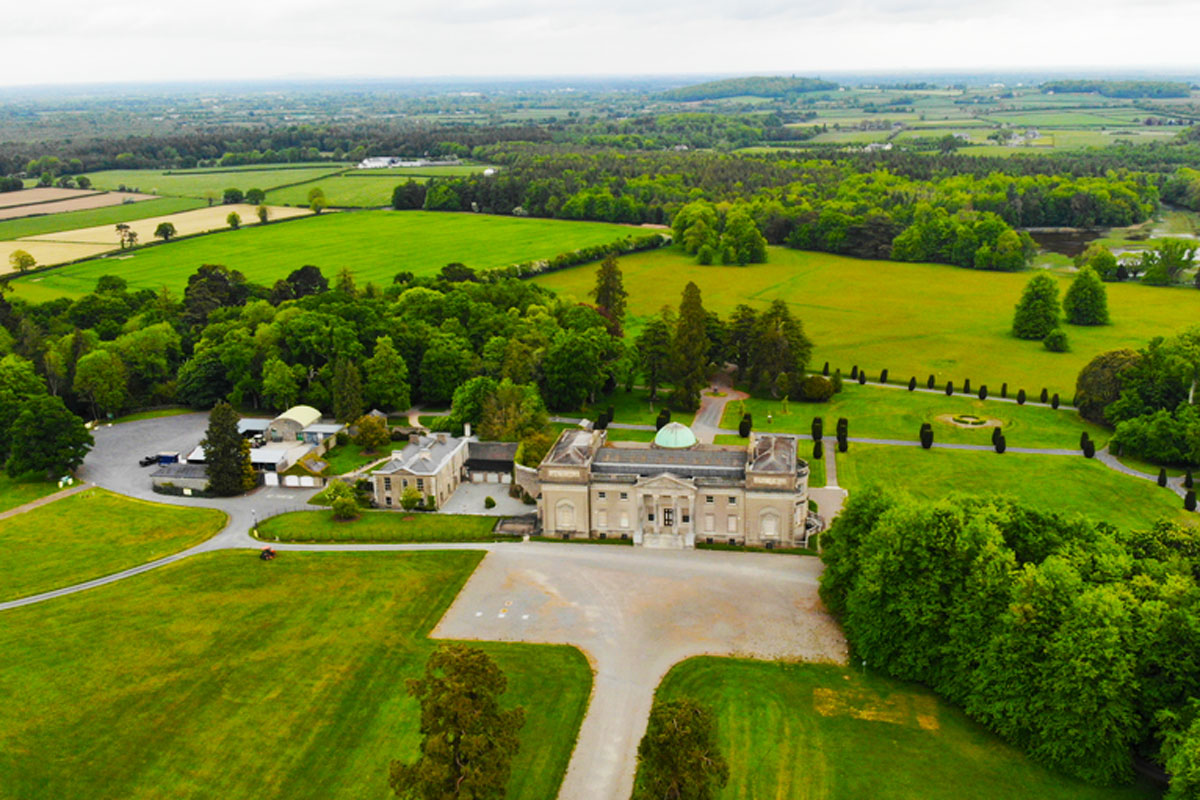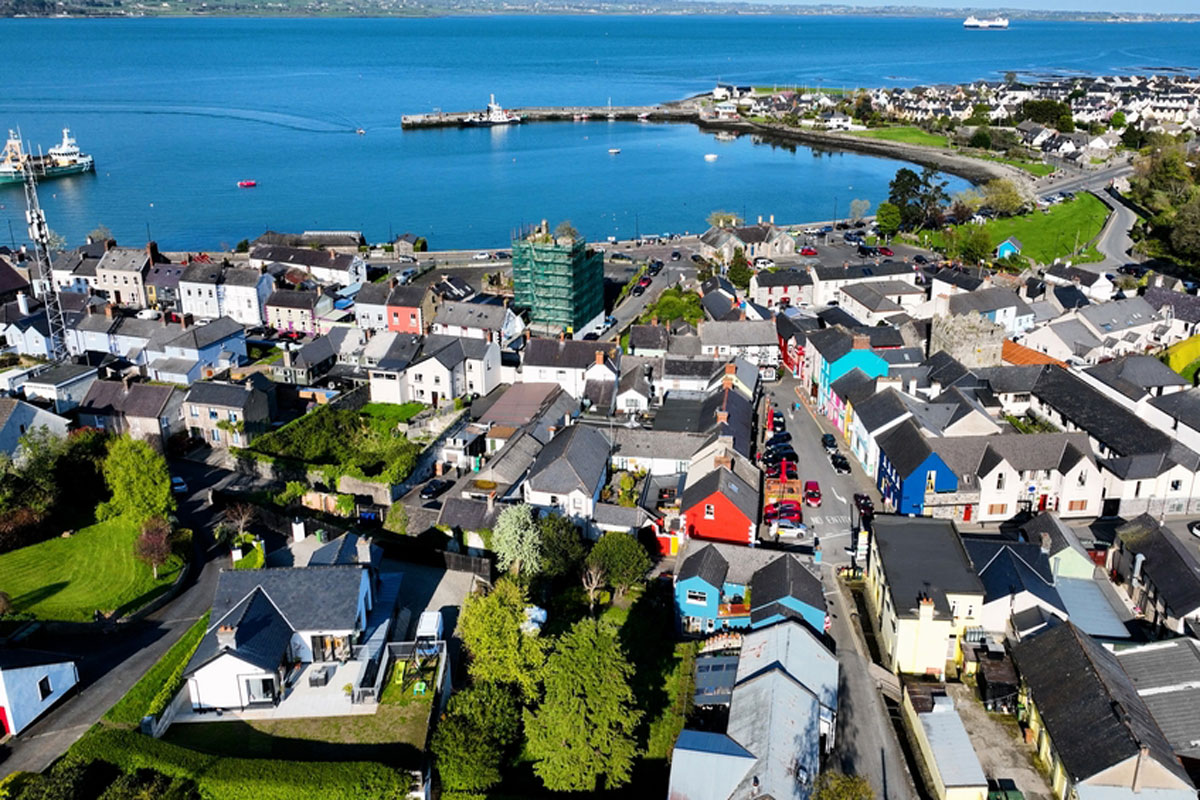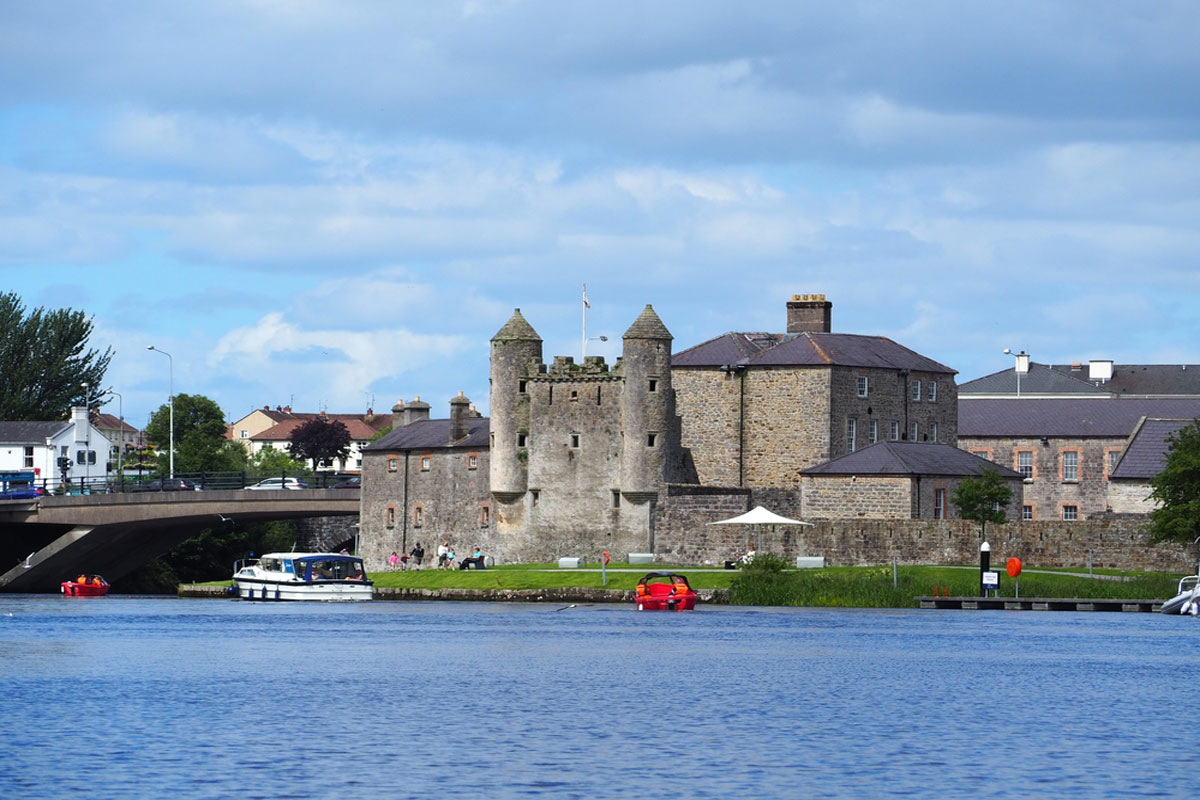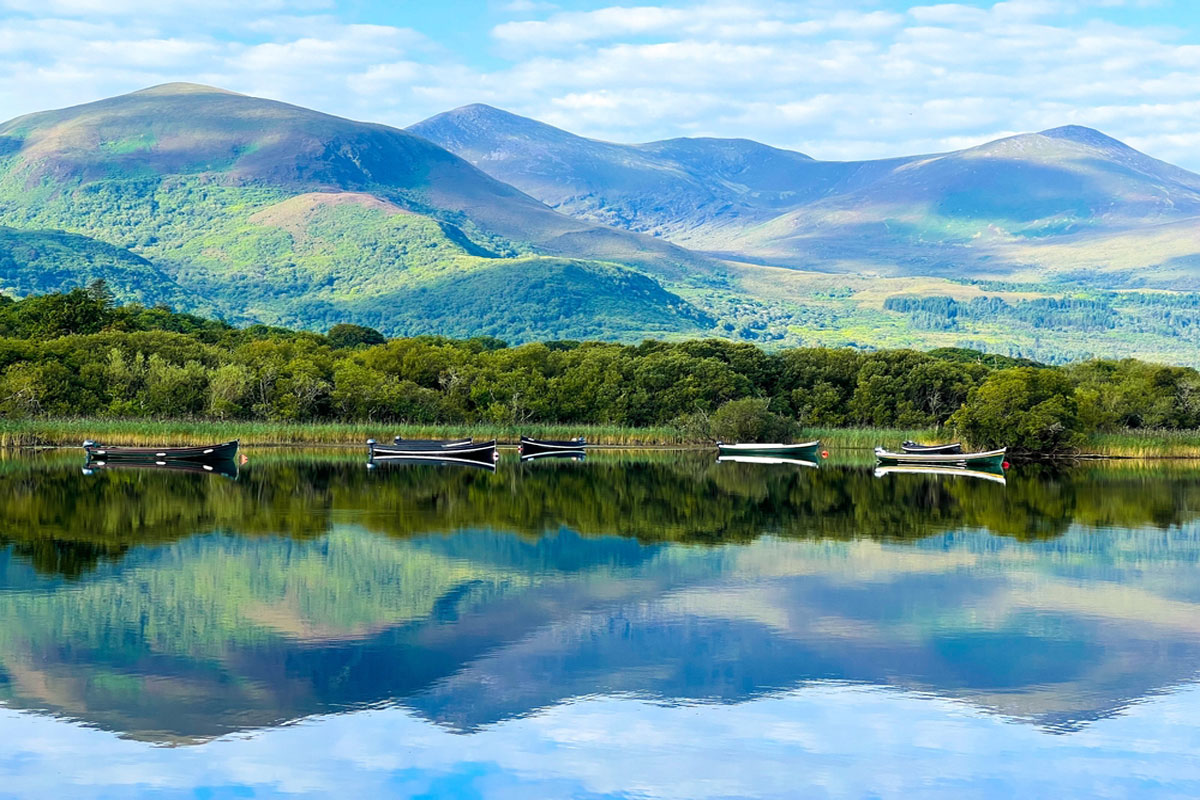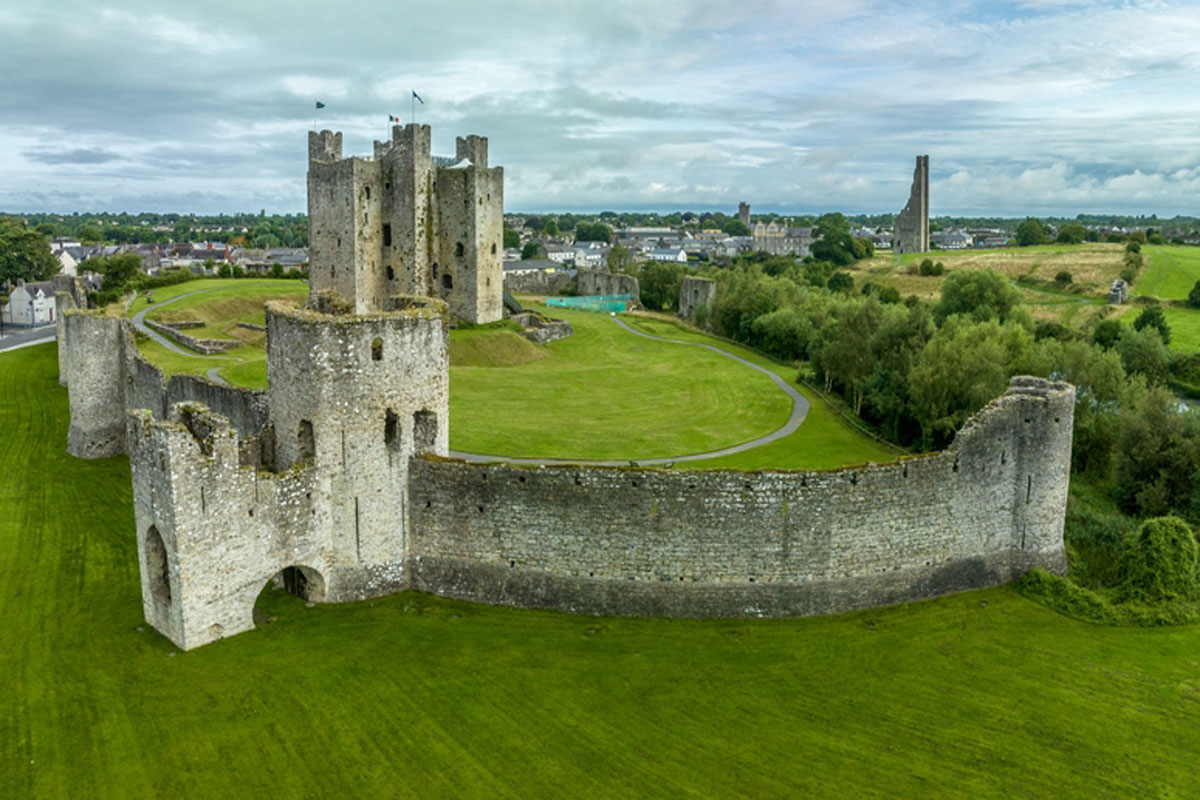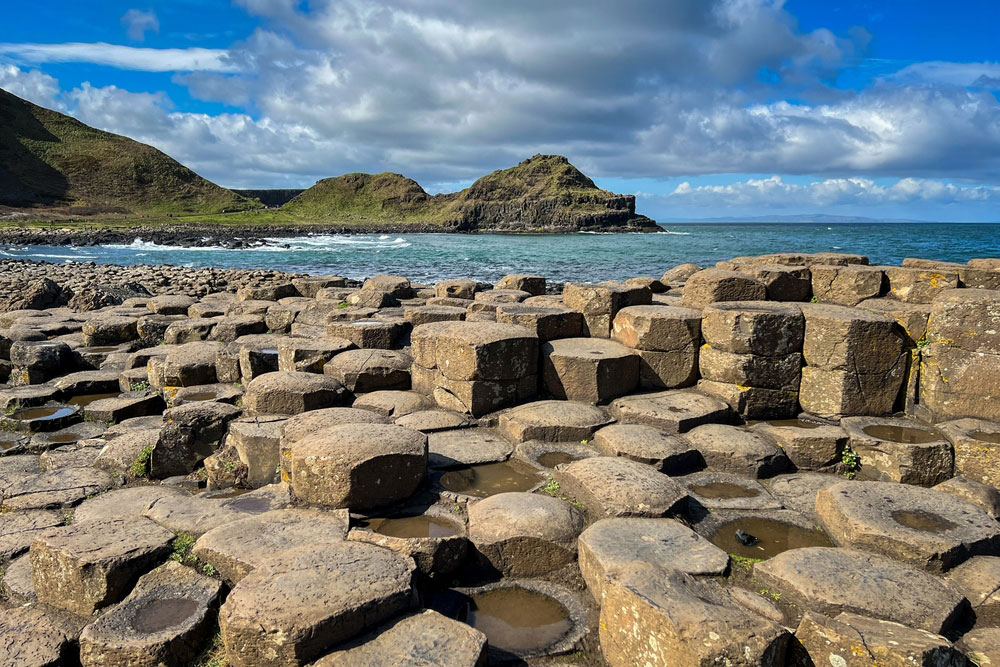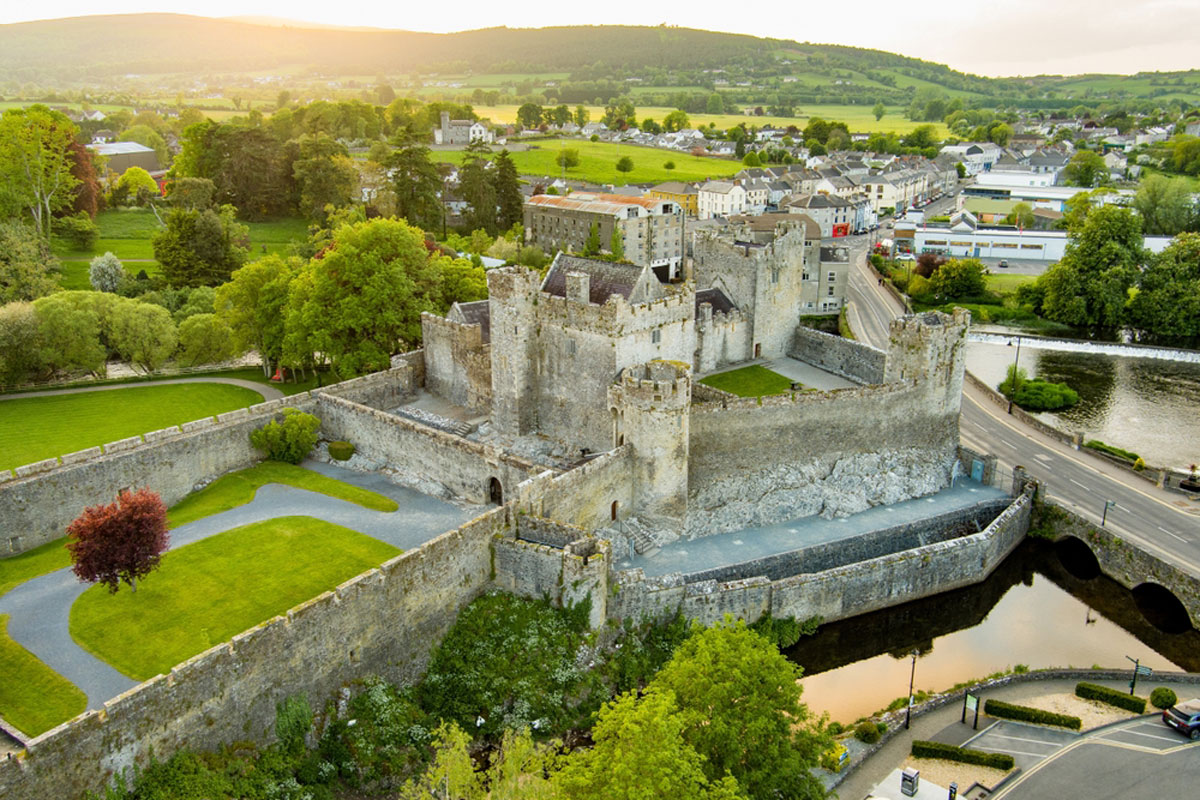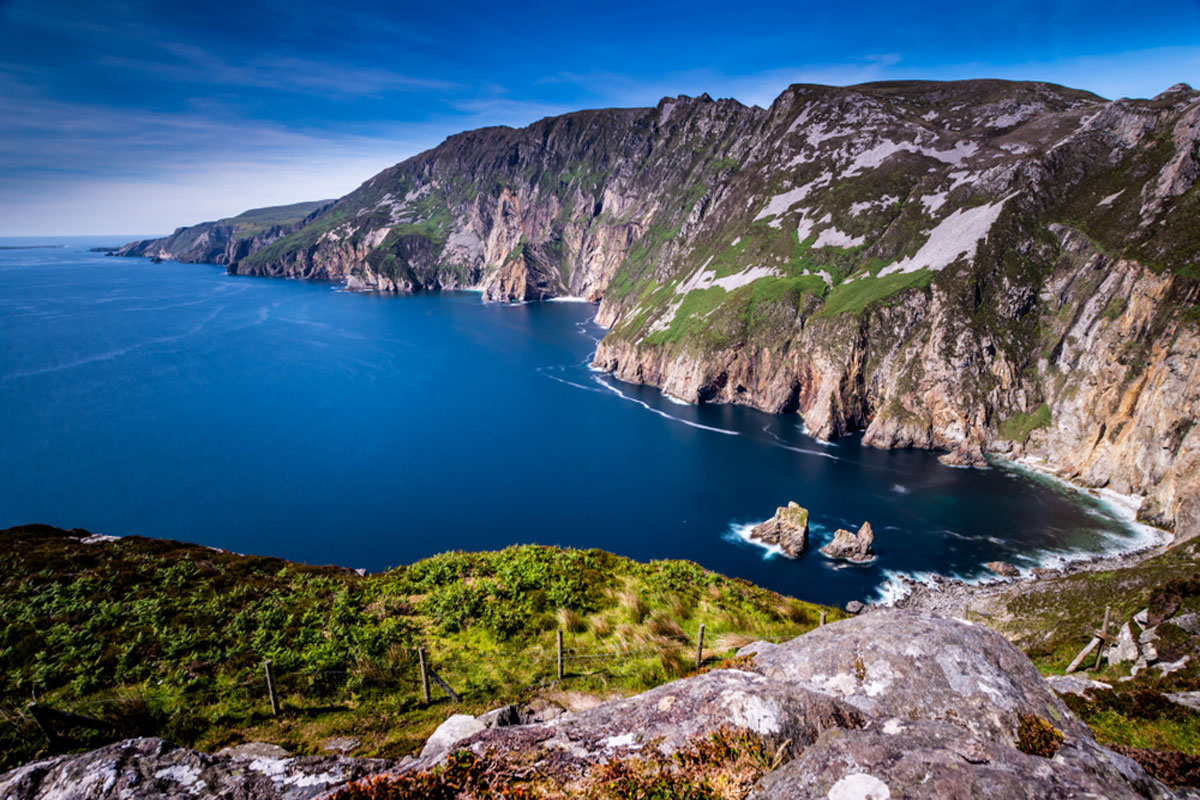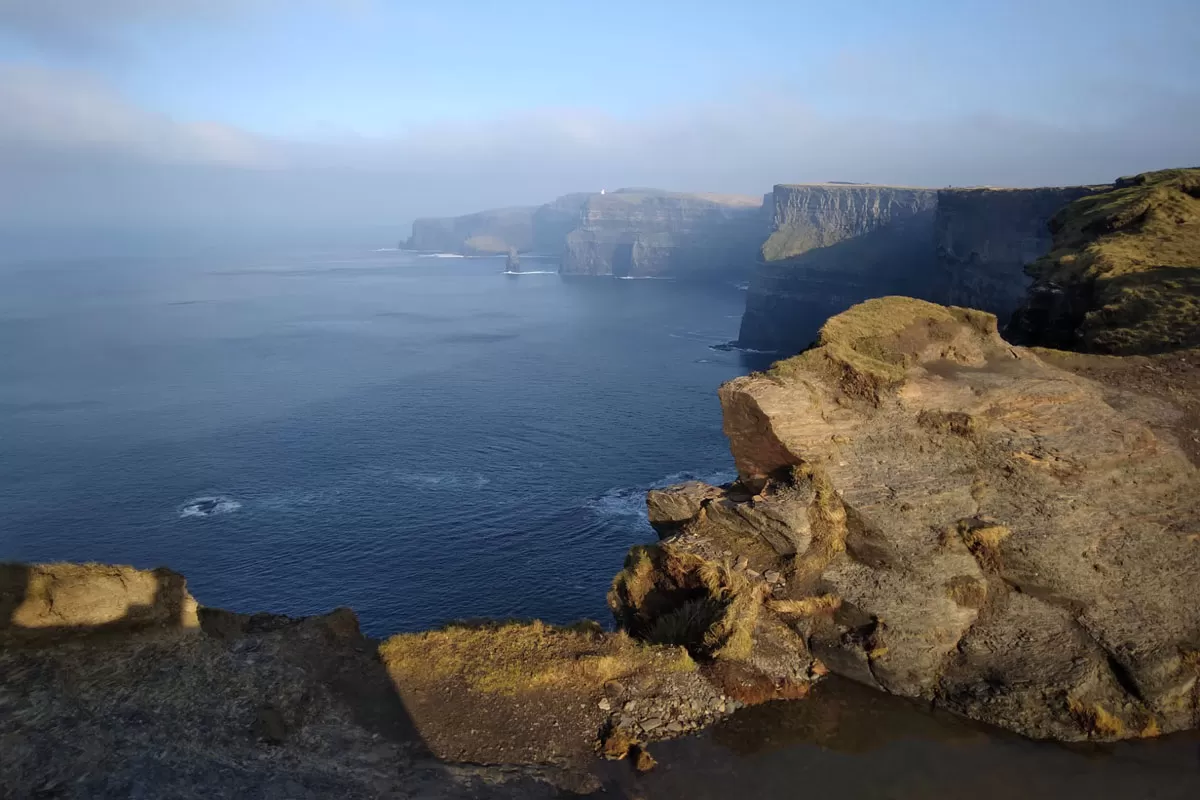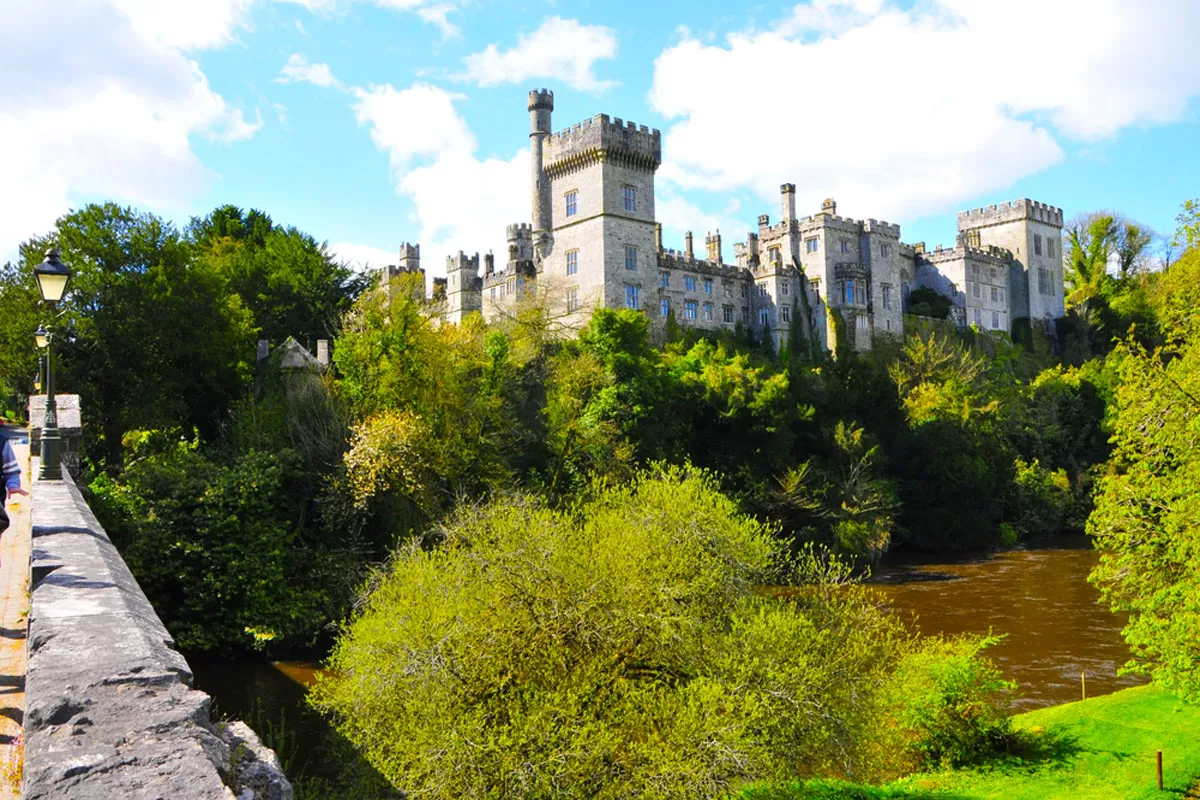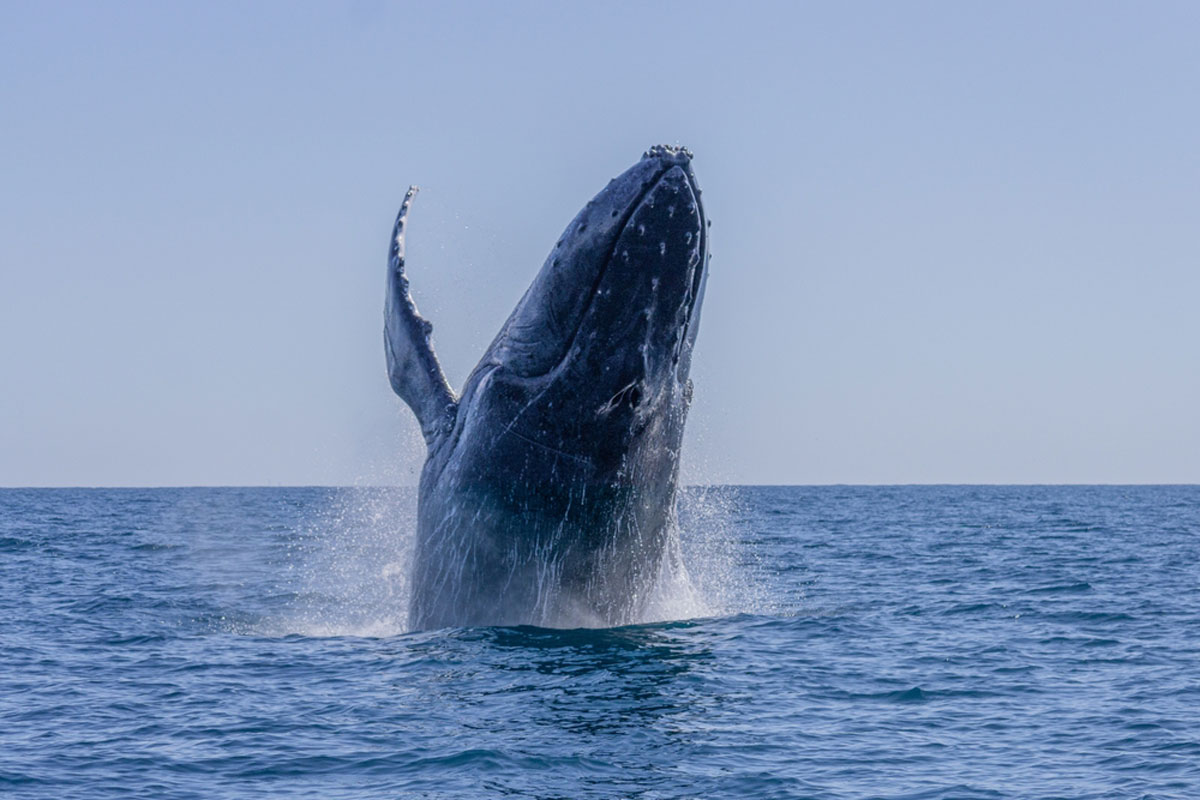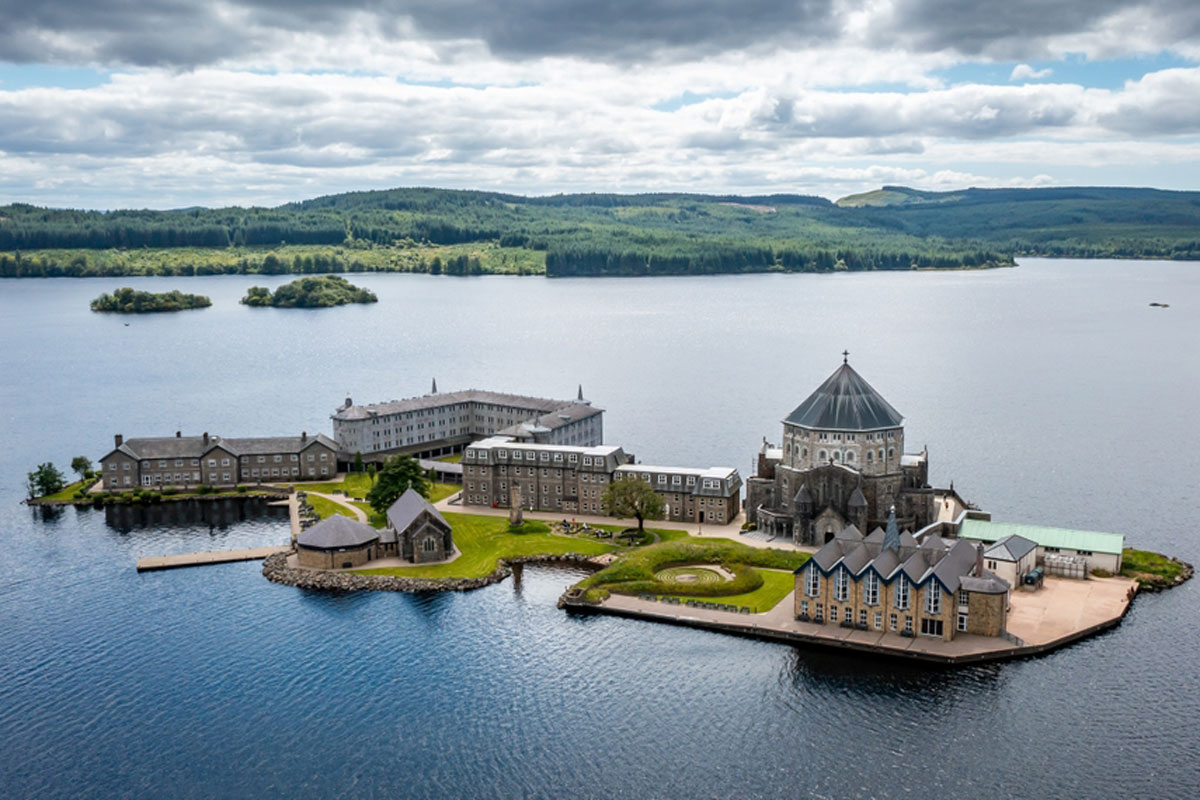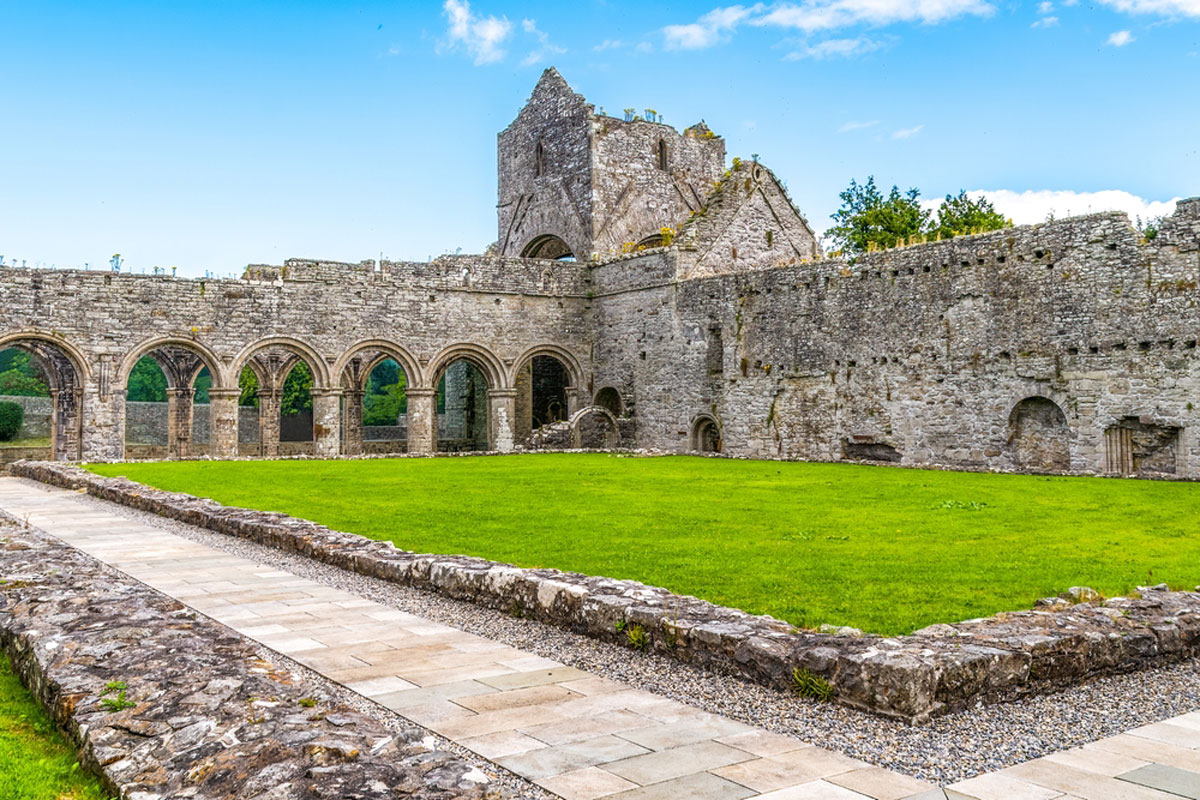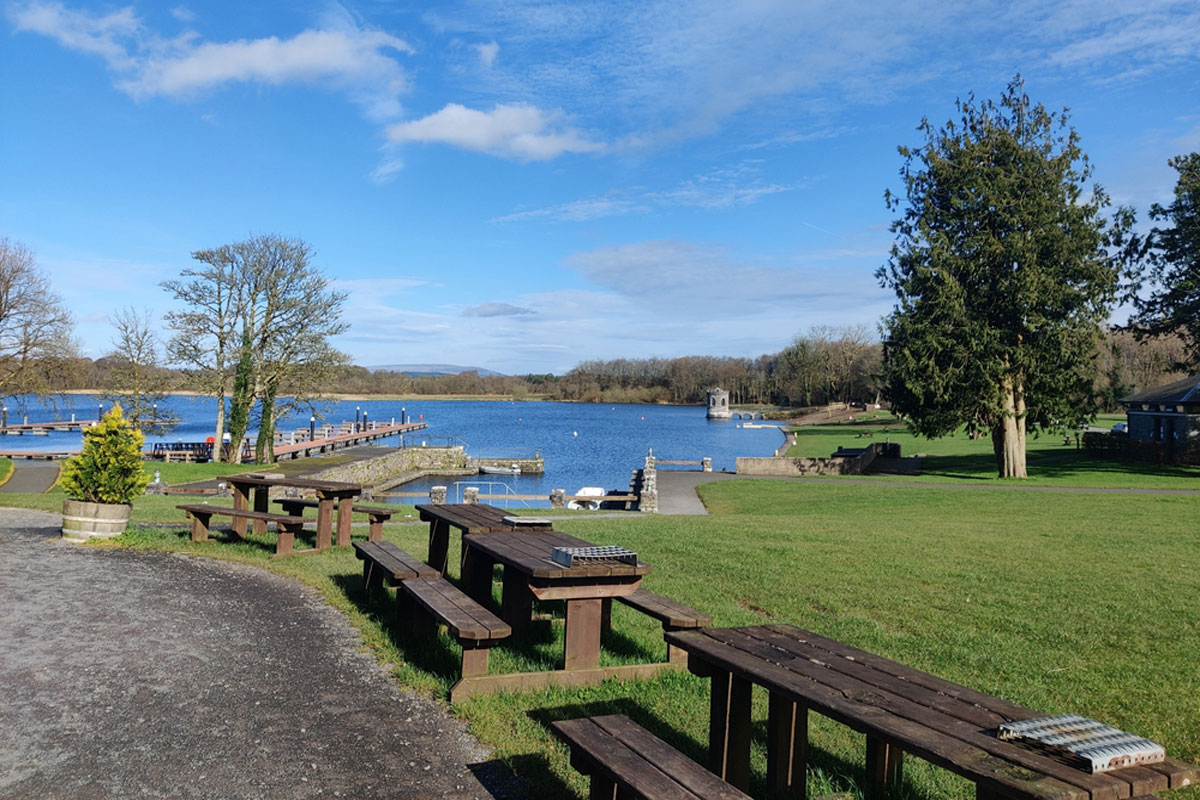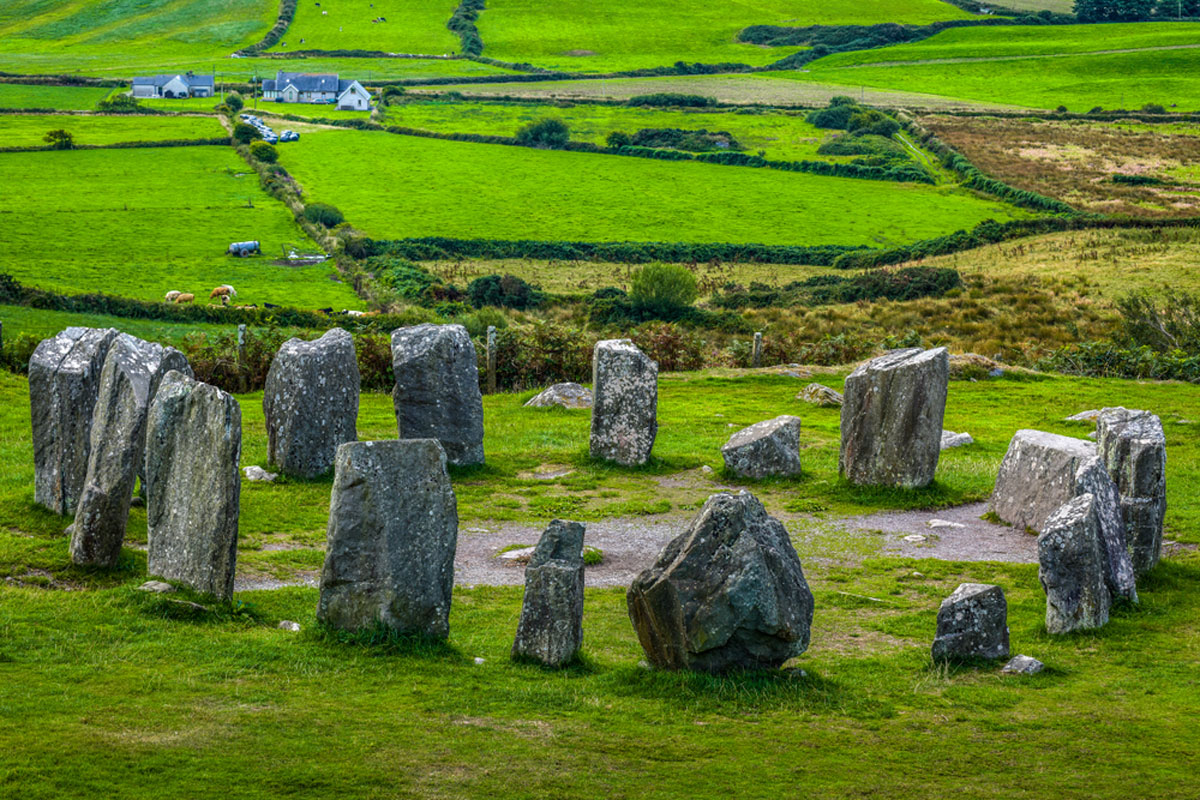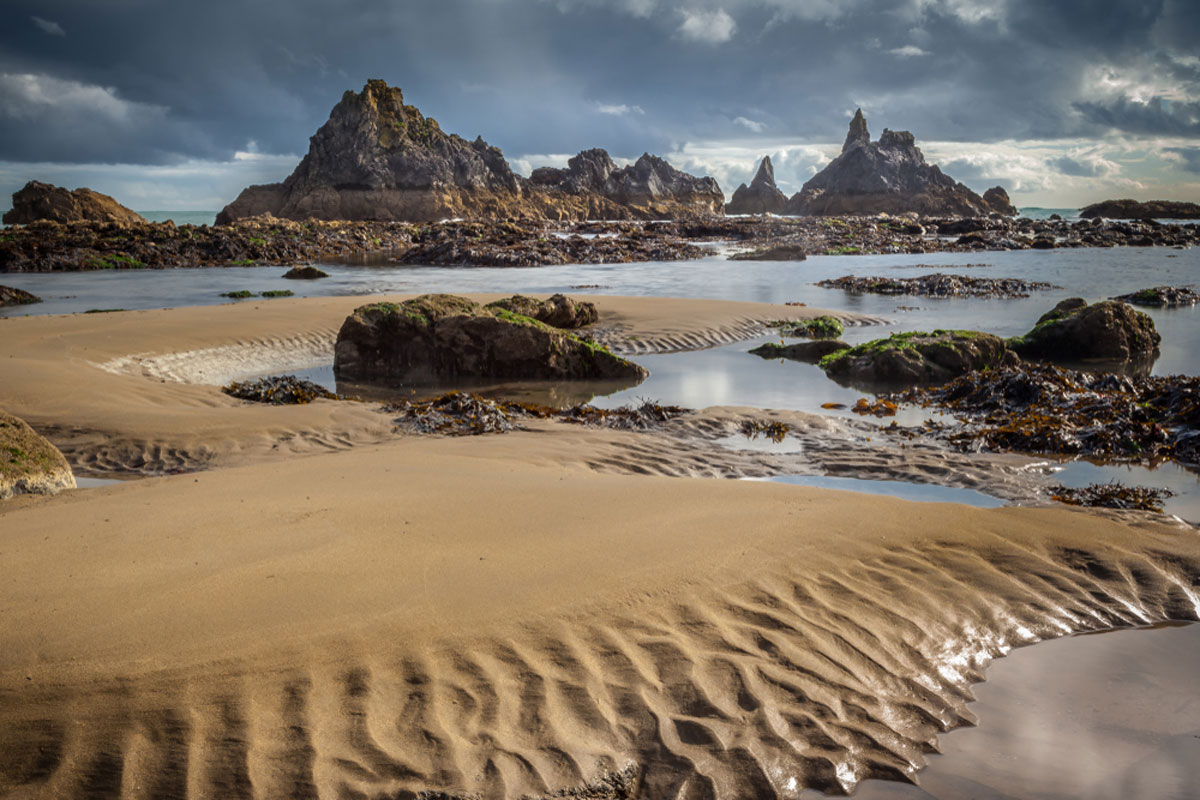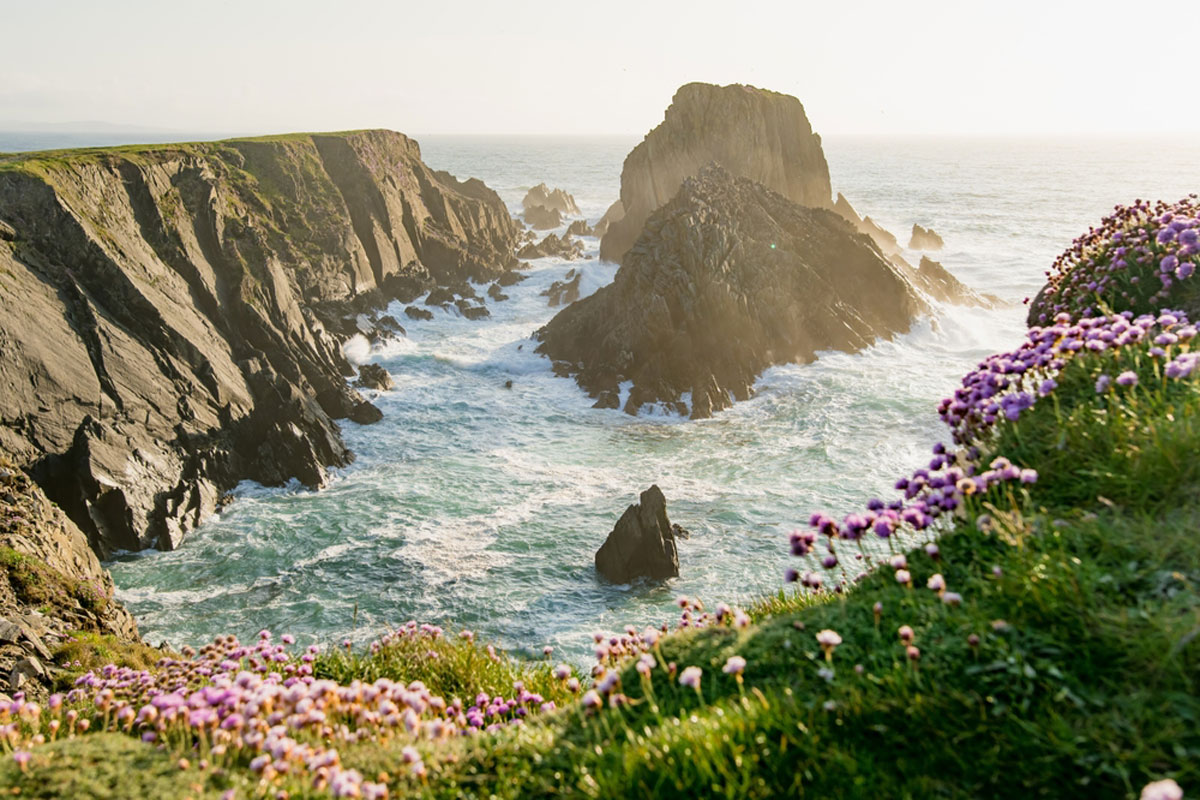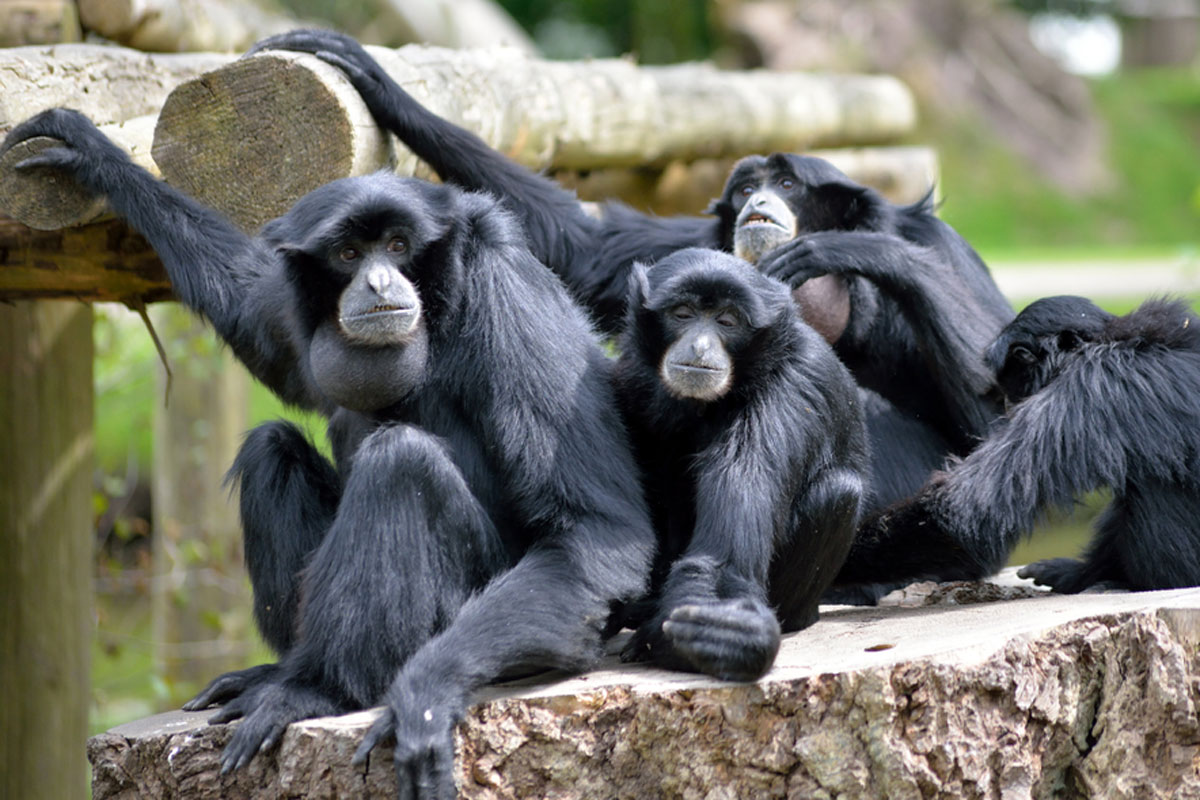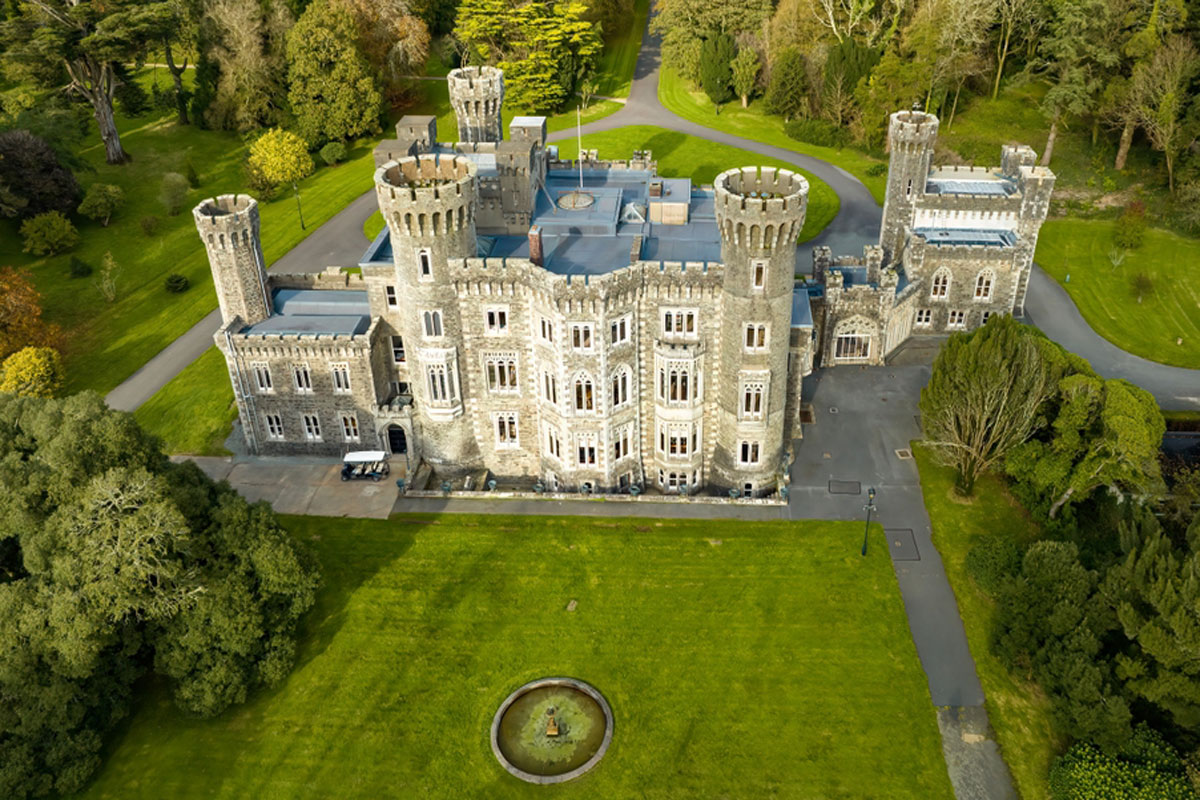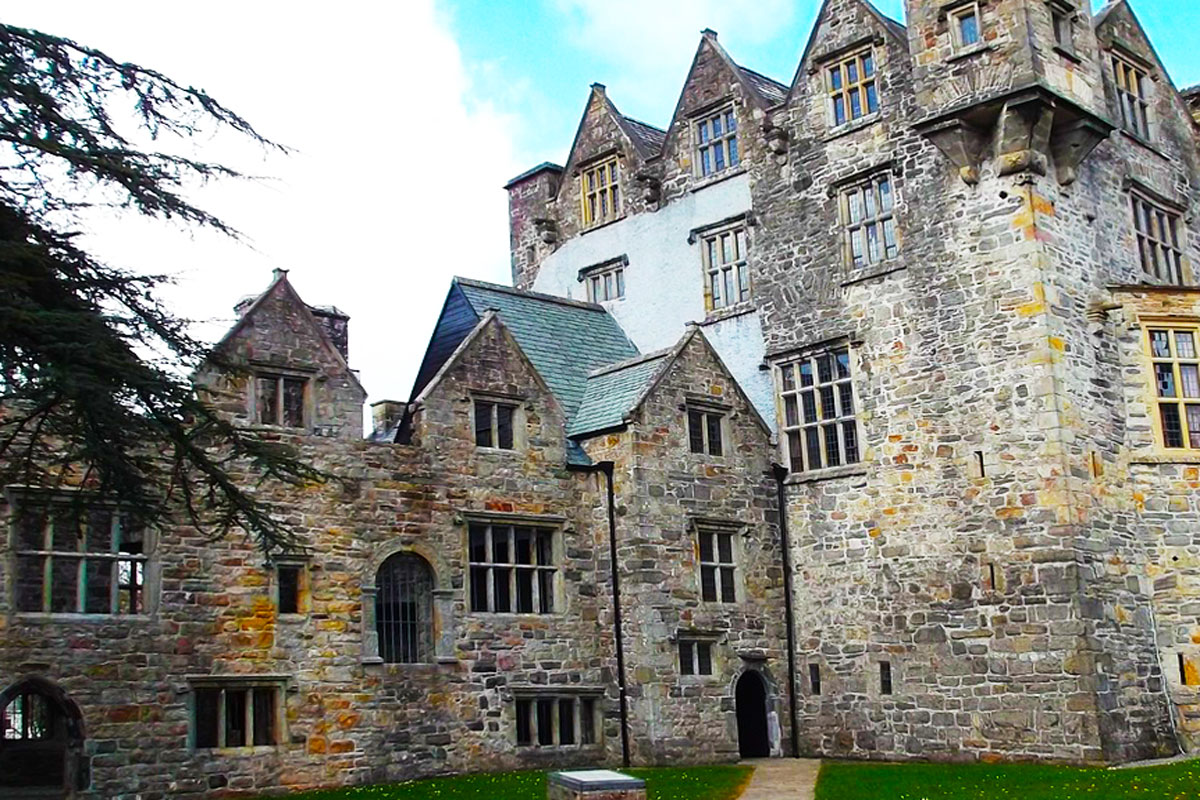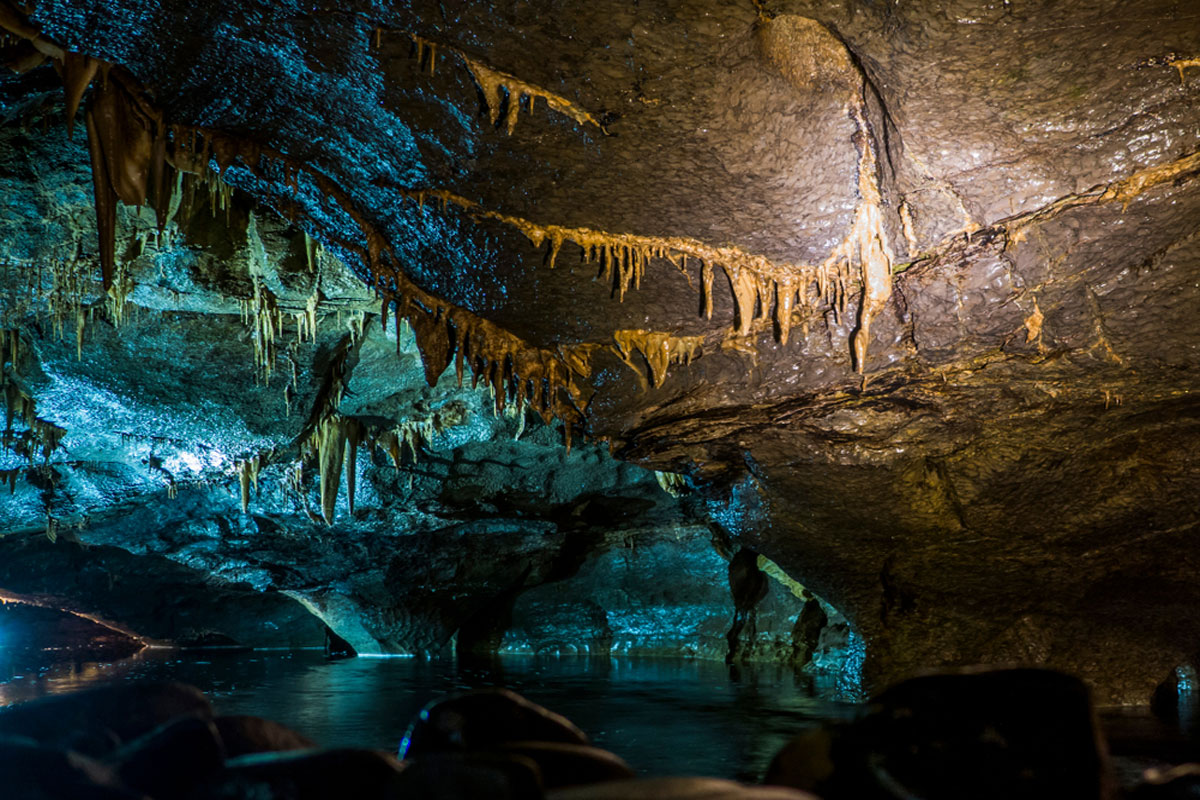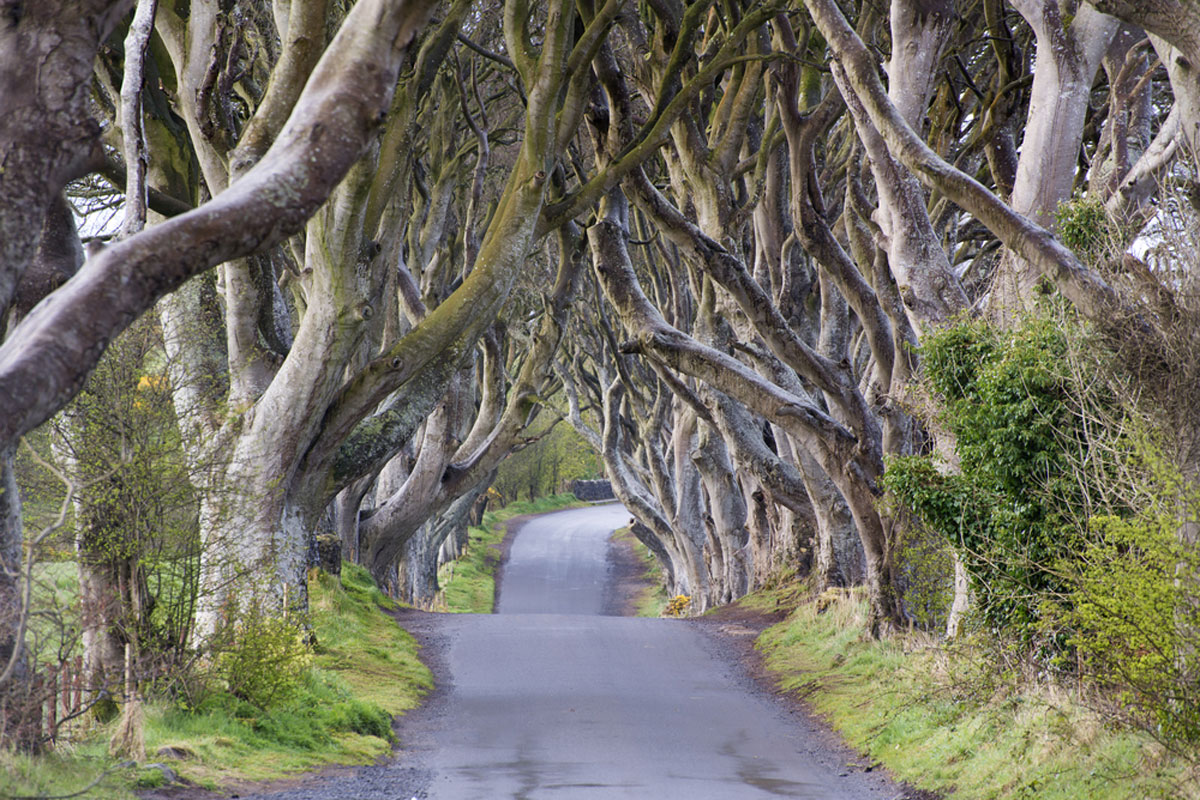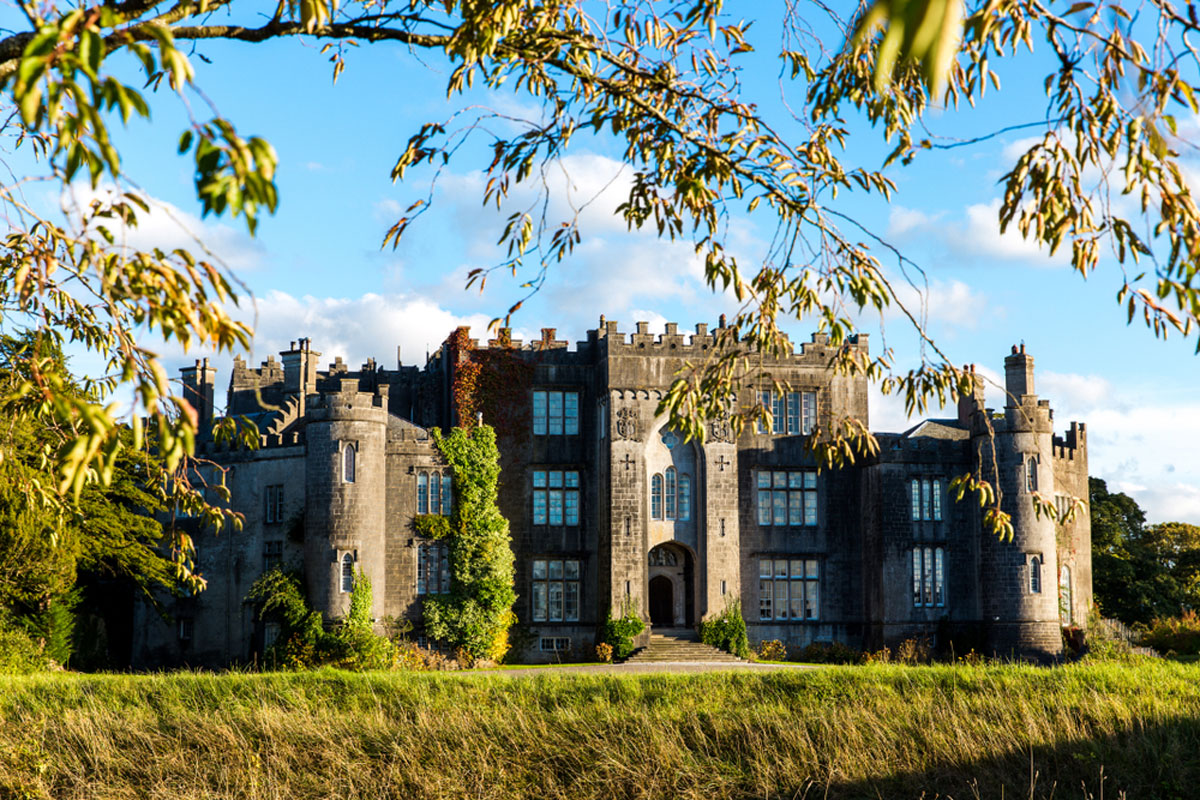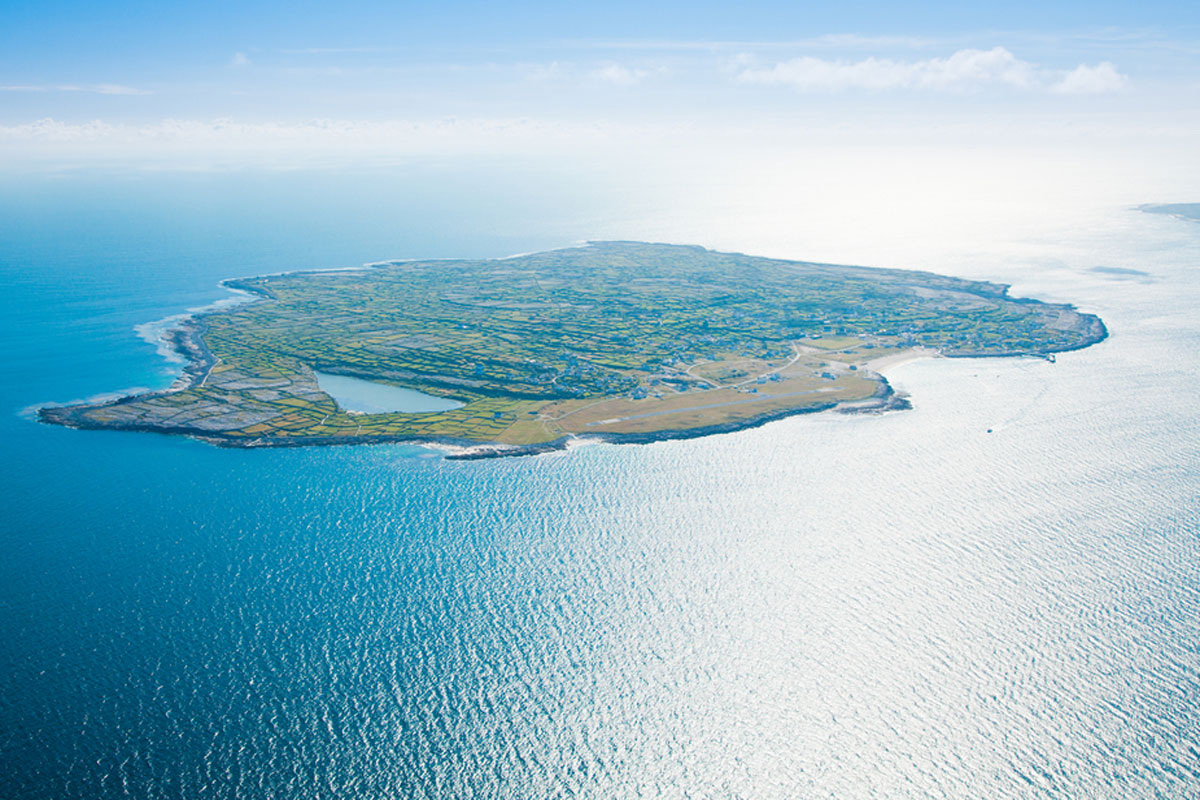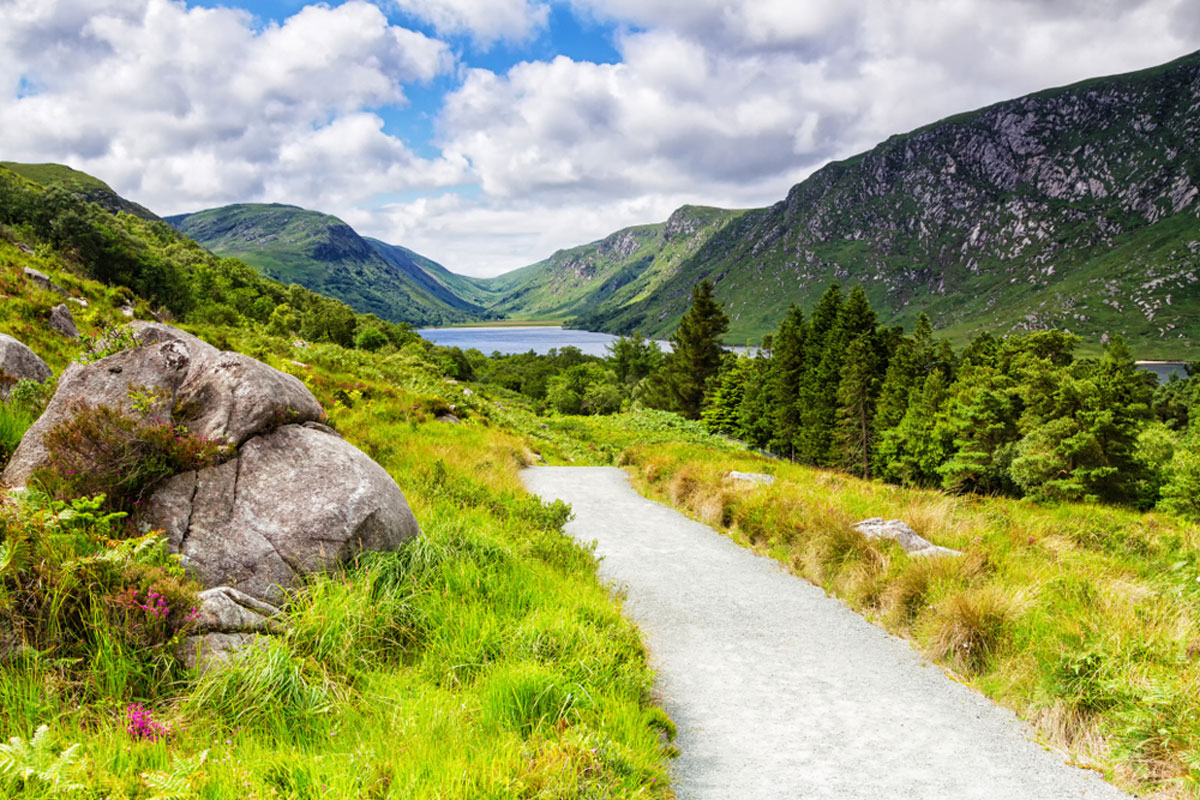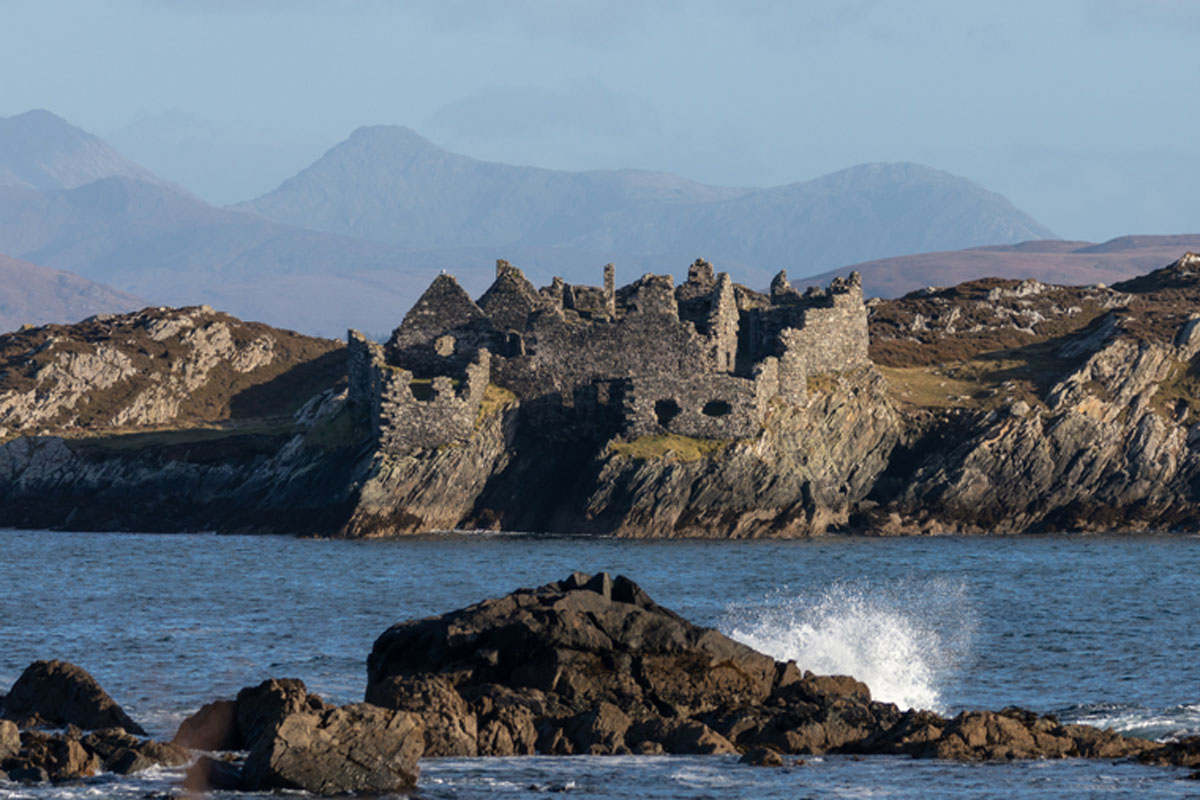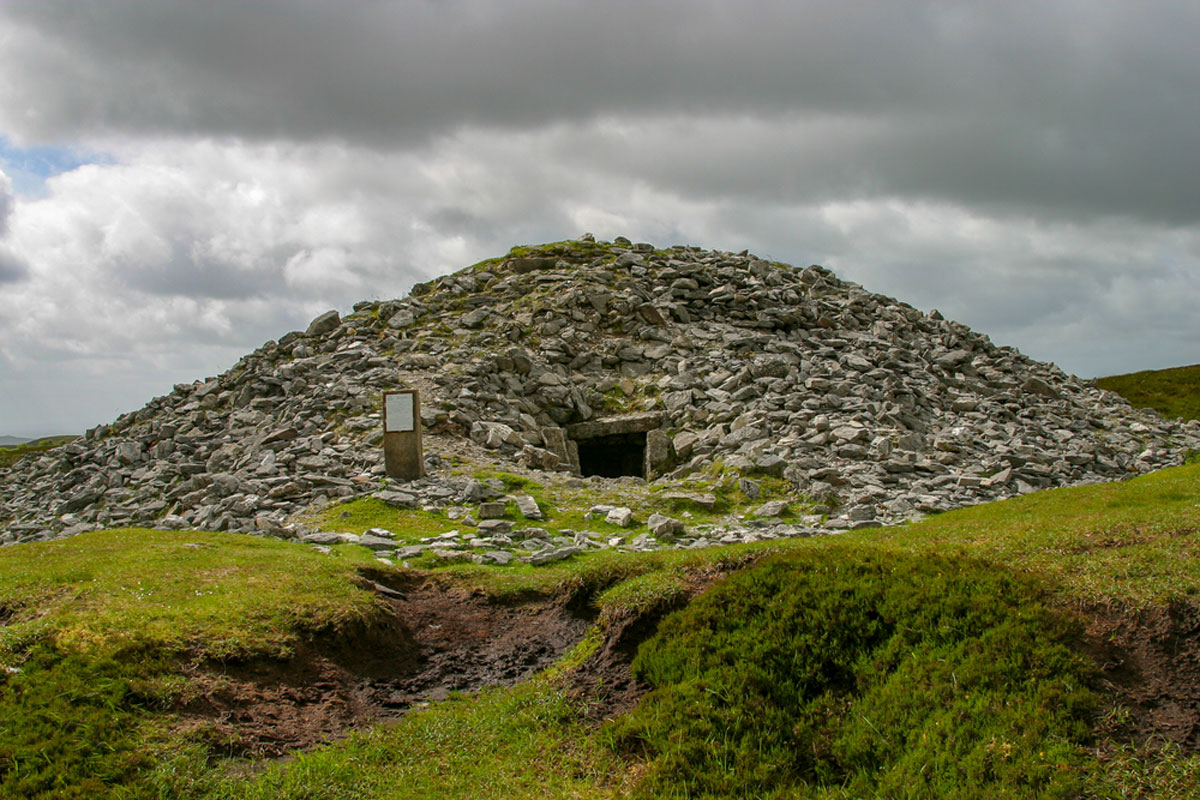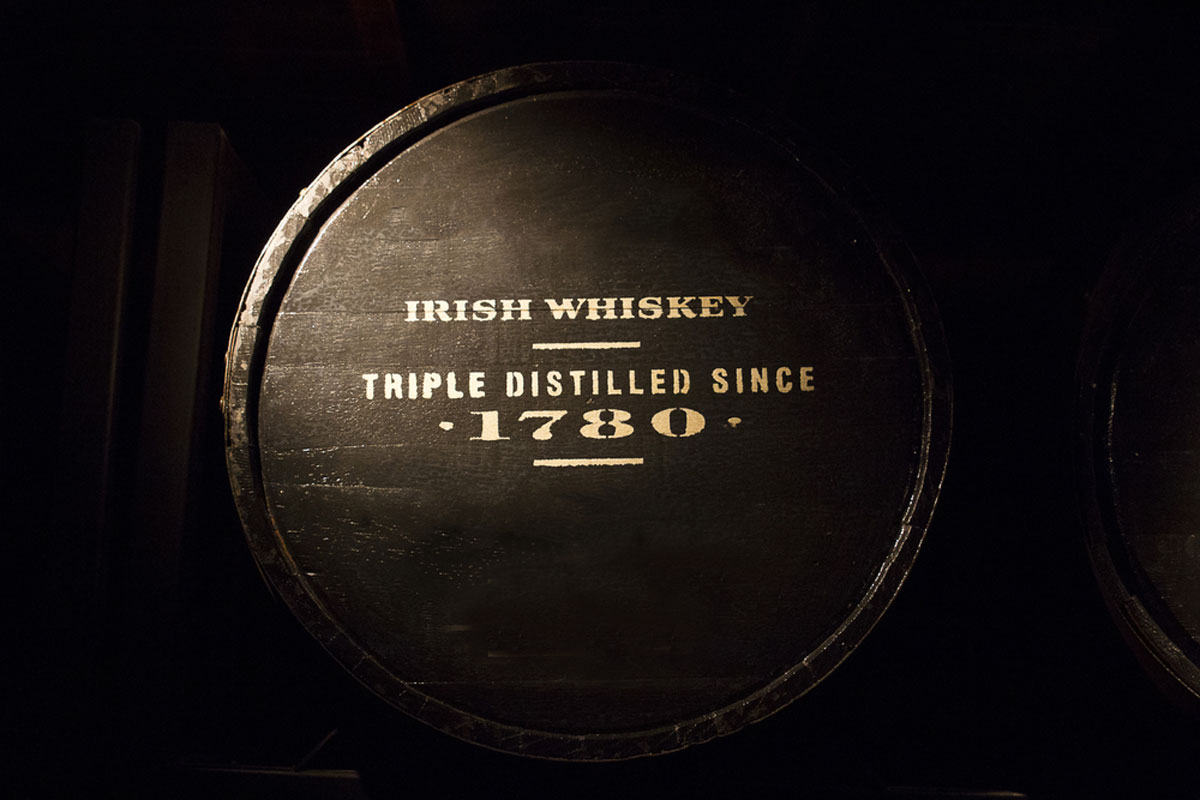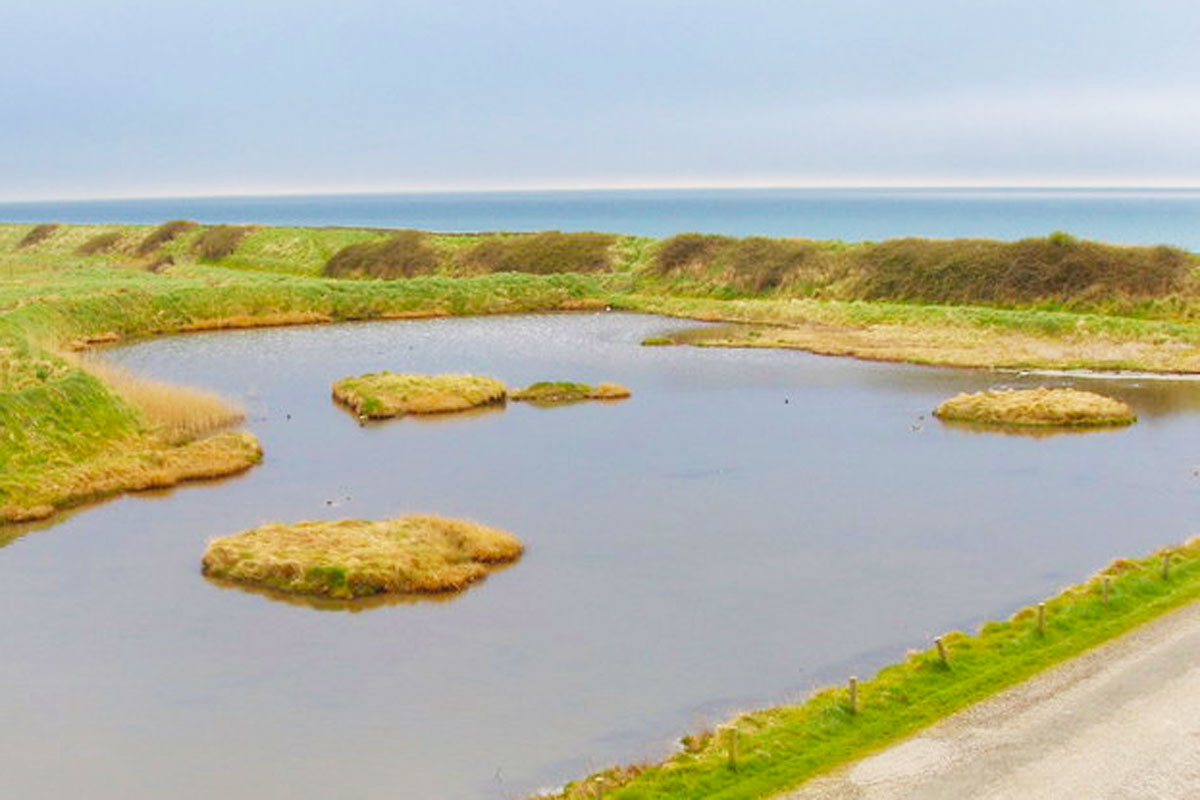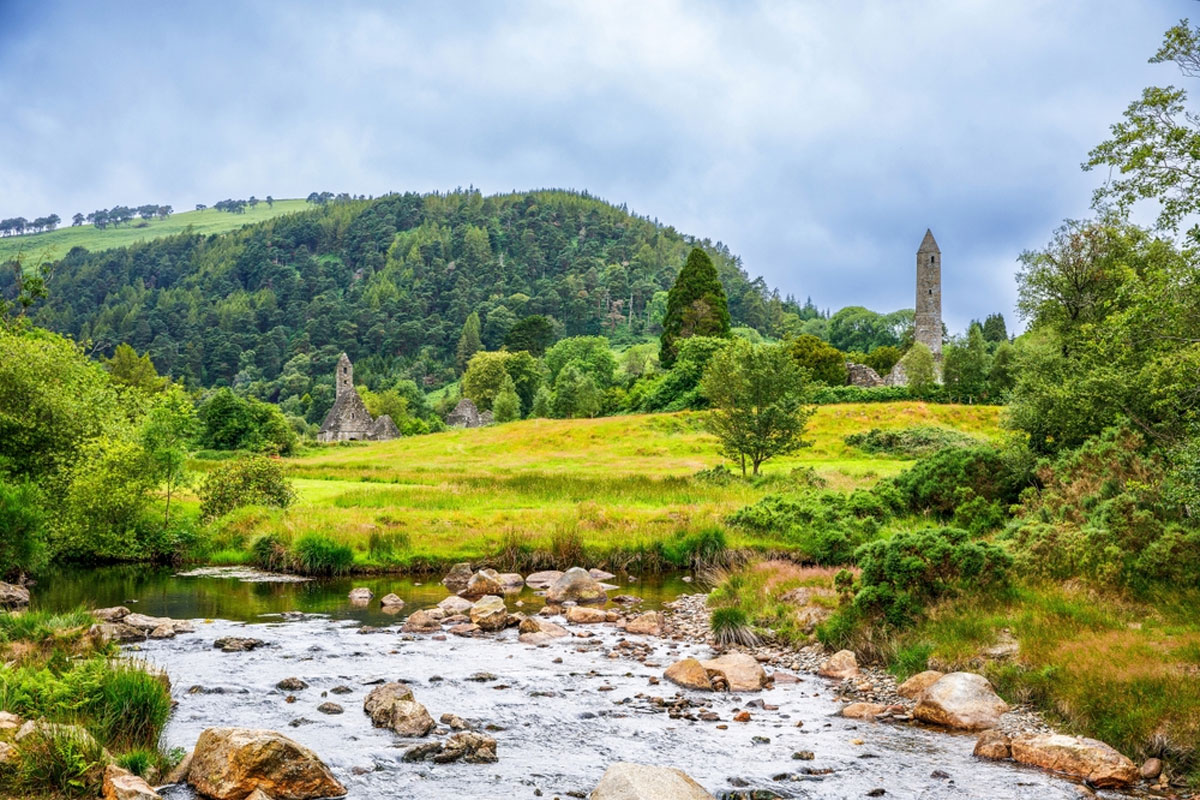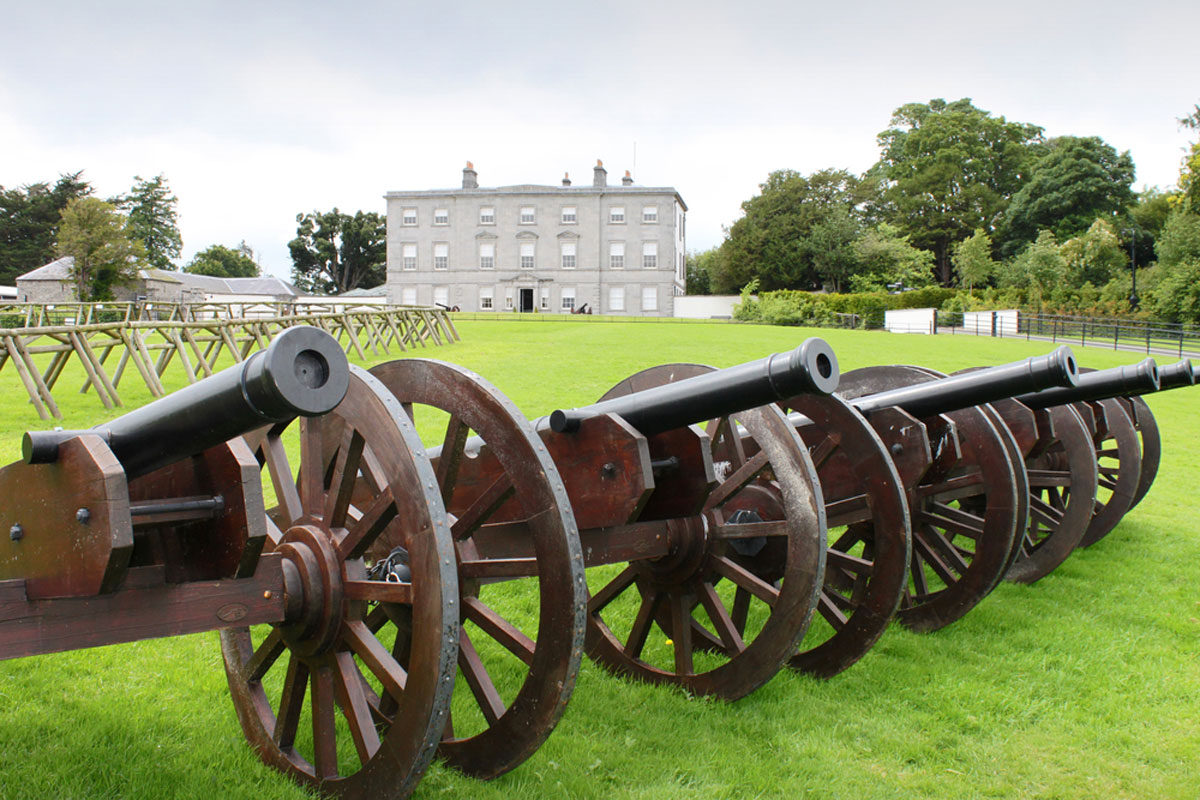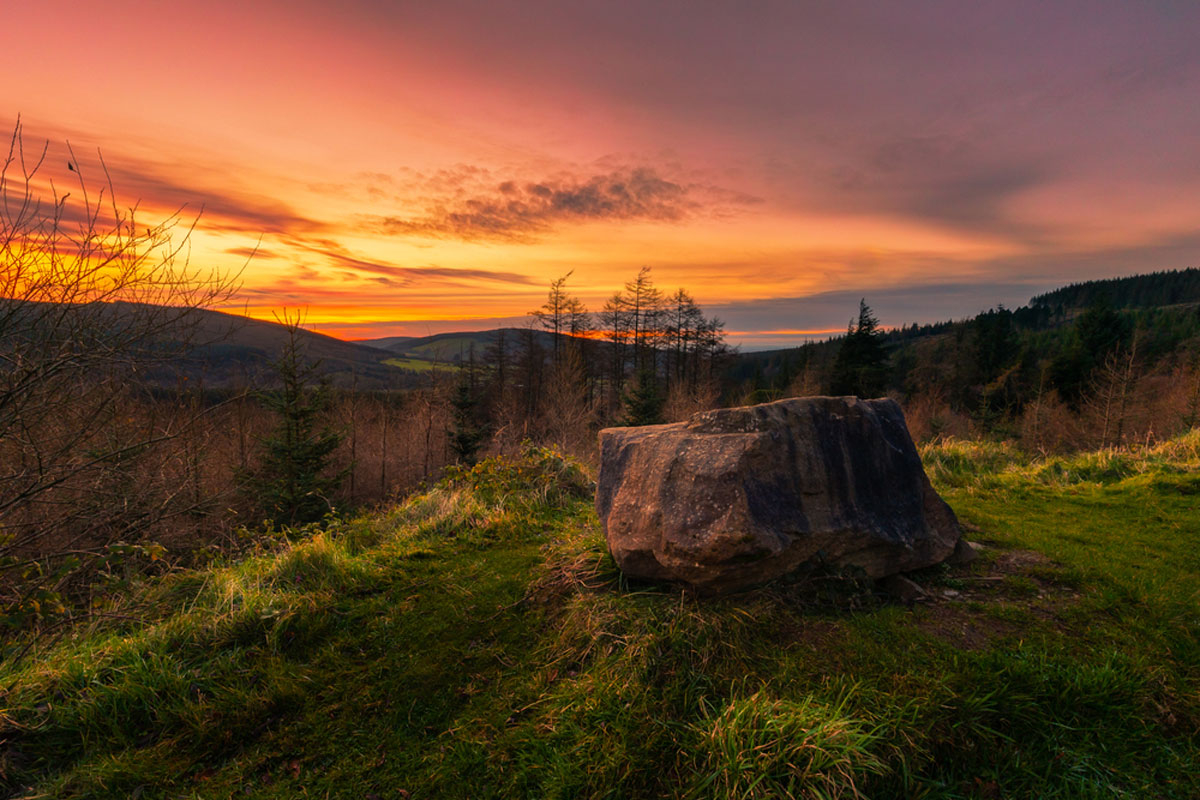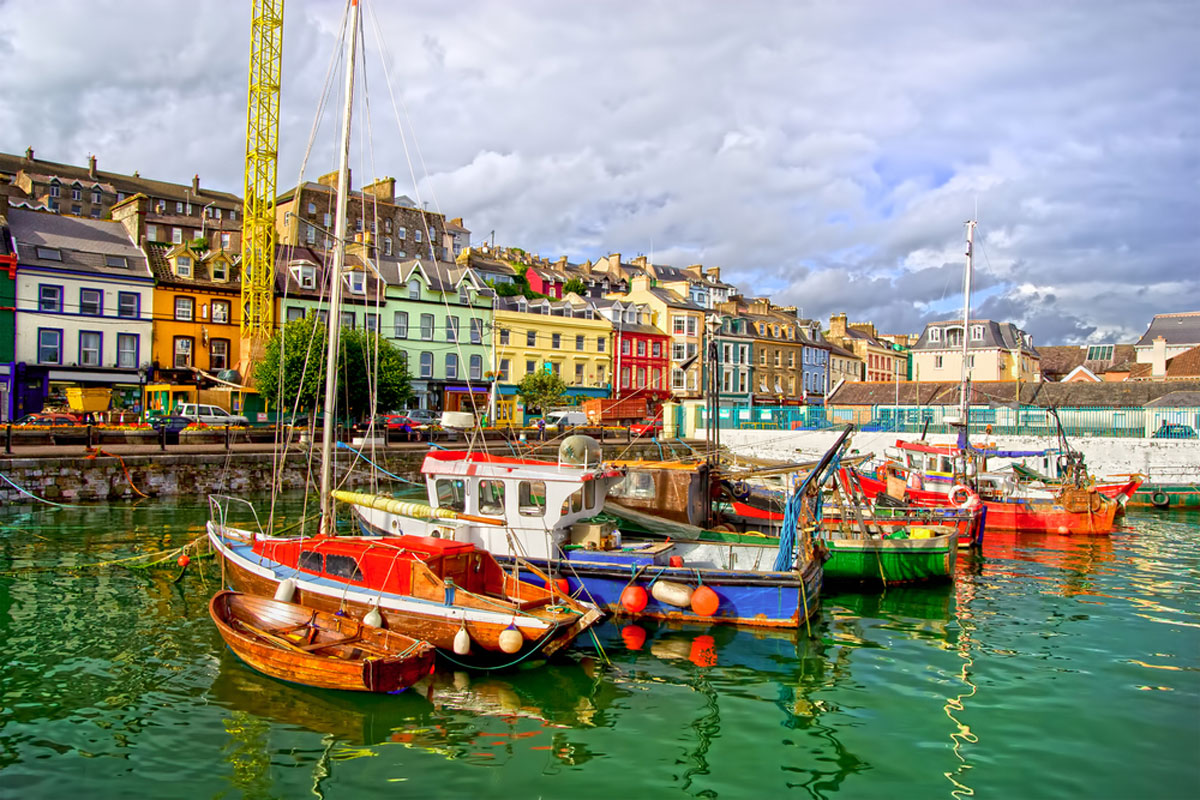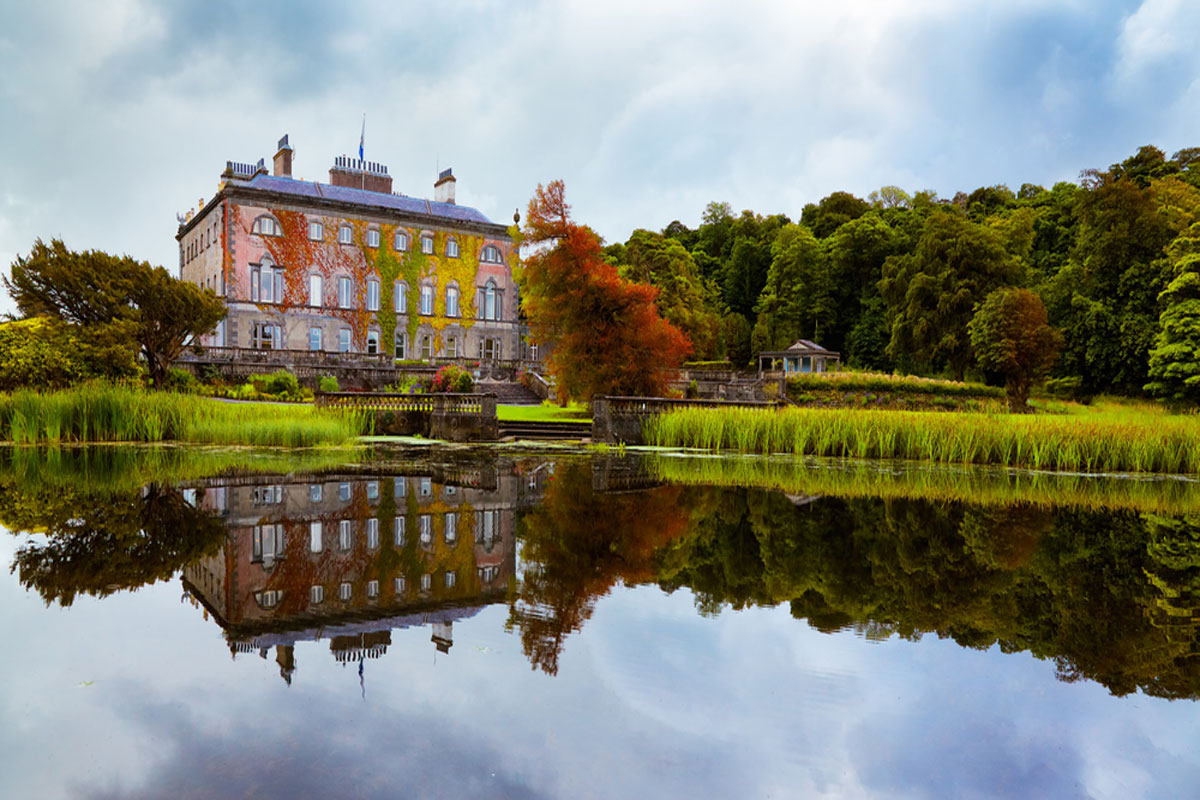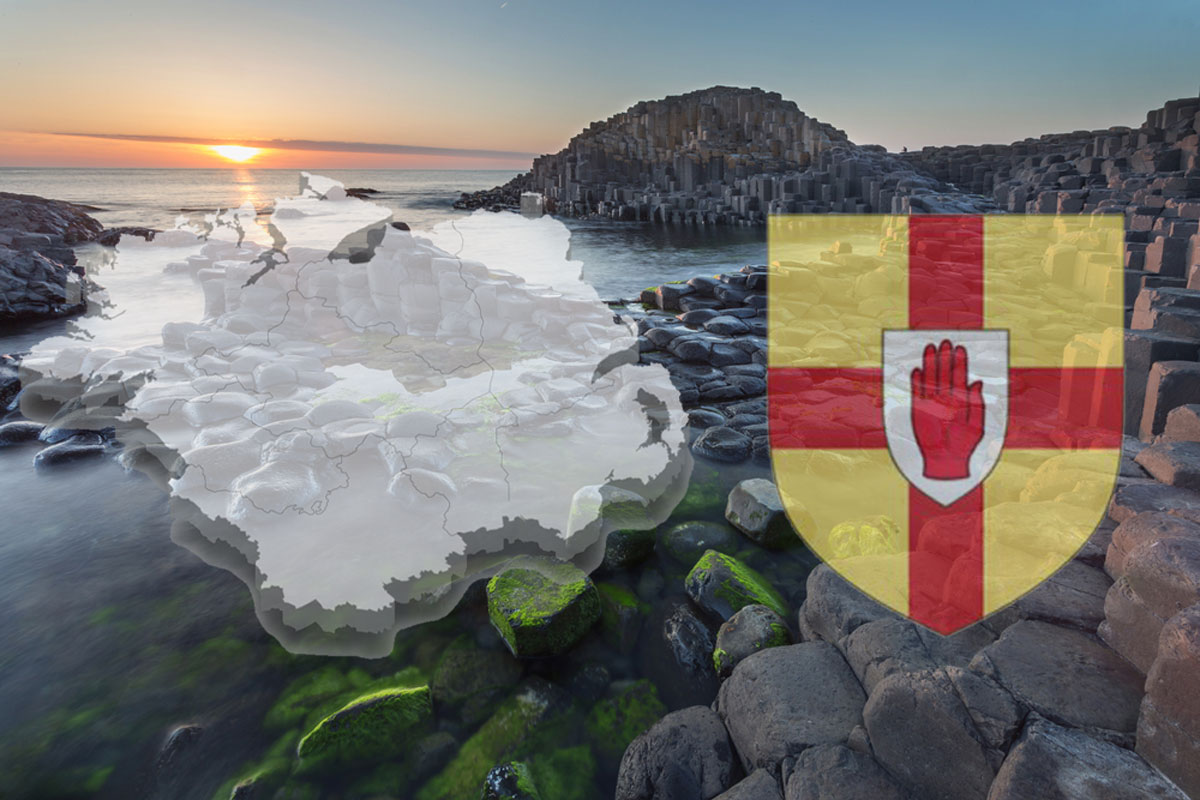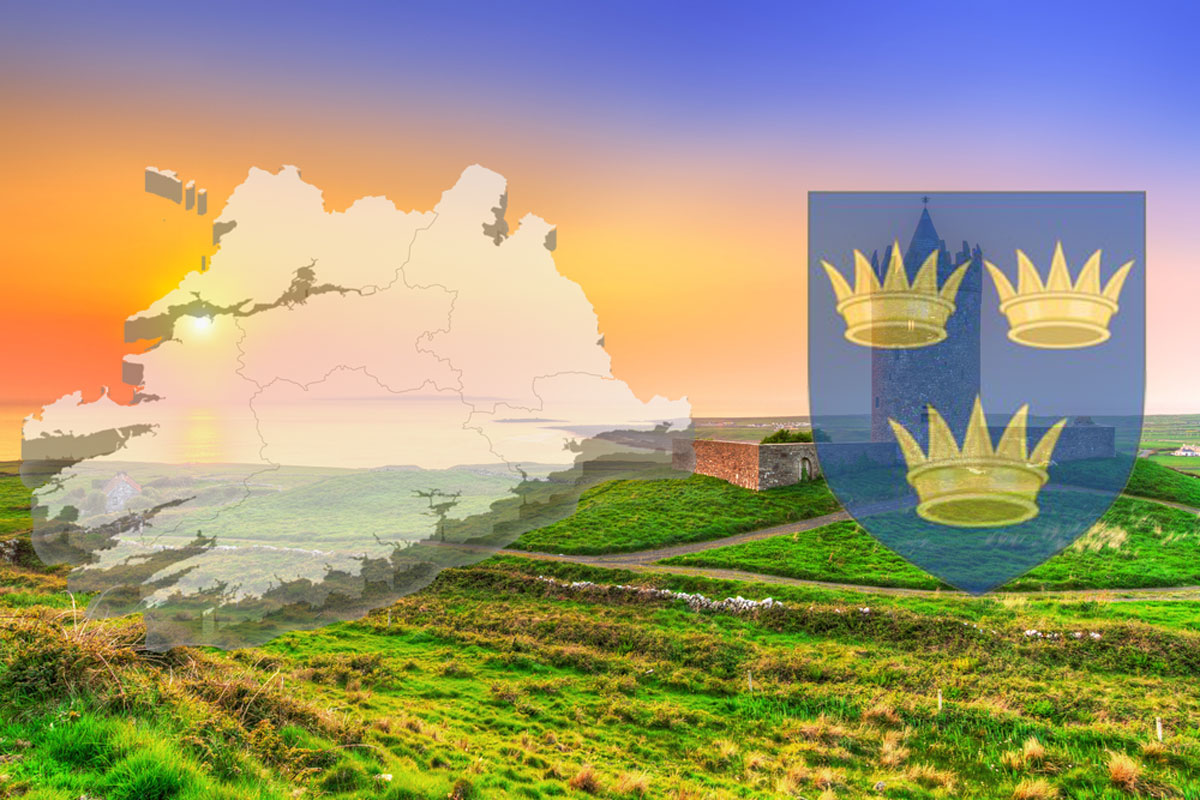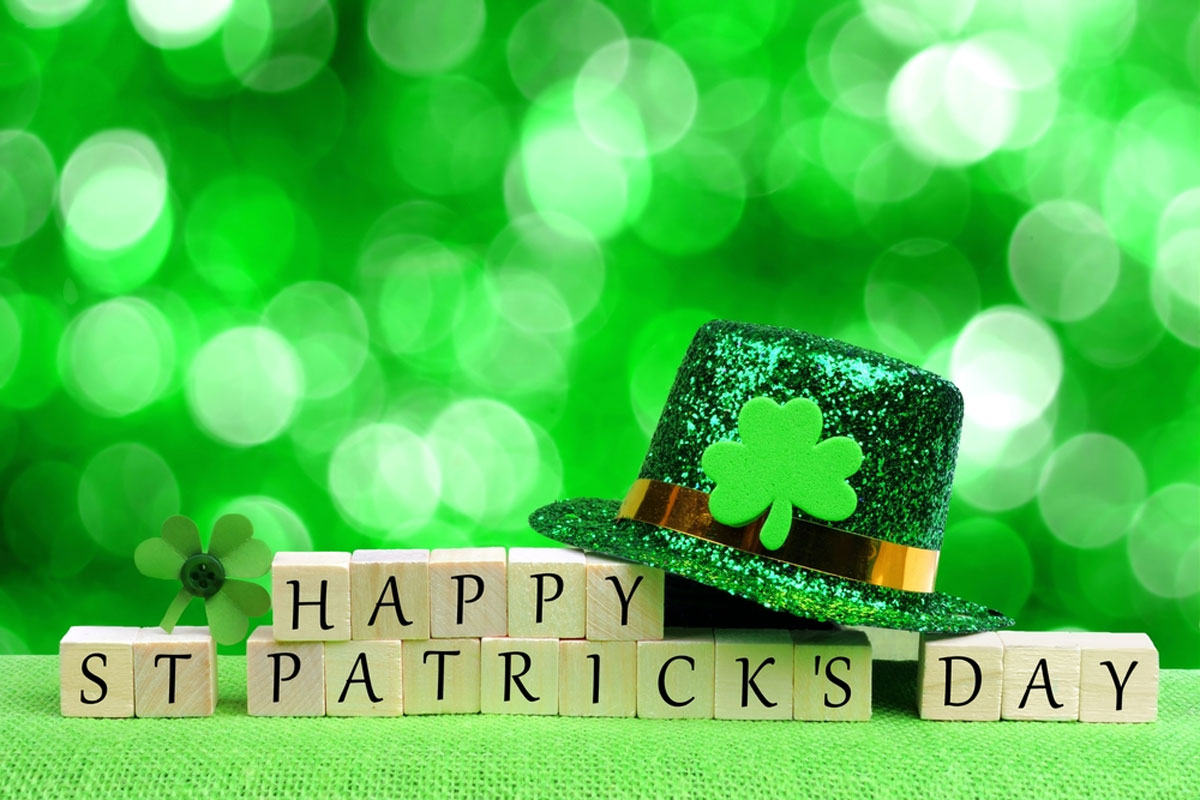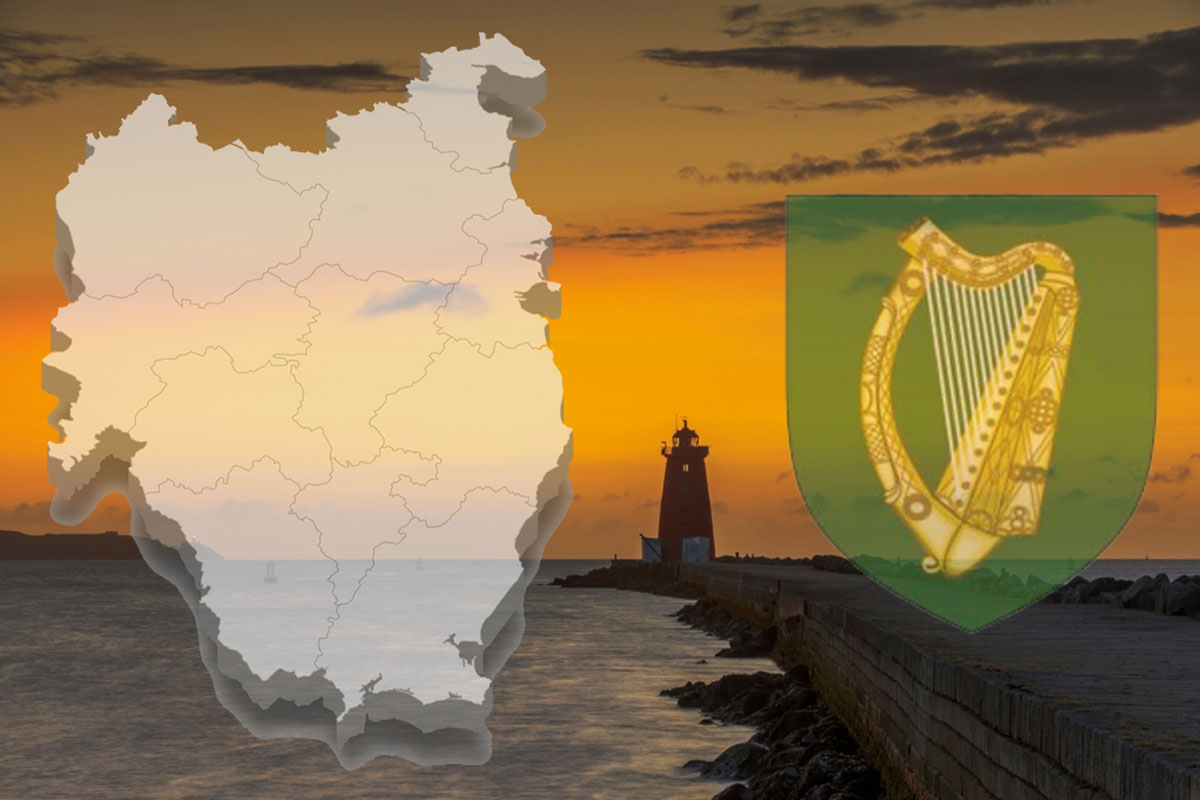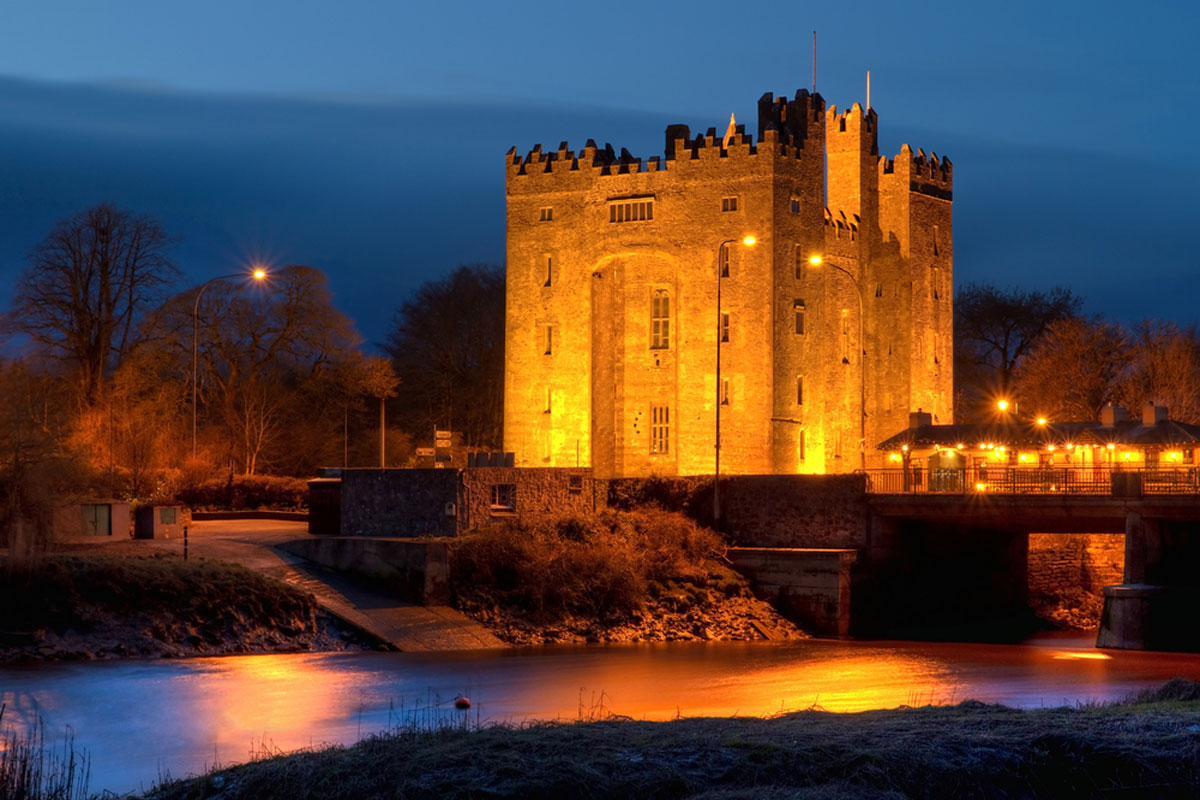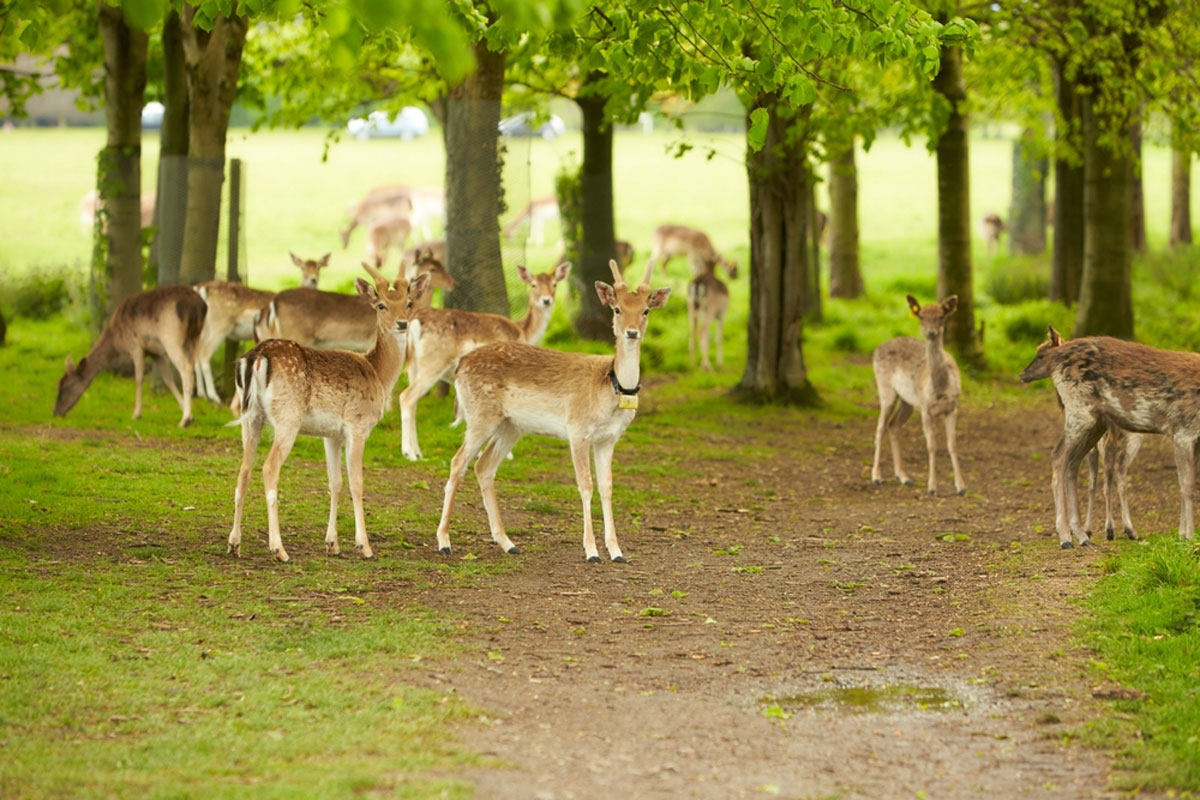Origins of the Banshee and Her Haunting Cry
In Irish folklore, few figures evoke the same eerie fascination as the Banshee, a wailing spirit who foretells death. Known as the “Bean Sidhe” in Irish Gaelic, meaning “woman of the fairy mound,” the Banshee is described as a ghostly female figure whose chilling wail is said to signal an impending loss in the family of the one who hears it.
The Banshee legend has evolved over centuries, with stories dating back to the medieval period when Irish clans would receive keening cries from women as a sign of respect and mourning. In some accounts, the Banshee is depicted as a beautiful young woman, while in others, she is an older, more frightening figure with a ghostly, otherworldly aura. These two forms—one ethereal and serene, the other terrifying and wild—are thought to reflect the dual aspects of mourning itself: sorrow and fear.
Places of Interest
To trace the Banshee’s history and influence, we start with Claregalway Castle in County Galway, a medieval fortress with its own tales of ghostly visits. Local folklore holds that a Banshee frequents the castle grounds, her cries echoing near the ancient stone walls on quiet nights. Those who have visited often remark on the strange sense of unease, as if the veil between the world of the living and the supernatural is thin here.
Another legendary Banshee location is Lismore Castle in County Waterford, a castle with centuries-old stories of the Banshee haunting the grounds. It’s said that the Banshee’s cries have been heard over the centuries by the castle’s owners and guests alike. Some who have heard the cries describe them as bone-chilling and eerily sad, linking them to mysterious deaths in the area.
Banshee Lore at Leap Castle – Ireland’s Most Haunted Fortress
Leap Castle in County Offaly is known as one of Ireland’s most haunted places, with a dark history that includes gruesome family feuds, mysterious murders, and paranormal activity. But among the many spirits said to haunt Leap Castle, the Banshee stands out as a particularly chilling presence.
The Bloody History of Leap Castle
Built in the 13th century by the O’Bannon family and later taken over by the O’Carrolls, Leap Castle has seen centuries of bloodshed and betrayal. The O’Carrolls were known for their ruthlessness, with stories of family members turning against each other in a brutal power struggle. One of the most infamous events in the castle’s history is the murder of a priest by his own brother, an event said to have left a powerful, lingering energy in the castle’s chapel, now ominously known as the “Bloody Chapel.”
The Banshee of Leap Castle
Among the spirits said to roam the castle, Leap Castle’s Banshee is one of the most terrifying. Many visitors and locals claim to have heard a faint, mournful cry drifting through the hallways at night—a sound believed to be a Banshee’s warning. Some speculate that the spirit might belong to one of the O’Carroll family victims, a soul wronged in life and cursed to haunt Leap Castle as a Banshee.
Adding to the mystery, there is an “Elemental” spirit—a shadowy, dark figure with a putrid smell – that is rumored to guard the castle. Some legends suggest that this spirit and the Banshee might be connected, with the Banshee possibly summoned as a guardian or foreboding presence due to the violence embedded in Leap Castle’s walls.
Visitors’ Experiences
Those who venture to Leap Castle often report strange experiences, from unexplained chills to sudden feelings of sorrow and dread. Paranormal investigators have also captured audio recordings of what they describe as ghostly wails, believed to be the Banshee. One visitor recalled hearing an eerie, faint sobbing sound coming from the Bloody Chapel late at night, accompanied by a sense of overwhelming sorrow. Others have claimed to see ghostly apparitions of women in white wandering the grounds.
Leap Castle remains a significant location for those interested in the Banshee legend, offering a haunting glimpse into one of Ireland’s darkest sites.
The White Lady of Kilkenny and Her Connection to the Banshee
Kilkenny is known for its rich medieval history and eerie tales of ghostly apparitions, with one of its most famous hauntings tied to the legend of the Banshee. The White Lady of Kilkenny, a sorrowful spirit associated with Kilkenny Castle, has drawn visitors and paranormal enthusiasts intrigued by her tragic story and her possible connection to the Banshee.
The Tragic Tale of the White Lady
The legend of the White Lady tells of a noblewoman who suffered heartbreak and betrayal, leading to her untimely death. While accounts differ, most versions of the tale agree that she was a woman of high standing who fell in love with someone deemed unsuitable by her family. Forbidden from pursuing her love, she succumbed to despair, and her spirit is said to have remained at Kilkenny Castle, haunting the corridors as a silent, sorrowful figure dressed in white.
Her ghost is often seen wandering the castle grounds, and many believe her cries can be heard on still nights. These wails, much like the Banshee’s mournful cries, are said to signal a connection to the otherworld—a link between the living and the spirit world where souls linger in unrest.
The Banshee Connection
In Irish folklore, the Banshee is thought to be a harbinger of death, often manifesting as a spirit who mourns for those she is somehow bound to by kinship or tragedy. The White Lady’s sorrowful spirit and haunting wails suggest a connection to the Banshee, with some folklore experts speculating that her spirit evolved into a type of Banshee after death. Kilkenny locals believe that her cries may be an omen, and stories have circulated of her ghost appearing before significant events or deaths associated with the castle’s former families.
The phenomenon of ghostly “White Ladies” is common across Europe, often tied to tragic stories of love and loss. In Ireland, however, the concept intertwines with the Banshee, suggesting that her mourning serves as an eternal act of grief, a sorrow so deep that it lingers long after death.
Kilkenny Castle Today
Visitors to Kilkenny Castle often report feeling a strange sadness or coldness in certain areas, particularly near the gardens and castle hallways where the White Lady is said to appear. Some have claimed to hear faint cries in the distance or to see a shadowy figure at the edge of their vision. Paranormal enthusiasts and historians alike are drawn to Kilkenny Castle, not only for its history but for its status as a possible home to one of Ireland’s elusive Banshees.
The connection between the White Lady of Kilkenny and the Banshee legend offers a haunting reminder of how the lines between love, loss, and the supernatural are deeply woven into Ireland’s folklore.

The Haunted Coastline of County Clare – Banshee Sightings by the Sea
The rugged and windswept coastline of County Clare is home to some of Ireland’s most breathtaking landscapes, including the famous Cliffs of Moher. But beyond the natural beauty lies a history steeped in legend and lore. County Clare is said to be haunted by restless spirits, including sightings of the Banshee. The cliffs and shorelines are dotted with tales of mysterious cries and ghostly apparitions, making it a compelling stop for those intrigued by Ireland’s supernatural side.
Banshee Sightings on the Cliffs of Moher
The Cliffs of Moher, one of Ireland’s most visited sites, also holds its share of eerie stories. Local legends tell of a spectral woman who appears at the cliff’s edge on stormy nights, her long hair blowing in the wind, her figure shrouded in a pale mist. Her wailing cry is said to echo across the cliffs, often just before a tragic event or the death of a loved one. Some believe that this figure may be a form of the Banshee, drawn to the cliffs as a warning to those who wander too close to the treacherous edges or as a manifestation of sorrowful souls lost to the sea.
One chilling account comes from a group of fishermen who were out at sea during a storm. They reported hearing a mournful wail coming from the direction of the cliffs. Shortly after, one of the men learned of a family tragedy upon his return to shore, leading him to believe the Banshee had come to warn him of his loss. Stories like these continue to circulate among locals, further cementing the cliffs as a haunted place.
Loop Head Peninsula – The Cry of the Banshee
Loop Head Peninsula, another dramatic coastal area in Clare, is also known for eerie occurrences. Isolated and often shrouded in mist, Loop Head has inspired tales of ghostly encounters over generations. Locals claim to have heard a piercing cry in the dead of night, unlike any bird or animal native to the area. These sounds are thought to be the Banshee’s call, a harbinger of loss or ill fate for those who hear it.
Visitors and locals alike report a palpable sense of unease around certain stretches of the peninsula, especially on dark, foggy evenings. Some describe feeling watched or suddenly overcome by sadness near the cliff edges, as if they’re connecting to the lingering spirits of the area.
County Clare’s Mystical Reputation
County Clare, with its dramatic landscapes and strong ties to Irish folklore, has long been seen as a place where the veil between the natural and supernatural worlds is thin. The belief in spirits, fairies, and, of course, the Banshee, is woven into the area’s cultural identity. The Banshee sightings along the coast are seen as more than simple ghost stories – they are a reminder of the deep connection between the people of Clare and their ancient, mystical land.
Legends from the Boyne Valley – Ancient Burial Grounds and Banshee Myths
The Boyne Valley in County Meath, one of Ireland’s most historically significant landscapes, is home to ancient burial sites, stone monuments, and myths that date back thousands of years. Known for Newgrange and other Neolithic sites, the Boyne Valley has long been a place of reverence and mystery, with folklore linking it to the spirit world. Among the tales woven into the valley’s history are stories of the Banshee, whose haunting cries are said to echo from the ancient mounds, keeping alive the connection between the living and the dead.
Newgrange – The Mystical Heart of the Boyne Valley
Newgrange, a prehistoric monument older than the Pyramids of Egypt, was constructed as a burial site and is aligned with the winter solstice. Legend has it that the structure serves as a portal between worlds, with spirits visiting the earth during certain times of the year. While Newgrange is often associated with solar worship, it’s also linked to supernatural tales of the Sidhe, the mystical race of fairies that includes the Banshee.
Local lore suggests that the Banshee’s presence can be felt around Newgrange, particularly on misty mornings or quiet nights. Some visitors report hearing faint, mournful cries near the entrance mound, often attributed to spirits disturbed by those who venture too close. These cries, many believe, belong to a Banshee watching over the spirits buried within or acting as a guardian of the ancient burial grounds.
The Hill of Tara – The Seat of Kings and Banshee Legends
Another site rich in Banshee folklore is the Hill of Tara, where ancient Irish high kings were crowned. This location holds immense cultural significance, and it’s said that spirits, including Banshees, watch over Tara and the royal lineage. In some accounts, the Banshee cries here are heard before significant events or losses tied to Irish heritage, a signal that the spirit world still guards the hill’s history.
Visitors to Tara have reported experiences of sudden cold chills and faint, distant cries, especially around dusk. These sounds are thought to be the Banshee, keeping vigil over the legacy of Ireland’s kings and signaling a timeless bond between Tara and the supernatural.
The Ongoing Legacy of the Banshee in the Boyne Valley
The Boyne Valley’s burial mounds and ancient sites are not just relics of the past but are seen as living connections to Ireland’s spirit world. The Banshee’s cry, heard by those who believe in her, reflects the valley’s mystical energy and Ireland’s belief in spirits as guardians of history. Each year, the valley draws thousands of visitors eager to experience the weight of its history and, perhaps, the echo of the Banshee’s mournful call.
Conclusion:
Exploring the legend of the Banshee across Ireland’s haunted sites offers a glimpse into the enduring power of Irish folklore and its ties to the land. From the cliffs of Clare to the ancient mounds of the Boyne Valley, the Banshee’s presence serves as a haunting reminder of Ireland’s rich heritage and the cultural significance of the spirit world.




